Breccia Vino: Exploring the Unique Beauty and Uses of This Distinctive Marble

Breccia Vino is one of those marbles that really stands out, whether you spot it in a fancy hotel lobby or on a kitchen countertop. Its wild patterns and mix of colors make it a favorite for designers and homeowners who want something different. But there's a lot more to Breccia Vino than just looks. From how it's formed deep in the earth to how it's used in modern buildings, there's plenty to talk about. Let's take a closer look at what makes this marble so interesting and why people keep coming back to it for all sorts of projects.
Key Takeaways
- Breccia Vino is a unique type of marble known for its bold patterns and color mixes.
- It forms through natural geological processes that trap different rock pieces together.
- Major quarries are found in specific regions, each giving the stone its own look.
- Breccia Vino is popular in both classic and modern architecture, from old buildings to new homes.
- It’s used for everything from floors and countertops to art pieces and public spaces.
- Working with Breccia Vino has its challenges, like matching colors and cutting the stone.
- There’s growing interest in sustainable quarrying and recycling marble waste.
- Breccia Vino is seen as a long-term investment, especially for luxury and heritage projects.
Origins and Geological Formation of Breccia Vino
Understanding the Geological Processes
Breccia Vino starts as broken fragments of older rocks cemented together by natural forces. Over time, minerals, heat, and pressure fuse these bits into a single, sturdy rock. This results in a patchwork look—each piece tells a different story about how it got there. The Italian roots of the word 'breccia'—meaning gravel—hint at these humble beginnings. (For a bit of background on the name, check out the Italian history of 'breccia'.)
Major Source Locations Worldwide
Breccia Vino is mainly quarried in regions with a lot of limestone activity. While Italy is famous for producing some of the best of this marble, you can also find it in places like:
- Parts of Spain
- Certain quarries in Turkey
- Small deposits in Argentina
So, if you’re hunting for authentic Breccia Vino, Italy is still number one, but there are other sources out there.
Distinctive Features of Breccia Vino Quarries
Some things set Breccia Vino quarries apart:
- Beds of old limestone mixed with colored minerals
- Striking patchwork zones make each slab unique
- Irregular, angular fragments that give it character
You really don’t get the same pattern system twice.
Influence of Local Geology
The flair and shades of Breccia Vino come from whatever is in the surrounding soil. More iron content? The stone shows up more reddish or brown. Bits of fossil material? Those get locked right into the slabs. Local geology really makes each block stand out.
Comparison With Other Marble Types
Here’s a simple look at Breccia Vino versus some more familiar marbles:
| Marble Type | Texture | Pattern | Typical Colors |
|---|---|---|---|
| Breccia Vino | Fragmented | Swirling | Burgundy, cream, tan |
| Carrara | Fine-grained | Linear veins | White, gray |
| Calacatta | Smooth | Wide veins | White, gold, gray |
Breccia Vino’s distinct chunky look makes it a favorite when something more dramatic is needed.
Impact of Extraction Techniques
Modern techniques (think diamond wire saws and controlled blasting) keep fragments as clean and sharp as possible. Older methods, on the other hand, sometimes caused cracks and missing chunks. The new way preserves more of those prized angular patterns.
Environmental Considerations
Quarrying stone like Breccia Vino has environmental costs:
- Disturbed landscapes
- Water runoff issues
- Messy leftover stone waste
Some quarries now repurpose the waste or restore the land with new vegetation.
Evolution Over Geological Time
Millions of years ago, the rocks that make up Breccia Vino were just loose sediments in ancient rivers and lakes. Over lots of time—think ages—they got pressed, heated, and cemented together. So, the piece of stone in your kitchen has had a very long journey.
Every Breccia Vino slab is a connection to ancient earth, shaped by pressure, minerals, and chance over countless years.
Distinctive Physical Properties of Breccia Vino
Color Variations and Patterns
Breccia Vino is well-known for its stunning color range, mostly showing shades of creamy beige, warm grays, and occasional hints of wine-red. The namesake "Vino" hints at these subtle, almost grape-inspired accents. Each slab can appear quite different, sometimes with gentle blending and other times with stark contrasts, making every piece feel unique.
Veining and Textural Qualities
The veining is an unmistakable trait. Breccia Vino often has swirling, broken lines ranging from soft waves to wild, jagged fractures. These patterns form from the way fragments are pressed together over time, giving the stone its brecciated look. Veins might run parallel, cross each other, or seem almost random, adding a sense of motion.
- Swirling marble fragments
- Random cracks and fissures
- Veins ranging from delicate to bold
Hardness and Durability
Breccia Vino sits mid-range on the Mohs scale, so it’s tough enough for most household use but not as scratch-proof as granite. Foot traffic, furniture, and daily wear are usually not a problem, but sharp blows can cause chipping. If you want a marble with superior durability, you might compare options like Bardiglio Imperiale Marble.
Porosity and Water Absorption
Like many marbles, this stone is somewhat porous. That means it can absorb spilled liquids if not sealed. Regular sealing is the best way to avoid water spots or stains. For bathrooms or kitchens, taking care with water and oils goes a long way.
Natural Finish and Sheen
Breccia Vino can be finished various ways—polished for a shiny, mirror-like effect, or honed for a more muted surface. Each finish affects how the light moves across the patterns, changing how bold or soft the slab appears.
| Finish Type | Surface Feel | Sheen Level |
|---|---|---|
| Polished | Smooth | High |
| Honed | Matte | Low |
| Brushed | Textured | Soft Glow |
Unique Fossil Inclusions
Sometimes you’ll spot tiny shell fragments or fossilized remnants mixed into the slabs. These inclusions give the stone even more personality and speak to its ancient origins. Not all slabs have them, so it’s worth checking if you care about those details.
Strength Characteristics
Breccia Vino can handle quite a bit of pressure but, compared to some marbles, it may be slightly more fragile at edges and thinner cut sections. Heavy objects, especially with sharp points, can cause cracks or chips if dropped unexpectedly.
Resistance to Weathering
Indoors, Breccia Vino holds up well for years. Outdoors, though, you’ll want to consider climate and possible freeze-thaw cycles since natural marble can suffer over time with extreme weather. Regular sealing and prompt cleaning of spills help it keep its signature look.
Breccia Vino stands out for its variety of color, detail in veining, and the subtle interplay of ancient and modern character—a true choice for anyone chasing individual style in stone.
Historical Significance and Use of Breccia Vino
Notable Historical Structures
Breccia Vino has made its mark in several well-known buildings throughout history, especially around southern Europe. While not as famous as Carrara, it's been used in older public places, private estates, and decorative features like columns and staircases. Some museums and old city halls still boast original Breccia Vino features that draw the eye with their distinct, reddish hues.
Traditional Applications in Architecture
This marble was often seen as a symbol of status. Craftsmen favored Breccia Vino for floor inlays, wall panels, and elaborate mosaic pieces. Its mix of colors suited unique designs found in:
- Cathedral interiors
- Grand staircases
- Decorative fountains
Evolution of Usage Over Time
Over the centuries, the way people use Breccia Vino has shifted. It began as a material for monuments and religious sites, but now shows up more often in private homes and modern offices. Thanks to advances in quarrying and cutting, thinner and more precise slabs are commonplace now.
Symbolism and Cultural Value
Breccia Vino is often linked to warmth and tradition. Its vibrant colors were thought to represent life and celebration. In some regions, it’s even considered lucky to incorporate a piece of this marble into new construction projects.
Influence on Design Movements
This stone has influenced a variety of design trends, from ornamental Baroque details to the minimalism of the 20th century, always adapting to the era but keeping its visual punch. Designers return to it when seeking something bold and different.
Restoration of Heritage Buildings
When restoring older landmarks, sourcing a close match for Breccia Vino can be tricky, but it’s essential for keeping the look authentic. Restoration workers often:
- Compare samples with the original stone
- Check for matching veins and shades
- Use specialist methods to blend old and new marble
Preserving the unique look of historic Breccia Vino features helps maintain the original spirit and artistry of classic buildings—while giving new life to spaces that might otherwise fade into history.
Contribution to Local Economies
The quarrying and production of Breccia Vino support jobs in local communities, especially in regions where other industries have declined. Demand from restoration and new building projects provides steady work for:
- Quarry workers
- Transporters
- Artisans
| Era | Main Uses | Notable Examples |
|---|---|---|
| Roman Period | Floors, baths, columns | Villas in southern Italy |
| Renaissance | Churches, ornate panels | Palazzi and cathedrals |
| Modern Times | Homes, retail interiors | Flagship stores, lofts |
Breccia Vino remains a meaningful material in both historical and current architecture, blending local heritage with today's design needs.
Popular Applications of Breccia Vino in Modern Design
Breccia Vino marble is showing up all over modern interior and architectural spaces. It grabs attention for its distinctive patterns and earthy colors, and designers use it to add a touch of boldness or natural texture. Whether it’s making a first impression in a hotel lobby or creating a quiet luxury moment at home, this stone has plenty of uses.
Flooring and Interior Spaces
Breccia Vino is often chosen for floors in homes, offices, and public spaces due to its striking visual appeal and sturdy nature. With that in mind, here's why people love it for flooring:
- Unique veining makes every floor look original
- Durable for both low-traffic and high-traffic spaces
- Warms up modern minimal environments with earthy tones
Wall Cladding Solutions
Wall cladding with Breccia Vino adds instant character. Some designers use large panels for a seamless look, while others opt for smaller tiles to bring depth and dimension. Either way, it stands out against plainer surfaces.
Bathroom and Spa Installations
Polished Breccia Vino transforms bathrooms into peaceful retreats. It's popular for:
- Shower surrounds
- Vanity tops
- Accent walls
"> Using Breccia Vino in bathrooms creates a calm, spa-like vibe without feeling cold or clinical.
Kitchen Countertops and Islands
This marble is used in kitchens when the goal is a standout island or countertop. People love it for:
- Conversation-worthy centerpiece islands
- Natural variations that hide messes or stains
- Matching with both light and dark cabinetry
Staircases and Steps
Breccia Vino holds up underfoot and brings a sculptural look to staircases. The rich patterns make each stair tread pop, especially when paired with open railings or glass for contrast.
Furniture and Accessories
Artisans and designers are using Breccia Vino for custom tables, shelves, and other furniture pieces. Something like a custom natural marble round table fits easily into living rooms, patios, or bedrooms, mixing everyday function with natural beauty.
Art Installations
More artists are carving and shaping Breccia Vino for installations—both functional and decorative. Its wide range of colors lets them try new things with inlays and carvings, sometimes combining it with metals or glass.
Public Spaces and Commercial Projects
Public spaces, airports, and shopping centers are seeing more Breccia Vino in feature walls and reception desks. Large slabs make these areas feel lasting and welcoming, while still being easy to clean and tough against wear.
| Application Area | Common Usage | Notable Qualities |
|---|---|---|
| Residential Interiors | Floors, countertops | Unique, warm, durable |
| Hospitality/Commercial | Walls, reception desks | Bold, memorable, practical |
| Outdoor Spaces | Tables, steps, accents | Weather resistant, striking |
The bottom line: There’s no shortage of fresh ways to use Breccia Vino marble in modern designs, from simple home projects to grand public installations.
Market Trends and Demand for Breccia Vino

Analysis of Global Demand
Breccia Vino continues to gain attention worldwide thanks to its striking appearance and versatility. High-end projects in residential, hospitality, and retail sectors are major drivers. The interest isn't just limited to architecture—there's growing curiosity from furniture makers and artists too. Designers appreciate its complex patterns, which set it apart from more uniform marbles.
Emerging Design Trends
Lately, Breccia Vino finds its way into sleek, modern interior spaces as well as more classic settings. People love pairing it with subtle colors or bold metals. Natural, less polished surfaces are becoming more common, as are applications in large-format tiles and statement pieces. This mirrors the steady rise of other timeless stones like Baltic Grey Marble, confirming demand for marbles with unique tones and persistent style.
Price Fluctuations and Market Value
Breccia Vino pricing can vary. Factors like quarry output, demand peaks, transport costs, and rarity influence price. Here’s a quick look at how price has shifted over recent years:
| Year | Avg Price per sq.ft (USD) |
|---|---|
| 2021 | 45 |
| 2022 | 48 |
| 2023 | 51 |
| 2024 | 56 |
Influence of Architectural Movements
- Modern minimalism backs neutral tones and unique textures, giving Breccia Vino more exposure.
- Mediterranean and classic styles also boost demand for richly-veined marbles.
- Sustainability interests lead some designers towards natural, long-lasting materials rather than synthetics.
Exporter and Importer Insights
Italian quarries are usually the biggest exporters, followed by select Mediterranean nations. Major importers include the US, Middle East, and parts of Asia. Strong logistics relationships and consistent quality are key for smooth transactions.
Challenges in Market Supply
- Limited quarry sizes and natural variability mean supply can be unpredictable.
- Transportation delays and rising fuel costs affect delivery schedules and overall costs.
- Color inconsistency between batches may make it tough for projects requiring large, uniform lots.
The market for Breccia Vino benefits from stable demand but still faces hurdles with supply continuity and price stability. Planning ahead is wise if your design or project depends on this beautiful stone.
Customization in Modern Projects
Clients want custom slab sizes, matched color palettes, and finishes. Suppliers are responding with select, made-to-order options. Communication between designers, fabricators, and quarries is now a regular part of high-end project workflow, providing more tailored results and reducing waste in the process.
Sourcing Breccia Vino for Architectural Projects
Finding the right Breccia Vino marble for an architectural job can seem like a puzzle, especially if you want everything to look spot-on. The process goes beyond picking any slab—you want quality, consistency, and the right look for your project. Let’s break down the steps, concerns, and how to get it right the first time.
Assessing Quality and Grade
Not all Breccia Vino slabs are created equal. Grading helps you figure out whether a slab is really up to the demands of your project.
- Examine color consistency and veining patterns.
- Check for cracks, chips, or unusual inclusions.
- Ask for lab reports on strength and absorption (if available).
Sometimes, material comes in different grades. Here’s a handy table to compare:
| Grade | Description |
|---|---|
| Premium | Consistent color, minimal flaws, strong structure |
| Standard | Some variation in pattern, minor inclusions |
| Commercial | Noticeable color shifts, more frequent flaws |
Sustainable Quarrying Practices
Sustainable sourcing is more than a buzzword now. If you want long-term results and peace of mind:
- Choose quarries with low-impact extraction methods.
- Look for certifications for ethical quarrying.
- Ask about waste management and water recycling.
Selecting Reliable Suppliers
Building trust is important. Not every marble dealer is dependable, so consider:
- Visiting supplier showrooms or warehouses if possible.
- Checking recent client reviews or references.
- Confirming that they can provide all necessary documentation.
Transportation and Logistics Issues
Moving Breccia Vino from the quarry to the project often brings a few challenges:
- Fragile slabs need careful packaging and handling.
- Transit times may vary based on source location.
- Weather or customs delays sometimes pop up.
If a project has tight deadlines, sorting out logistics early can mean the difference between finishing on time and unexpected delays.
Documentation and Legal Requirements
It's not just about the stone. You’ll need paperwork:
- Import/export permits if sourcing internationally
- Certificates of origin and quality
- Compliance with local construction codes
Impact on Project Timelines
Stone delivery can be unpredictable. Factors include:
- Production lead times
- Seasonal or market demand fluctuations
- Custom finishing requirements
Working With Industry Professionals
You don’t have to do it alone. Trusted stone fabricators and architects will know the ins and outs, from slab selection to installation tips. They help keep everything, from color matching to safety, under control.
Before you commit to a supplier or a batch of Breccia Vino, talk to people who’ve been through it all before. They can save you a ton of headaches with firsthand advice.
Finishing Techniques for Breccia Vino Surfaces
When it comes to Breccia Vino, the finishing work can totally change the stone’s look and how it stands up to use. From sleek and modern vibes to rustic textures, the right finish makes all the difference.
Polished and Honed Finishes
A polished finish means the surface is glossy, with its patterns and colors on full display. Hone it instead, and the marble feels smooth but looks softer, more relaxed. Both finishes have their fans—polished is great in formal or dramatic spaces, honed works for everyday use where shine isn’t needed.
Brushed and Tumbled Surfaces
When you want texture that won’t slip underfoot, brushed and tumbled finishes step up. Brushed gives a gently weathered feel, while tumbling knocks down sharp edges and brings a casual touch. They’re often used for flooring or accents where grip matters, without losing the stone’s character.
Textured and Antiqued Treatments
Texture isn’t only about practicality. Antiqued finishes use hand or machine tools to give Breccia Vino an aged, historic presence. Textured surfaces can range from subtle dimples to full-on rough patches. These finishes hide wear, so they’re a smart pick where scuffs might be a worry.
Sealing and Protection Methods
Sealers help protect Breccia Vino from staining and moisture. While most finishes need a breathable sealant, frequency of application depends on use and finish.
- Water-based sealers offer light, natural protection
- Solvent-based sealers dig deeper against tough stains
- Impregnators are used for heavy-duty settings
Custom Surface Effects
Specialty effects—like sandblasting, acid etching, or hand-chiseling—push Breccia Vino in new directions. Designers often choose these when they want a statement wall or a one-of-a-kind countertop. Just remember, every added treatment might change how tough the surface stays long term.
Maintaining Color Depth
Keeping that Breccia Vino color vivid isn’t luck—it’s care. Use pH-neutral cleaners and wipe spills fast. Thinking about long-lasting color depth? Go for regular resealing and pick finishes that resist fading. Stain removal sometimes needs special techniques—understanding your marble’s reaction to different solutions is key (see more about stain types and removal from stone on natural stone stains).
Selecting the Right Finish
To pick the right finish for your space, ask yourself:
- Is this a high-traffic or quiet area?
- Will spills or dirt be a worry here?
- What’s the vibe—modern, rustic, or classic?
Sometimes, the best results come from mixing finishes in one space. It can set off focal points and encourage different experiences as you move from room to room.
Here’s a comparison for reference:
| Finish Type | Sheen | Best For | Slip Resistance |
|---|---|---|---|
| Polished | High | Walls, vanities | Low |
| Honed | Satin | Floors, kitchens | Medium |
| Brushed | Low | Entryways, outdoor use | High |
| Antiqued | Matte | Fireplaces, accents | Medium-High |
With some thought and the right approach, Breccia Vino can shine—or stay subtle—just the way you need it.
Breccia Vino in Luxury Residential Interiors
First impressions matter. Breccia Vino in an entryway grabs attention with its mix of rich reds, subtle veining, and natural warmth. Many homeowners opt for large-format tiles or single slabs to keep the area looking open. Here are some common uses for Breccia Vino in foyers:
- Grand floor medallions that anchor the room
- Wall panels for a unified look
- Sleek marble thresholds that transition to other flooring
Guests are greeted with a tone that is both welcoming and undeniably upscale, setting the mood for the rest of the home.
Bathrooms become private retreats with this marble. Its natural shade variation works well for walls, floors, or even around a tub. Breccia Vino’s distinctive patterns add interest in spaces where surfaces are usually simple. Pair with matte black fixtures or brushed brass for a modern look.
- Full slab shower walls mean fewer grout lines and more drama
- Vessel sinks carved from the same stone for consistency
- Shower benches for luxurious comfort
Fireplaces are perfect features for this stone. The warm colors and unique veining of Breccia Vino can make the hearth the highlight of the living space. Designers like to use mitered edges or seamless corners for a slick effect.
Countertops, islands, and backsplashes all work with Breccia Vino. While the marble resists heat, sealing it is important for spill-prone kitchens. It pairs well with wood, stainless steel, or glass cabinetry. Consider:
- Waterfall edge islands
- Integrated backsplashes with bookmatched veining
- Tabletops for contrasting breakfast nooks
Breccia Vino can be custom-shaped for tables, sideboards, or console tops. Thanks to its bold, natural look, even simple shapes feel rich. Many residents use the marble as accent surfaces rather than full pieces to avoid overwhelming a room.
A full accent wall of this marble brings color and visual movement. Smaller spaces like powder rooms or behind beds benefit from this punch of pattern. For open-plan homes, it helps mark off zones or create a stylish background.
Lighting alters how Breccia Vino appears. Placing LED strips under countertops or along wall panels helps the stone's colors stand out. Sometimes, backlighting thin slabs can create a glowing effect at night, turning marble into a statement piece.
Table: Common Applications of Breccia Vino in Luxury Interiors
| Area | Typical Use | Note |
|---|---|---|
| Entryway | Flooring, Panels | Large slabs, welcoming effect |
| Bathroom | Walls, Showers | Needs careful sealing |
| Fireplace | Surrounds | Focal point of room |
| Kitchen | Countertops, Island | Sealing recommended |
| Furniture | Tabletops | Bold accents |
| Accent Wall | Wall Cladding | Defines spaces |
| Lighting | Backlighting, Under | Highlights color, veining |
Renovation and Restoration With Breccia Vino
When it comes to updating or restoring older spaces, Breccia Vino really brings its own challenges and rewards. Renovators are always looking for ways to blend the old with the new while keeping the integrity of the original material intact. Matching the color, pattern, and texture is key for a seamless look—making details matter more than ever.
Matching New and Existing Marble
If you’re trying to pair fresh Breccia Vino with sections that have aged, it’s similar to balancing ingredients when cooking. There are always going to be natural differences, but you can still get really close if you:
- Work with suppliers to source slabs from the same quarry or even the same section if possible.
- Pay close attention to veining and color swirls rather than just base color.
- Test small sample pieces beside your existing marble in natural light.
Porosity and finish will also affect how things blend, so those little factors go a long way.
Addressing Wear and Damage
Everyone wants a clean surface, but Breccia Vino, like any marble, is prone to chips, cracks, and stains over time. The following steps make up most repair work:
- Clean the surface gently to remove debris.
- Use a color-matched epoxy or filler for chips and cracks.
- Sand and polish repaired areas to balance out the finish.
Repairs can be smooth, but sometimes old damage stands out if texture or color is off, so patience is important.
Techniques for Precision Replacement
Precision matters, especially if only a section is being replaced. You’ll want to:
- Carefully measure and template the damaged pieces.
- Cut new slabs to the exact fit using wet saws or CNC tools.
- Dry fit everything before setting it with adhesives.
A lot of people underestimate the importance of dry fitting—it saves headaches later on.
Historic Accuracy in Restoration
Restoration jobs in historical buildings have extra requirements. Matching not just the look but also the construction method actually helps keep the value and authenticity. Techniques include:
- Mimicking traditional installation methods (like lime-based mortars).
- Using hand tools for fine details where machinery would be too harsh.
- Documenting every stage for archival purposes.
Blending Modern and Classic Elements
Sometimes mixing new design trends with old stonework just works. Breccia Vino’s variety in color and veining makes it forgiving when you want to bridge eras. You’ll see it used alongside lighter kitchen materials, contrasting wood, or even modern fixtures, creating a space that feels both rooted and fresh.
Sourcing Reclaimed Marble
Reclaimed Breccia Vino is becoming more popular, not just for looks but sustainability too. Here’s why people hunt for old slabs:
- They come with an aged patina that new marble can’t fake.
- Sizing can fit unusual restoration needs.
- It extends the material’s lifeline and keeps waste down.
Preservation Best Practices
Preserving restored Breccia Vino requires a simple routine:
- Wipe up spills right away.
- Avoid harsh acids or abrasives.
- Reseal surfaces as recommended by your supplier.
- Watch for subtle signs of wear and address them before they get worse.
Sometimes, a little maintenance can save years of hassle. Old marble responds well to gentle care and regular check-ins.
A lot of people find that the restoration process brings out stories hidden in the stone, making Breccia Vino a favorite for both practical and sentimental reasons.
Sustainable Use and Environmental Impact of Breccia Vino
Responsible Quarry Management
Responsible quarry management means keeping the land and resources balanced as much as possible while extracting Breccia Vino. This usually involves:
- Reducing damage to local habitat
- Planning for site restoration after extraction
- Limiting waste by using technology that cuts more precisely
Focusing on responsible quarrying can help shorter-term gains, but also protect resources for future generations.
Carbon Footprint Considerations
Every step in getting Breccia Vino from the ground to a building adds carbon emissions. Here's a quick look:
| Process | Approximate Carbon Emissions (kg CO₂/ton) |
|---|---|
| Quarry extraction | 80 |
| Cutting and finishing | 65 |
| Transportation (local) | 25 |
| Export shipping (global average) | 150 |
Minimizing transport and choosing local sources can reduce overall emissions.
Recycling Marble Waste
Marble jobs, especially for custom work, often leave behind unusable pieces. Recycling options for these scraps include:
- Crushing waste for road base
- Creating aggregate for concrete
- Making smaller tiles or mosaic pieces
Recycling turns leftover Breccia Vino into something useful instead of landfill.
Innovations in Eco-Friendly Processing
Quarries and processing shops are trying fresh approaches to make Breccia Vino work greener, such as:
- Using water recycling systems during cutting and polishing
- Switching to electric equipment where possible
- Exploring non-chemical surface treatments
Certifications and Eco-Labels
If you want to prove a Breccia Vino product was produced with the environment in mind, look for certifications like:
- ISO 14001 (Environmental Management)
- GREENGUARD
- Environmental Product Declarations (EPDs)
Having these labels shows a stone supplier is working towards lower environmental impact.
Balancing Aesthetics with Sustainability
It’s not always easy to pick something beautiful and sustainable. When considering Breccia Vino, check for companies that provide clear information about:
- Where and how their stone was quarried
- Steps taken to reduce waste
- Efforts to protect local ecosystems
This makes it easier to match ethics with your taste.
Future Outlook for the Industry
Sustainable practices aren’t a passing phase for the marble industry—they’re quickly becoming the standard. More buyers, especially in architecture, are asking about environmental impacts, and producers are being pushed to adapt. Expect more improvements in recycling and transportation efficiency, as well as even stricter international standards going forward.
Maintenance and Care Guidelines for Breccia Vino
Taking care of Breccia Vino marble is straightforward, but it pays to know the best routines if you'd like it to keep its natural shine for years. This section covers daily cleaning, stubborn stains, the right products to use, and how to tackle those little mishaps that happen in busy homes or businesses.
Routine Cleaning Procedures
- Use a soft microfiber cloth for day-to-day dusting.
- Wipe with a damp cloth and a pH-neutral stone cleaner—avoid harsh chemicals.
- Dry the surface afterward to prevent water spots or mineral deposits.
Regular light cleaning every few days is far more effective than letting dirt build up.
Stain Removal Techniques
For spills (wine, coffee, oil), act quickly:
- Blot, don’t rub, with a clean absorbent cloth.
- Use a mixture of gentle dish soap and warm water.
- For stubborn marks, apply a poultice made from baking soda and water, cover, and rinse after a few hours.
Sealing and Resealing Tips
Breccia Vino is somewhat porous, so sealing it is key:
- Apply a quality marble sealer yearly, or as recommended by your installer.
- Always clean and dry the surface before resealing.
| Task | Frequency |
|---|---|
| Routine Clean | 2–3 times/week |
| Sealant Check | Every 12 months |
| Resealing | Every 1–2 years |
Preventing Scratches and Chips
- Use felt pads under objects that sit on the marble, like vases or lamps.
- Avoid dragging anything sharp or heavy across the surface.
- Set down coasters or mats in high-use areas.
Repairing Surface Imperfections
- Minor scratches can sometimes be polished out with marble paste and a soft, damp cloth.
- For chips or deep scratches, call a professional stone restorer who handles marble.
Seasonal Maintenance Advice
- As humidity changes, so does marble. Check joints and caulk annually, especially near water.
- In winter, keep wet shoes off marble floors to avoid stains from melting ice or road salt.
Recommended Cleaning Products
- pH-neutral stone cleaner (unfragranced)
- Soft, nonabrasive sponges
- Natural fiber cloths
With a little attention and the right habits, Breccia Vino can stay looking fresh and elegant without a lot of extra effort. Most damage happens from neglect or harsh cleaners, so stick to gentle routines.
Breccia Vino in Hospitality and Retail Spaces
Breccia Vino really finds its place in high-traffic and visually important spots like hotels and stores. Its colors and unique veining catch the eye, creating a setting that feels special but also pretty solid underfoot. People often remember a space partly because of the details, and this marble brings a style that matches both classic and modern interiors.
Hotel Lobby Design Solutions
- Breccia Vino gives hotel lobbies a strong first impression, setting the tone with polished floors or reception counters.
- The stone’s mix of colors works well with both soft lighting and bold light fixtures, guiding guests deeper into the space.
- Maintenance is simple with regular cleaning, helping hotels keep their entrances fresh without much hassle.
A well-designed lobby with Breccia Vino makes guests feel welcome, adding a natural look that’s hard to fake.
Luxurious Spa Installations
- Spas use Breccia Vino for walls, benches, and even wet areas because it holds up well and looks calming.
- Stone finishes (like honed or tumbled) are popular for spa floors since they're less slippery.
- The variety in Breccia Vino’s patterns helps every spa feel a bit different from the next one.
Thematic Restaurant Interiors
- Marbled walls or tabletops in restaurants create drama and a sense of occasion.
- Breccia Vino pairs with everything from metal fixtures to soft fabrics, so designers have options.
- In open kitchens, marble counters add polish and are also easy to clean—a real win for busy staff.
Retail Display Enhancements
- Stores use Breccia Vino for countertops, checkout stands, and focal display zones.
- The material stands up to plenty of use and helps products stand out against its natural backdrop.
- A key point: it supports both luxury branding and an inviting atmosphere.
Elevator Surrounds and Floorings
- In high-end buildings, elevator interiors featuring Breccia Vino boost the overall sense of quality.
- The stone’s patterns and resistance to wear let it handle foot traffic all day long.
- Easy to wipe down, it keeps looking sharp with little effort.
Durability in High-Traffic Areas
Here's a quick table showing how Breccia Vino stacks up to other marbles in busy spaces:
| Material | Scratch Resistance | Stain Resistance | Maintenance Effort |
|---|---|---|---|
| Breccia Vino | High | Medium | Low |
| Carrara Marble | Medium | Low | Medium |
| Travertine | Low | Medium | High |
Branding Through Material Choice
- Brands often use Breccia Vino to set a standard—it's a way to stand out and send a message of quality.
- Marble in signature colors (like deep reds and browns) can tie together a company’s visual identity.
- It’s also useful in seasonal or limited-time installations, pulling attention and adding a memorable detail.
In the end, whether it’s a striking hotel entrance or a retail store’s busy countertop, this stone brings style and strength. Keeping it clean is pretty easy, and the natural look means it works in almost any design plan.
Comparative Analysis: Breccia Vino Versus Other Marbles
Aesthetic Differences With Carrara Marble
When you put Breccia Vino and Carrara marble side by side, the contrast is clear. Breccia Vino stands out for its bold, wine-toned veining and chunky, brecciated appearance, while Carrara is best known for its soft, cloudy gray veins on a white background. If you want a dramatic look that catches attention, Breccia Vino really delivers. Carrara is more for subtle, classic spaces where you don’t want the marble to shout.
Structural Advantages and Limitations
Both Breccia Vino and other marbles can handle normal household use, but they’re not created equal when it comes to toughness:
- Breccia Vino may have variations in hardness depending on where it’s sourced.
- Carrara and similar fine-grained marbles are usually more consistent and slightly denser.
- For areas with high movement or impact, check the exact grade because softer breccias can chip easier.
Pricing Comparison
Here’s a quick look at cost differences for common marble types:
| Marble Type | Average Price per sq ft (USD) |
|---|---|
| Breccia Vino | $30–$60 |
| Carrara | $40–$80 |
| Calacatta | $60–$200 |
| Emperador | $50–$80 |
Prices shift with availability and finish, but Breccia Vino often sits in the middle range.
Suitability for Interior Versus Exterior Use
- Breccia Vino works best indoors: flooring, bathrooms, wall panels.
- It’s less suited for outdoor use where freeze–thaw can be an issue.
- Some marbles like granite-based types handle outdoor weather better.
- Always match the marble with the environment—you want it to last.
Differences in Finishing Options
Breccia Vino is great for polished and honed surfaces, but not always for highly textured finishes. Other marbles, especially ones with tighter grain, may accept brushing or sandblasting more easily without losing their look. If you’re hoping for a unique treatment like leathering, talk to your supplier first.
Color Longevity and Stability
Natural marbles like Breccia Vino generally keep their color well indoors, but strong sun or exposure to acids can cause fading or staining over time.
Carrara and similar light marbles can show yellowing if not properly sealed, but their paler color hides fading better than the bold tones in Breccia Vino. Frequent sealing helps across all types.
Regional Preferences
- Breccia Vino is a favorite in Southern Europe and parts of the Middle East for its deep, earthy style.
- Carrara and similar whites are popular almost everywhere, especially in minimalist design.
- In the United States, demand often follows design trends: more bold colors one year, cleaner whites the next.
- Local taste and what’s available can tip the scale for which marble ends up in your project.
Innovative Art and Sculpture With Breccia Vino
Sculptural Techniques and Methods
Artists use Breccia Vino for both classic and modern styles, thanks to its unique colors and random veining. The stone's firmness allows for fine detailing but requires patience and the right tools. Hand chiseling and high-precision cutting methods are common, with some sculptors preferring traditional mallets and others leaning toward diamond-tipped equipment. Polishing brings out vibrant tones, while sandblasting gives a softer, matte finish.
- Hand-carving for intricate details
- CNC machine sculpting for modern patterns
- Layered assembly for mixed-media works
Public Art Installations
Large public sculptures made from Breccia Vino have appeared in parks, plazas, and urban centers. Its bold veining creates standout pieces that withstand the elements fairly well. Planners often choose Breccia Vino for interactive art, monuments, or abstract displays.
Gallery Exhibitions
In galleries, Breccia Vino often becomes small statues, textured reliefs, or wall-mounted art. Curators favor the stone for its dramatic presence and subtle color variations. Artists sometimes showcase multiple marble types together, with Breccia Vino acting as a focal point due to its rich, wine-colored streaks.
Custom Commissions
Private collectors sometimes ask artists to use Breccia Vino for bespoke works, from decorative busts to abstract forms. Requests may include personalized engravings, unique dimensions, or integrating other materials like brass or wood for custom effect.
Collaboration With Designers
Collaborating with interior designers, artists craft one-of-a-kind Breccia Vino pieces tailored for homes, offices, or hotels. These collaborations can result in furniture accents, feature walls, or signature sculpture that fits the project's theme perfectly.
Integration With Mixed Media
Artists have discovered that Breccia Vino pairs well with metals, glass, or reclaimed wood. Mixing materials highlights the stone's color and texture and opens up new ways to use marble in contemporary art. Some pieces even include lighting elements for added flair.
Challenges and Opportunities in Artistry
Working with Breccia Vino isn't always simple. Its unique veining means the pattern can change unexpectedly as work progresses, which can make planning tough. The weight also presents transport hurdles. On the flip side, this unpredictability offers a chance to create something truly original every time.
Marble like Breccia Vino pushes artists to work with natural surprises, turning every flaw or shift in pattern into part of the final story.
Challenges in Working With Breccia Vino
Working with Breccia Vino can seem simple at first, but there are some hurdles along the way. Each stage of using this marble brings its own set of issues, requiring careful planning and a bit of patience. Here’s a look at the key obstacles.
Handling and Transportation Concerns
Moving Breccia Vino safely is never just another day at the job. Its distinct structure—lots of seams and veins—means it can break more easily than some other marbles.
- Individual slabs are heavy, so proper machinery and trained teams are needed.
- The risk of chipping during transit is high if corners aren’t covered or protected well.
- Sudden movements or minor bumps might cause cracks along the natural veins.
Cutting and Shaping Difficulties
Breccia Vino isn’t the easiest material to handle on a saw either. The stone often features unpredictable patterned veining, making it tricky to cut without causing splits or blowouts.
When working on custom shapes, patience and slow, careful movement make a big difference in getting good results and avoiding waste.
Securing Consistent Colors
Every block pulled from the quarry looks a bit different. This natural variation in color and pattern can frustrate designers looking for a seamless match across large surfaces.
- Color shifts occur slab by slab
- Patterns change even within the same lot
- Ordering extra material helps, but costs increase
Susceptibility to Acidic Substances
Breccia Vino has a tendency to react with acidic liquids, which can cause etching or dull marks. This makes it less suitable for some kitchen or bath installations unless the surface is properly sealed and maintained.
Working Within Thin Slab Constraints
Sometimes, thin slabs are requested to cut weight or cost, but these are even more fragile. Thin sections may break during fabrication or installation, especially at points where veins run through the marble.
Overcoming Installation Complexities
Getting Breccia Vino in place without damage can be a big job:
- Accurate measurements are crucial
- Seam placement matters, as matching patterns and maintaining support is important
- On-site adjustments carry extra risks of breakage
Managing Project Budget
Unexpected costs can pop up, mostly because of waste from breakage or extra material needed for color matching. Detailed planning and a realistic budget buffer make life easier for everyone involved.
To bring out the best in this marble, expert teams often work alongside custom materials specialists such as those at Artistic Tile, who offer guidance on both safe handling and creative use.
Custom Solutions and Design Flexibility With Breccia Vino
Tailoring Slab Dimensions
Breccia Vino comes in a variety of slab sizes, but not every project is a one-size-fits-all scenario. Whether you need extra-large panels for a seamless look or small, precise pieces for intricate details, suppliers are usually able to cut slabs to fit specific measurements. Custom sizing lets designers play with how the marble appears across surfaces, ensuring a perfect match for both large, open spaces and tight installations.
Color Matching Capabilities
Consistency can be tricky with natural stone. Finding several slabs with a unified tone is possible, but sometimes slight variation is part of the charm. Many suppliers group slabs by batch, so you get natural continuity across different pieces. When needed for larger projects, suppliers can provide sample sets or photographs for approval before cutting and shipping.
Integrating With Other Materials
Breccia Vino often works best when combined with other materials. These could include wood, glass, brushed metals, or contrasting marbles. Here are a few ways people use mixed materials with Breccia Vino:
- Surrounding Breccia Vino tabletops with metal trims for defined edges
- Pairing it with warm oak cabinets in kitchens
- Incorporating it into glass-backed feature walls
Etching and Inlay Possibilities
There’s a real opportunity to get creative with etching and inlays on Breccia Vino. Intricate patterns or even branding can be engraved right into the stone. Some artisans add metal or colored stone inlays for a one-of-a-kind look. This technique makes the marble feel more personal and tailored to a specific style or company.
Designing Feature Walls
Breccia Vino doesn’t just belong on floors or in bathrooms. Bold veining and dramatic color patterns make it a strong candidate for feature walls. Here’s a list of spots that benefit from a Breccia Vino accent wall:
- Behind reception desks
- In residential entryways
- Artistic backdrops for living rooms
- Restaurants looking for a unique visual highlight
Curved Surfaces and Unique Forms
With the right processing, Breccia Vino can be shaped for curved installations—think custom countertops, rounded bar fronts, or sweeping staircases. You’ll need skilled fabricators, since natural stone can be less forgiving around tight bends. But the outcome is special and stands out from flat, cookie-cutter designs.
Collaboration With Architects
Working directly with architects gives projects a unique personality. Early communication helps everyone understand the possibilities and limits of Breccia Vino. Sharing shop drawings, finishing samples, or even mock-ups can prevent mistakes.
Breccia Vino's flexibility means every project feels personal, not off the shelf. Good communication between designers, builders, and suppliers is key to making the most of what this marble can do.
Showcasing Breccia Vino in Commercial Buildings

Breccia Vino marble brings something truly special to commercial spaces. Its bold color blends, natural patterns, and refined finish create a lasting impression in almost any professional setting. Let’s look at how this distinctive marble finds its way into different commercial applications, along with practical considerations and design trends.
Corporate Office Reception Areas
First impressions matter in business. Choosing Breccia Vino for the reception desk or lobby walls quickly signals attention to detail and style. Its patterns give each space a unique look that clients and visitors remember. Breccia Vino works well with modern accents—think metal, glass, or wood—for a balanced, welcoming entrance.
- Large slabs for walls offer a drama that’s hard to miss
- Extra durability for high-traffic spots
- Easy pairing with neutral flooring or furniture
Conference Room Table Applications
Conference tables are the heart of many workplaces. Incorporating Breccia Vino as the surface material sets a calm, professional tone for meetings. The marble’s patterns add subtle detail without distracting from important business discussions.
| Table Feature | Benefit |
|---|---|
| Color consistency | Reduces visual clutter |
| Polished finish | Reflects natural light |
| Unique veining | Adds prestige to workspace |
Feature Walls in Atriums
Large open spaces like atriums need a material that stands out but feels cohesive. Breccia Vino’s flowing veining ties the area together, becoming a quiet focal point. You often see vertical installations, paired with simple steel or wood trim for a clean look.
Feature walls with Breccia Vino create a true sense of arrival—drawing attention upward and filling the space with natural character.
Elevator Lobby Designs
Elevator lobbies are an opportunity to make a statement with minimal space. Sizable slabs on the main wall provide luxury without requiring big areas. Combined with soft lighting and subtle metal details, Breccia Vino brings warmth and professionalism.
Restroom Installations
Breccia Vino is tough enough for demanding environments. In restrooms, wall panels and vanity tops are popular uses. Its smooth finish is easy to clean, and the distinct colors disguise water marks or minor wear.
Retail Storefronts
When retailers want to attract attention, they turn to materials that suggest quality. Incorporating Breccia Vino on façade panels or as part of the main entrance draws shoppers in and separates the business from its neighbors. It sets the mood even before a customer walks inside.
- Water resistance for exterior applications
- Holds up well to frequent cleaning
- Can be cut into custom geometric shapes, similar to the effect achieved with picket mosaic tiles
Sustainable Building Certifications
Green building is more important than ever. Architects can use responsibly-quarried Breccia Vino to help fulfill sustainability benchmarks required for certain certifications. This approach supports both environmental health and lasting value for building owners.
By focusing attention on quality materials like Breccia Vino, commercial projects gain a strong identity and an edge in an increasingly design-driven marketplace.
Color Psychology and Visual Impact of Breccia Vino
Influence on Mood and Atmosphere
Breccia Vino is known for its natural mix of wine-red, pink, and earthy tones. Spaces with these colors feel warmer and more inviting. The marble's look often creates a calm, soothing mood. It can help make large and cold rooms feel softer and cozier.
Pairing With Complimentary Hues
When you’re thinking about color pairings, Breccia Vino goes well with:
- Warm neutrals like beige or cream
- Deep greens for a bold contrast
- Soft gray tones to keep things subtle
A splash of golden or brass accent can draw out the red veins for a touch of luxury. It helps if you keep the other colors simple so the marble remains the focus.
Lighting Effects on Appearance
Natural daylight brings out the details and subtle color shifts in Breccia Vino. Under artificial lighting, especially warm LED, the red tones look richer and deeper. With spotlights, you can highlight veining patterns, making them stand out even more.
| Lighting Type | Visual Effect |
|---|---|
| Daylight | Softer, multi-tonal |
| Warm LED | Rich, intensified |
| Cool fluorescent | Muted, less vibrant |
Design Strategies for Ambiance
- Use large slabs for open areas to maximize the natural pattern
- Place in spaces where natural light changes throughout the day for visual interest
- Pair with natural wood or simple metals to keep things balanced
Use in Thematic Design Concepts
Breccia Vino works great for:
- Old World elegance (think classic villas or traditional halls)
- Modern luxury (paired with minimalist furniture)
- Urban chic (combined with industrial materials and glass)
Breccia Vino’s mix of color and pattern brings a personal touch to any room—it does more than just cover a surface, it sets the mood.
Creating Focal Points
Breccia Vino naturally draws the eye. It works well for accent walls, fireplace surrounds, and dramatic entryways. If you want a space to stand out, use the marble in spots that get noticed as soon as you walk in.
Adapting to Different Interior Styles
You don't have to stick to one style—Breccia Vino blends into:
- Traditional homes with ornate trim
- Modern spaces with clean lines
- Eclectic rooms that mix textures and shapes
Because of its unique pattern and subtle sheen, Breccia Vino brings personality to all kinds of interiors without overpowering the design.
Innovations in Quarrying and Processing Breccia Vino
Advancements in Extraction Technology
One big change over the years has been the shift to new machinery and precision cutting methods. Modern wire saws and diamond-tipped tools help extract Breccia Vino blocks more accurately and with less waste. This cuts down the strain on the stone and keeps more of the natural patterns intact.
Automation in Processing Plants
Automation is now seen in almost every step, from block handling to slab polishing. Some plants run advanced conveyor systems and robotic arms that move and process slabs, freeing up workers for technical tasks and making the whole operation more efficient.
Quality Control Measures
To control quality, digital imaging and computer systems check for cracks, color consistency, and surface flaws. Plants can now adjust cutting or reject pieces right away. Here’s what regular quality checks often include:
- Visual inspection for consistent color and veining
- Dimensional measurements for cut accuracy
- Structural checks for cracks or weak points
Waste Reduction Initiatives
Cutting and shaping Breccia Vino used to make a lot of scrap. Now, recycling systems collect stone powder and chips. Some are reused for construction fillers or landscaping gravel, which keeps waste low. Think about these steps:
- Collecting cut-off material and dust
- Sorting usable fragments
- Reprocessing waste into other products
Digital Mapping and Resource Management
Quarries are using drones and 3D mapping to get a better idea of the layout of the stone underground. This means less unnecessary digging and a smarter approach to block selection. It also helps in long-term planning and lessens disturbance to the landscape.
Improving Worker Safety
There’s more attention to ergonomics and safer cutting tech. Automation keeps people away from moving blades. Training on protective equipment and regular safety drills are now standard in many quarries.
Sustainable Water Management
Managing water is key during processing, especially for cooling saws and cleaning. Many plants now recycle water through closed-loop systems, which means less usage overall. That helps local water supplies and cuts down the risk of runoff into nearby soil.
Investing in smarter quarrying and processing methods not only helps protect workers and resources, it makes the beauty of Breccia Vino more available for everything from art to architecture.
Global Export and Supply Chain of Breccia Vino
Major Exporting Countries
Breccia Vino is mainly quarried in select areas, with Italy often seen as a top source. Some other countries that contribute to the market include Turkey and Spain. These regions are known for quality marble production, shipping stone around the world.
Italy remains a frontrunner in exporting Breccia Vino due to its historic quarries and strong marble industry infrastructure.
- Italy
- Turkey
- Spain
Key Import Markets
The demand for Breccia Vino is most obvious in affluent markets. The United States, United Arab Emirates, and China are frequent importers, favoring Breccia Vino for luxury home interiors, offices, and retail spaces.
Customs and Trade Regulations
Moving Breccia Vino internationally isn't simple. Each country has its own process, documentation requirements, and import duties. Shipping stone slabs requires compliance with health, safety, and sometimes environmental guidelines. Documents you might need include:
- Certificate of origin
- Packing lists
- Shipping or customs clearance forms
Transportation Logistics
Breccia Vino slabs are large and heavy, calling for specialized transport. Most shipments are containerized and sent by sea. Trucks fitted for stone are then used for onward delivery. Delays at ports or customs can occasionally slow things down, impacting construction schedules.
| Step | Consideration |
|---|---|
| Quarry to port | Crating and safeguarding slabs |
| Ocean shipping | Weather delays, container space |
| Customs clearance | Proper paperwork, inspections |
| Last-mile delivery | Truck capacity, fragile handling |
Even with modern logistics, the transport of Breccia Vino is a balancing act between speed, safety, and cost.
Market Accessibility Challenges
It can be tough to get a steady supply of Breccia Vino in some regions. Issues like limited production, rising costs, and trade sanctions can make the process unpredictable. Finding a reliable supplier and securing consistent quality can be more difficult than anticipated.
Quality Assurance Procedures
Quality checks happen at several stages—from the quarry all the way to the final installation. Companies often provide detailed slab photos or even virtual inspections before shipping. This helps minimize surprises after delivery, especially for distinctive materials like Breccia Vino.
Future Growth Projections
Global interest in unique natural stones seems to be growing. While other marbles compete for attention, Breccia Vino keeps its spot due to its look and story. Some design professionals prefer it for its patterned surface, which stands out, like in distinctive design aesthetic projects. Over the next decade, supply chains may change as more quarries develop ways to meet international demand.
Breccia Vino in Outdoor and Landscape Design
Breccia Vino marble is being used more often in outdoor and landscaping projects for its unique look and natural ability to work with light and weather. Homeowners and landscape designers find its colors and stone texture useful for adding personality to exterior spaces. There are many ways to integrate this marble into your landscapes, both big and small.
Paving and Walkway Installations
Breccia Vino is often featured in walkways and patios, where its color adds warmth and interest underfoot. Here’s why it stands out:
- Slip-resistant when honed or textured
- Naturally patterned, which hides dirt and wear
- Works with curved paths and custom shapes
Even for areas that get wet, properly finished Breccia Vino can create safe and stylish walkways.
Garden Wall Applications
Building low walls and raised planters out of this marble turns simple gardens into focal points. The stone’s blend of hues matches well with plants and shrubs. For privacy or edging, a Breccia Vino wall can look both traditional and modern, especially when mixed with other natural materials like wood or gravel.
Garden walls in Breccia Vino can subtly reflect sunlight at different times of day, making outdoor spaces look lively without being overwhelming.
Fountains and Water Features
Water and marble always work well together. Breccia Vino doesn’t just add beauty around fountains—it holds up well to splash and spray. Use it for:
- Base stones beneath small bubbling fountains
- Cladding for cascade walls
- Surrounds for reflecting pools
The changing look of the marble when wet is a bonus. If you’re looking for more lush stonework, the Bardiglio Imperiale & Bianco Dolomite mosaic marble offers beautiful options that can pair nicely with Breccia Vino.
Outdoor Kitchen Countertops
This marble works as a countertop in outdoor kitchens when properly sealed. Consider these steps to get the most out of it:
- Select slabs with lower porosity.
- Apply a UV-resistant sealer before installation.
- Choose honed or brushed finishes to minimize glare.
Breccia Vino will age with the outdoor elements, giving more character over time.
Poolside Accents
The stone brings a touch of style to poolscapes—used as borders, coping, or accent walls. Its resistance to heat means you won’t burn your feet walking on it in the summer. Plus, the colors contrast beautifully with pool water.
Weather Resistance Considerations
Breccia Vino is naturally rugged, but exposure to the outdoors calls for some planning.
- Regular sealing protects from stains and moisture freeze-thaw damage.
- Avoid exposing the marble to acidic pool cleaning agents.
- Inspect annually for chips and cracks, especially in cold climates.
Integrating Lighting Into Landscaping
Outdoor lighting can bring out the unique patterns and tones in Breccia Vino.
- Place low-voltage lights at wall bases for dramatic shadows.
- Use spotlights to highlight textured pathways.
- Backlight thin stone panels for a striking glow at night.
Mixing marble with clever light placement helps create an inviting space long after the sun sets.
| Breccia Vino Application | Benefit |
|---|---|
| Walkways & Patios | Slip resistance and easy maintenance |
| Garden Walls | Reflects light, enhances plants |
| Water Features | Durable, enhances landscaping appeal |
| Pool Accents | Heat resistance, visual contrast |
| Outdoor Kitchens | Weather durability, easy to clean |
Breccia Vino as an Investment Material
Long-Term Value Retention
Breccia Vino is often chosen for its ability to hold value across decades. Its rarity and distinct appearance help maintain demand in both residential and commercial real estate. Owners typically see steady appreciation, especially for large-format, high-quality slabs.
Role in Luxury Real Estate
Buyers in the luxury market frequently request unique materials, and using Breccia Vino can set a property apart. Integrating this marble into spaces like grand foyers or spa-like bathrooms adds appeal, making listings more competitive. It’s not uncommon to see a notable bump in perceived value when these features are well-maintained.
Heritage Collection Pieces
Many collectors view Breccia Vino installations—fireplace surrounds, custom tables, or sculptures—as heritage items. Preserving original marble in historic properties is often a high priority. Creating new pieces with Breccia Vino also appeals to buyers who value unique, handcrafted design.
Market Appreciation Trends
The price trajectory for Breccia Vino often follows broader trends in natural stone but can outpace others due to its limited availability. The table below shows a simplified view of price changes:
| Year | Avg. Price per Sq.Ft |
|---|---|
| 2018 | $95 |
| 2020 | $110 |
| 2023 | $125 |
You’ll notice only a handful of stones, such as Bardiglio Imperiale Marble, see similar appreciation in international markets.
Scarcity and Exclusivity Factors
A few important reasons make Breccia Vino sought after:
- Limited active quarries worldwide
- Difficulties in sourcing large, unbroken slabs
- Strict quality grading standards
This mix of scarcity and demand supports its investment value results in healthy resale prices for remnants and full pieces alike.
Contractor and Designer Insights
Contractors and designers point out a few practical aspects:
- Predictability in cut and finish quality
- Strong interest from upscale clients
- Smoother reselling process compared to more common stones
If you’re looking to invest in materials for a build or renovation, Breccia Vino is a natural stone option that’s likely to stay in demand and hold up well over time.
Forecasting Future Demand
With global construction trends favoring natural, unique surfaces, demand for Breccia Vino looks steady. Expected trends include:
- Continued use in custom and luxury projects
- Growth in emerging markets seeking exclusive materials
- Potential supply challenges increasing value
Investing in Breccia Vino, whether for building or resale, is about balancing present usability with its history of solid returns.
Breccia Vino is a beautiful stone that can also be a smart investment. Its special colors and patterns make it stand out, and its value could grow over time. If you’re thinking about adding something unique to your collection, check out our website to discover more options and helpful tips.
Wrapping Up: The Last Word on Breccia Vino Marble
So, that's Breccia Vino marble in a nutshell. It's got this wild, eye-catching look that really stands out, whether you see it in a kitchen, a bathroom, or even on a fancy staircase. People pick it for its color and pattern, but also because it brings a bit of nature's story into a space. Sure, it needs a bit of care, but that's true for most natural stone. If you're thinking about using it, just remember to keep up with the cleaning and sealing. All in all, Breccia Vino is one of those materials that can make a place feel special without trying too hard. If you want something different, it's definitely worth a look.
Frequently Asked Questions
What is Breccia Vino marble?
Breccia Vino is a special type of marble known for its unique patterns and colors. It often has a mix of reds, browns, and whites, making it stand out from other marbles.
Where does Breccia Vino marble come from?
Most Breccia Vino marble comes from quarries in Italy, but it can also be found in other countries with the right kind of rocks.
How is Breccia Vino different from other marbles?
Breccia Vino has a more colorful and wild look compared to many other marbles, which are often plain white or gray. Its patterns are made up of broken pieces that were pressed together over time.
What are some common uses for Breccia Vino marble?
People use Breccia Vino for floors, walls, kitchen counters, bathrooms, and even for making fancy tables or art pieces.
Is Breccia Vino marble strong and durable?
Yes, Breccia Vino is pretty strong and can last a long time if you take care of it. But, like all marble, it can get scratched or stained if not treated properly.
How do you clean and care for Breccia Vino marble?
To clean Breccia Vino, use a soft cloth and mild soap with water. Avoid harsh cleaners or anything acidic, as these can damage the surface.
Can Breccia Vino be used outside?
Breccia Vino can be used outdoors, but it needs to be sealed and protected from harsh weather to keep it looking good.
Is Breccia Vino marble expensive?
Breccia Vino is usually more expensive than regular marble because of its unique look and the work needed to get it from the ground.
Does Breccia Vino come in different colors?
Yes, Breccia Vino can have different shades, mostly reds, browns, and creams, depending on where it was formed.
Is Breccia Vino good for kitchen countertops?
Breccia Vino can be used for kitchen countertops, but you should seal it and be careful with spills, especially from acidic foods like lemon juice.
How do you tell if Breccia Vino is real?
Real Breccia Vino has natural, uneven patterns and colors. If the design looks too perfect or repeated, it might be fake or printed.
Is Breccia Vino marble eco-friendly?
Breccia Vino is a natural stone, so it's better for the environment than some man-made materials. However, quarrying and transporting it can still have an impact on nature.

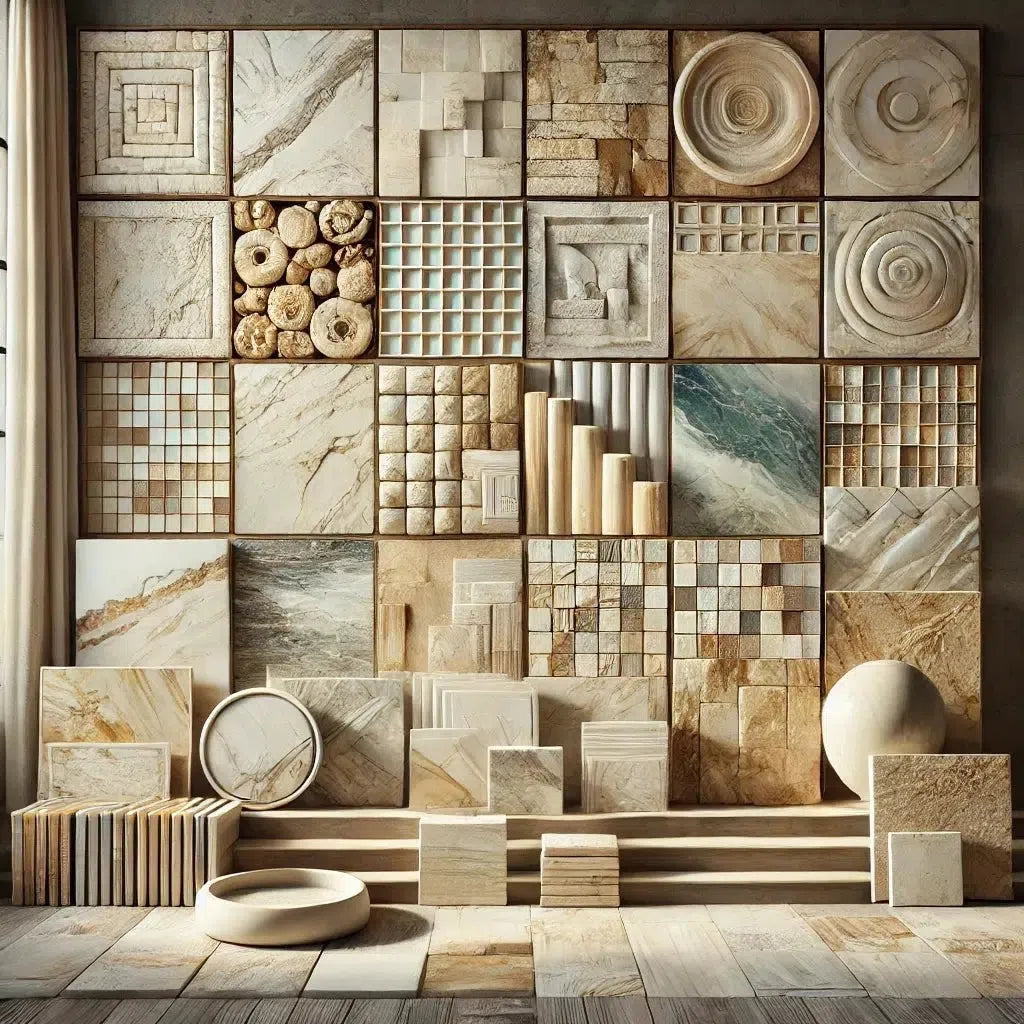 Best Selling Marble Collections
Best Selling Marble Collections
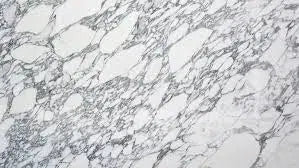 Arabescato Corchia
Arabescato Corchia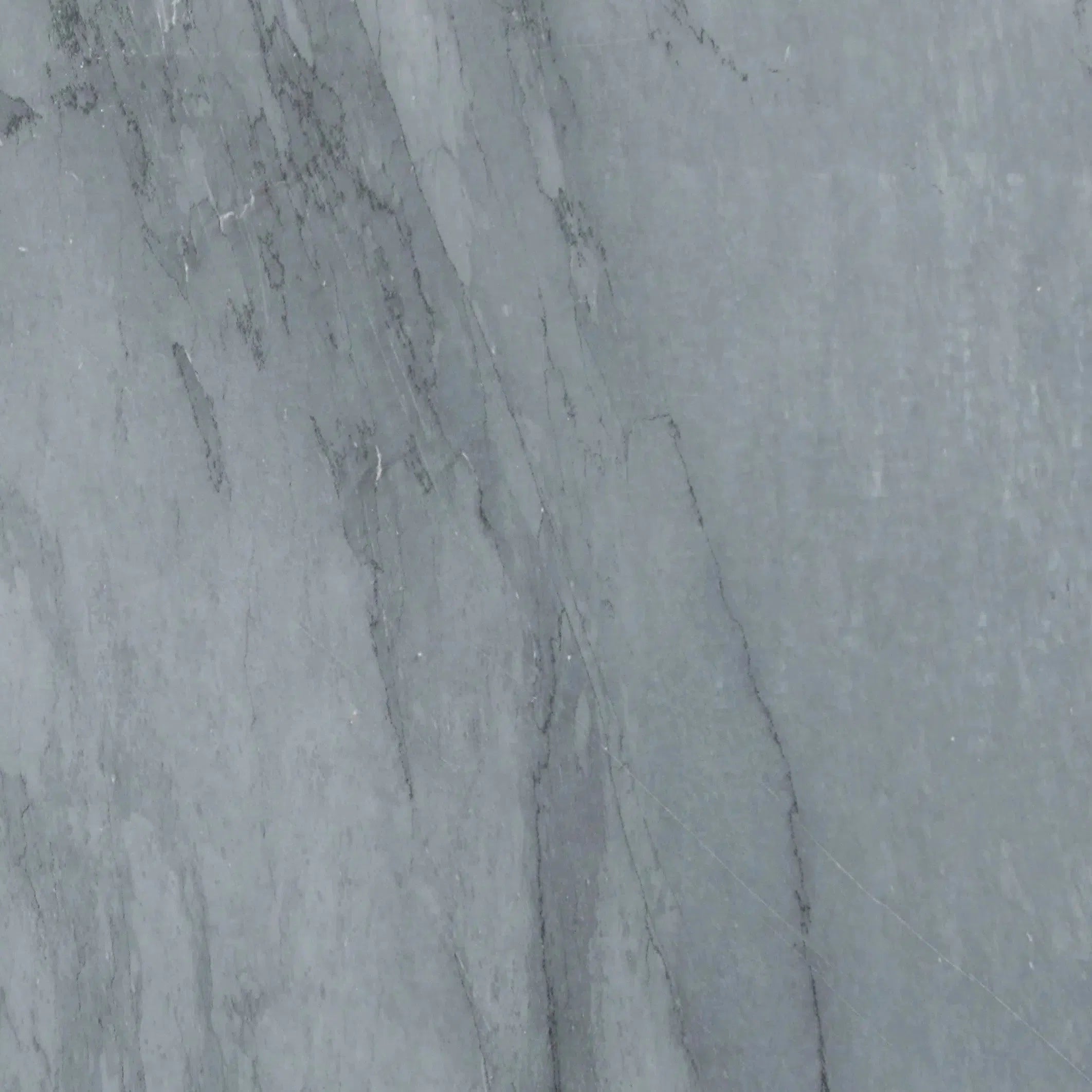 Bardiglio
Bardiglio Bianco Dolomite
Bianco Dolomite 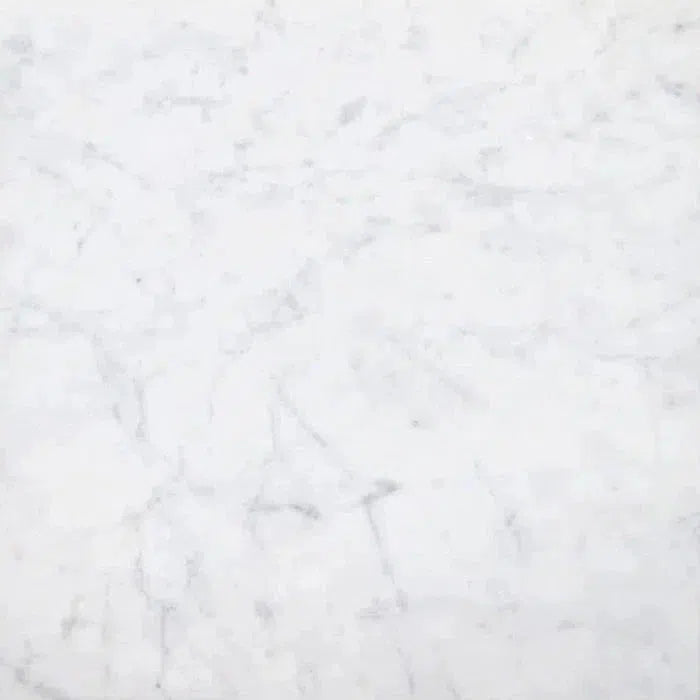 Carrara White
Carrara White 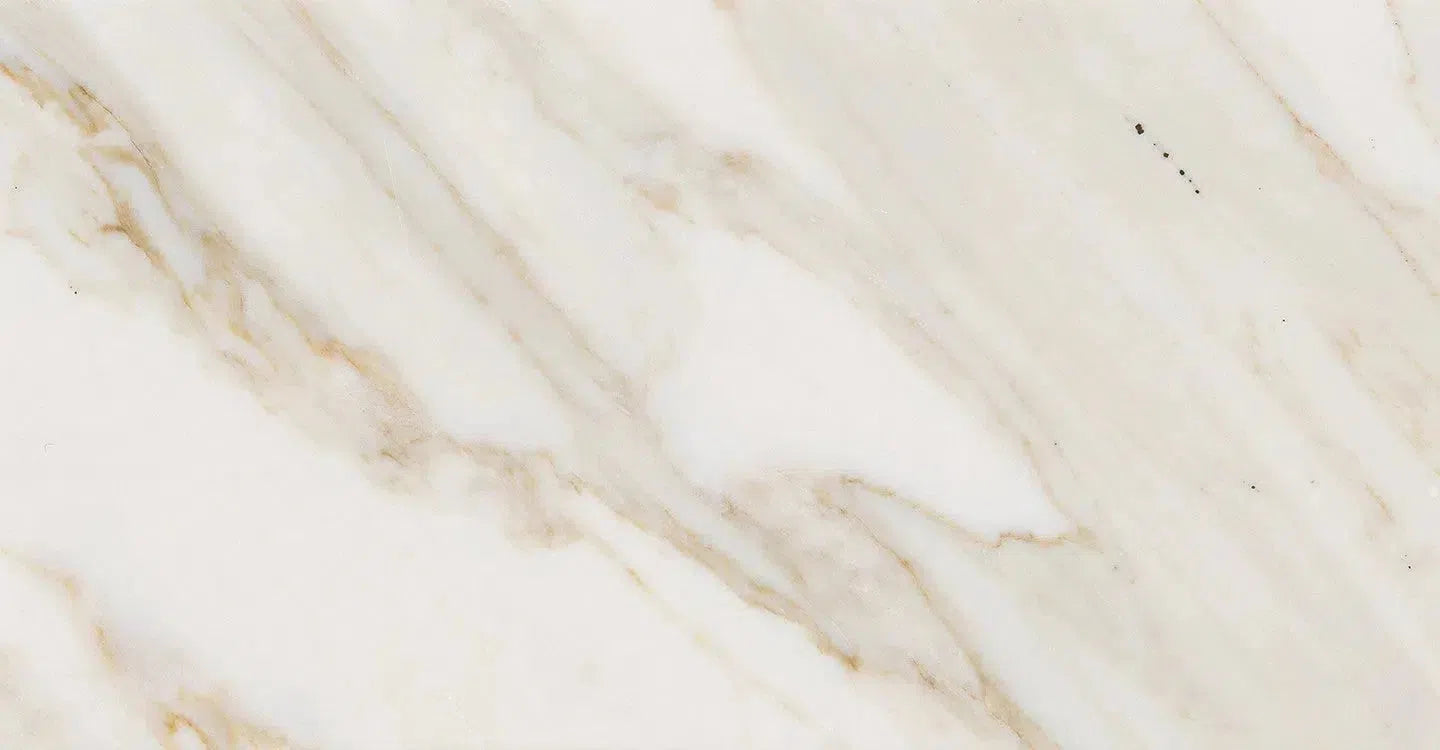 Calacatta Gold
Calacatta Gold Crema Marfil
Crema Marfil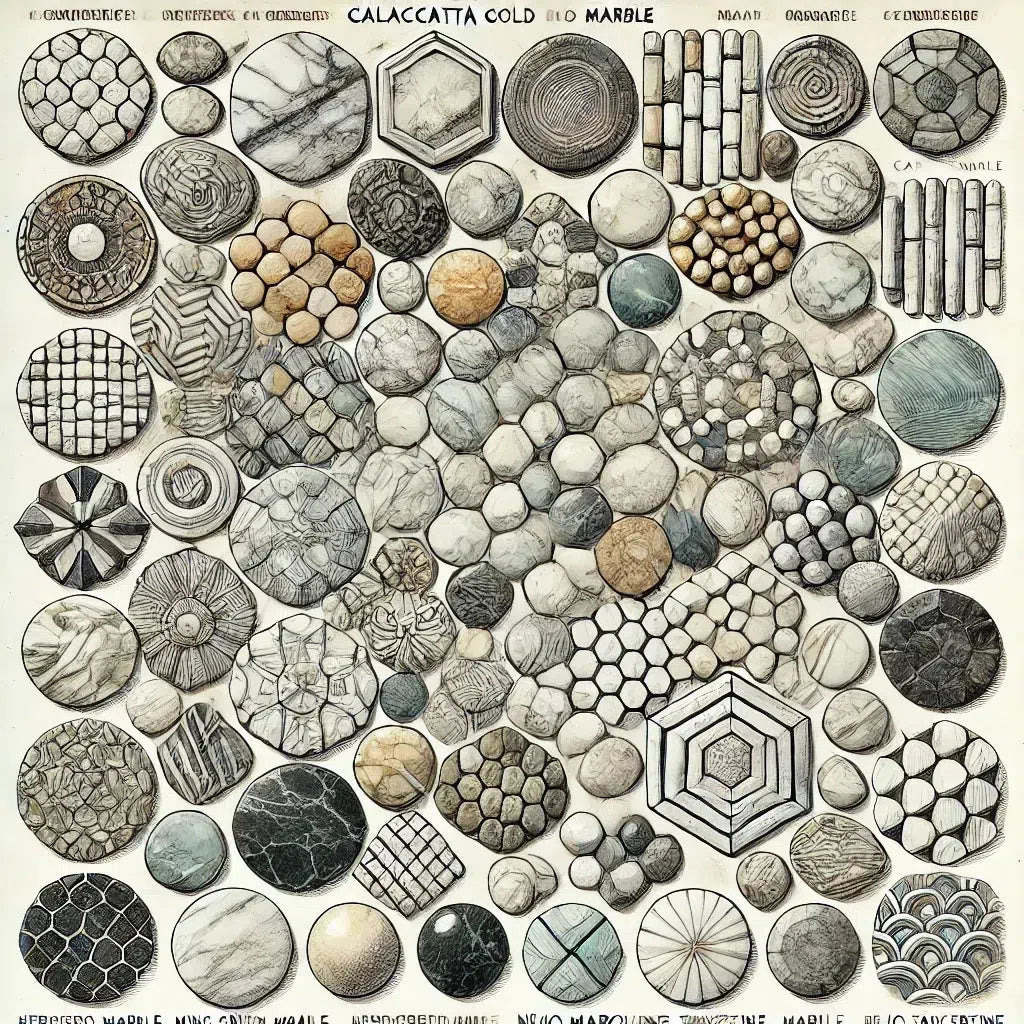 Custom Made Mosaic
Custom Made Mosaic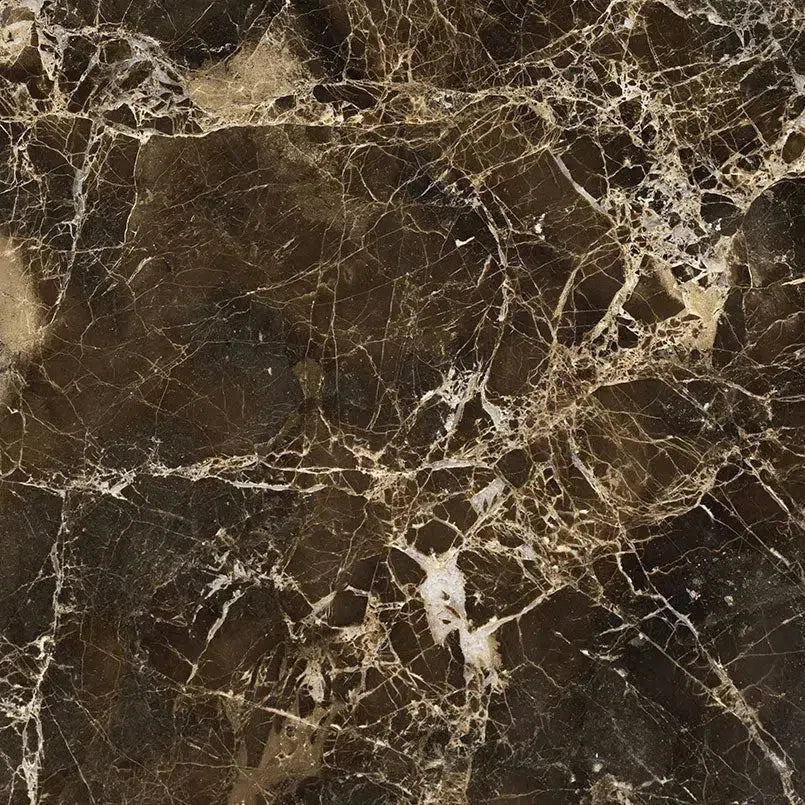 Emperador Dark
Emperador Dark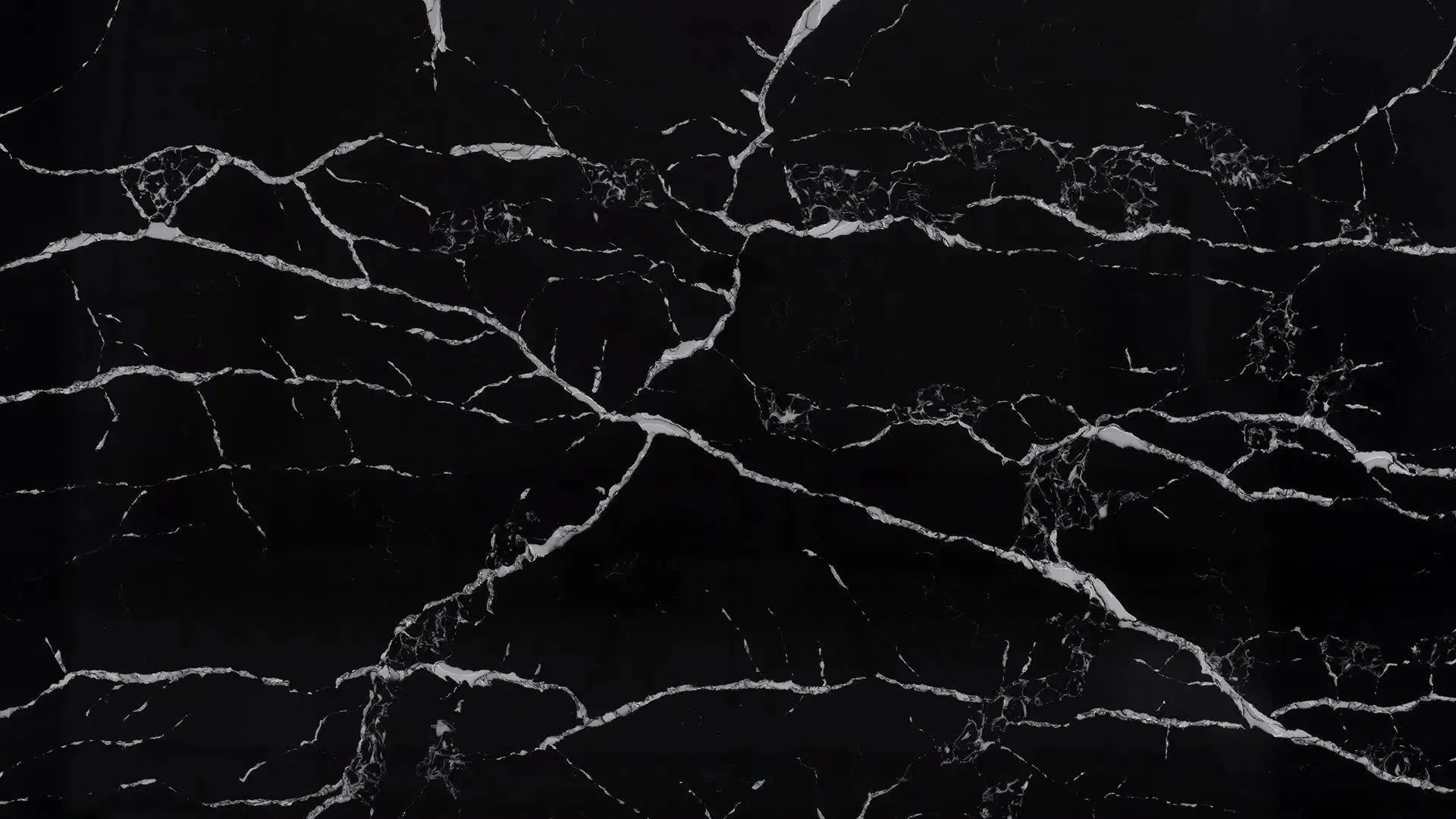 Nero Marquina
Nero Marquina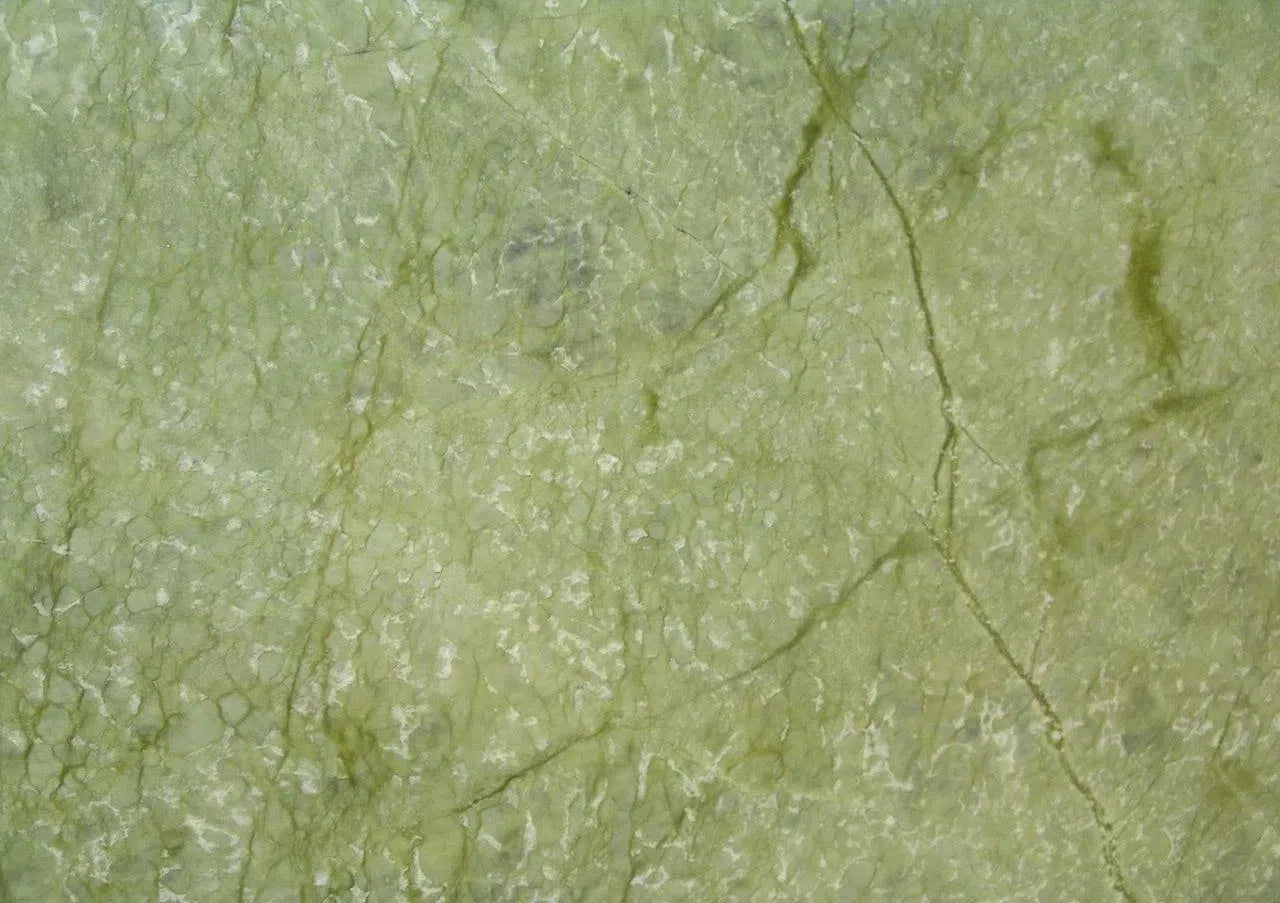 Ming Green Marble
Ming Green Marble Oriental White Marble (Asian Statuary Marble)
Oriental White Marble (Asian Statuary Marble)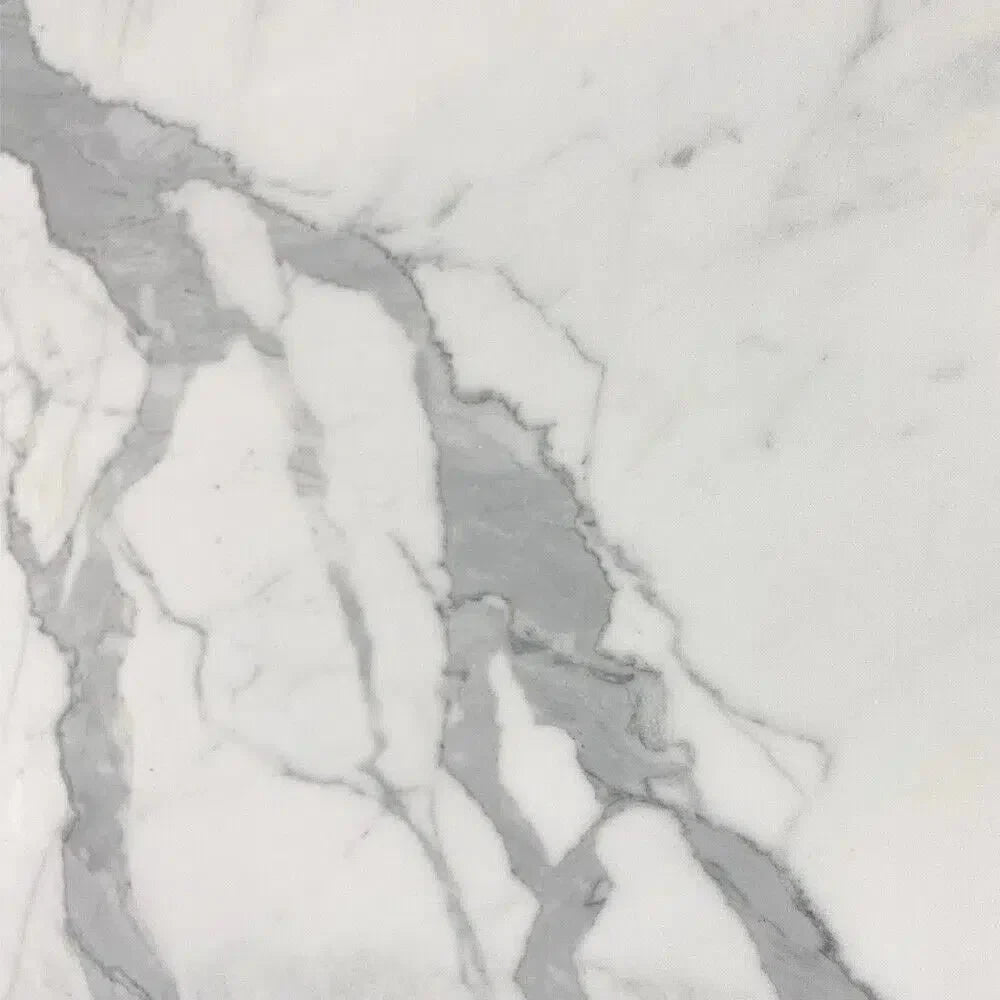 Statuary - Statuario White (Italian) Marble
Statuary - Statuario White (Italian) Marble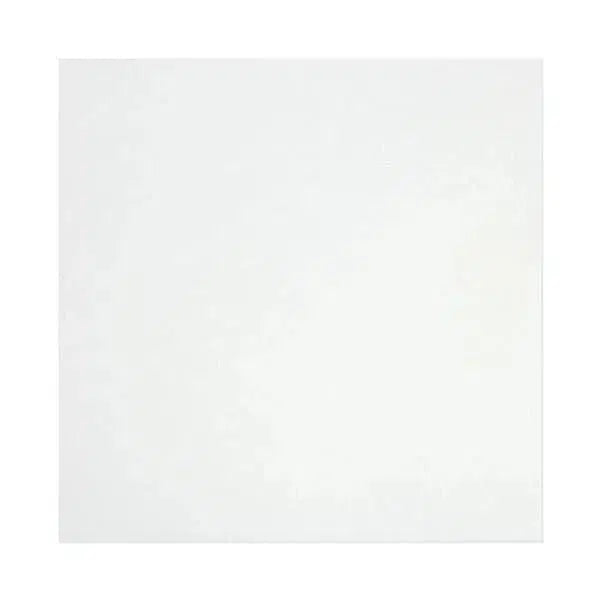 Thassos White
Thassos White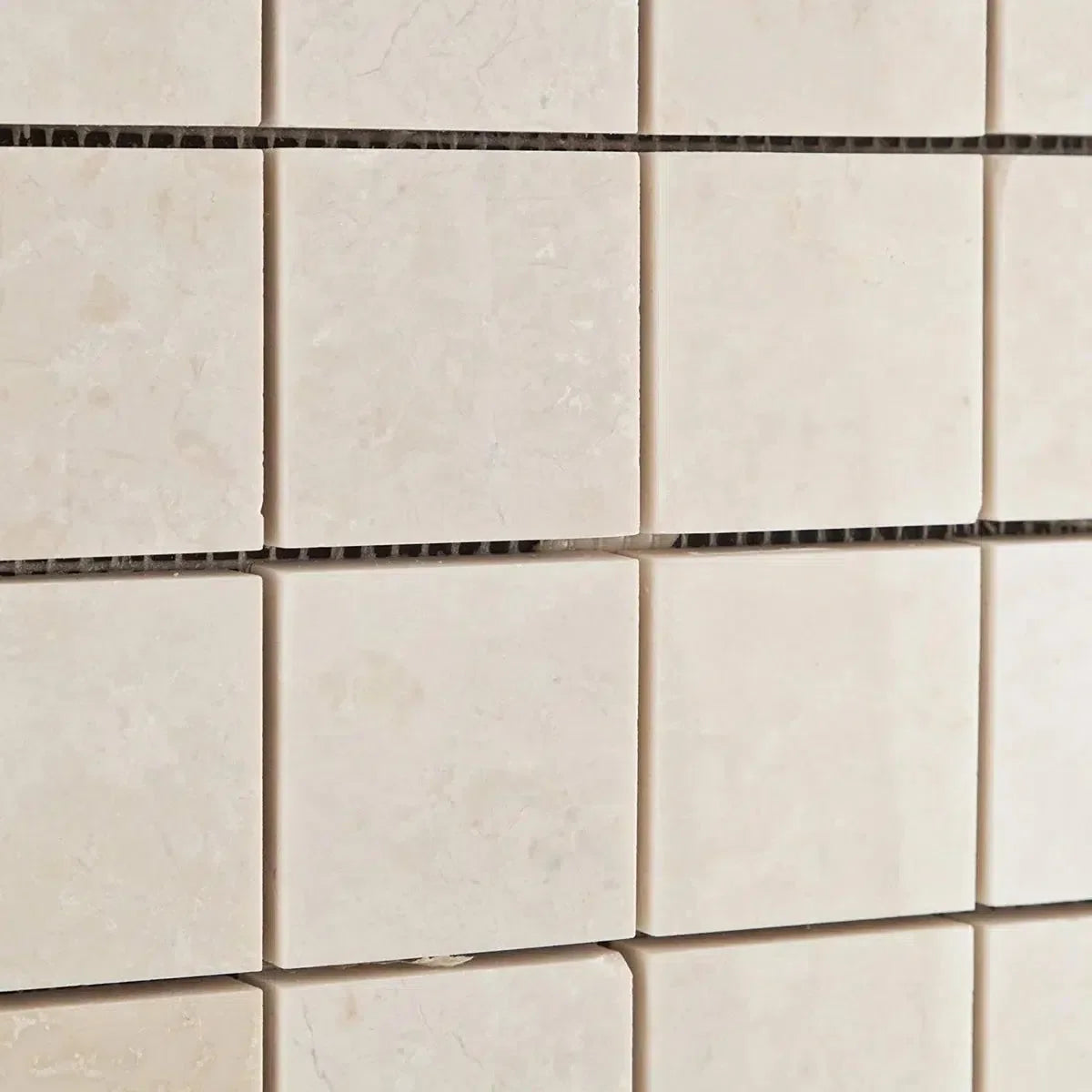 White Pearl/Botticino Beige Marble
White Pearl/Botticino Beige Marble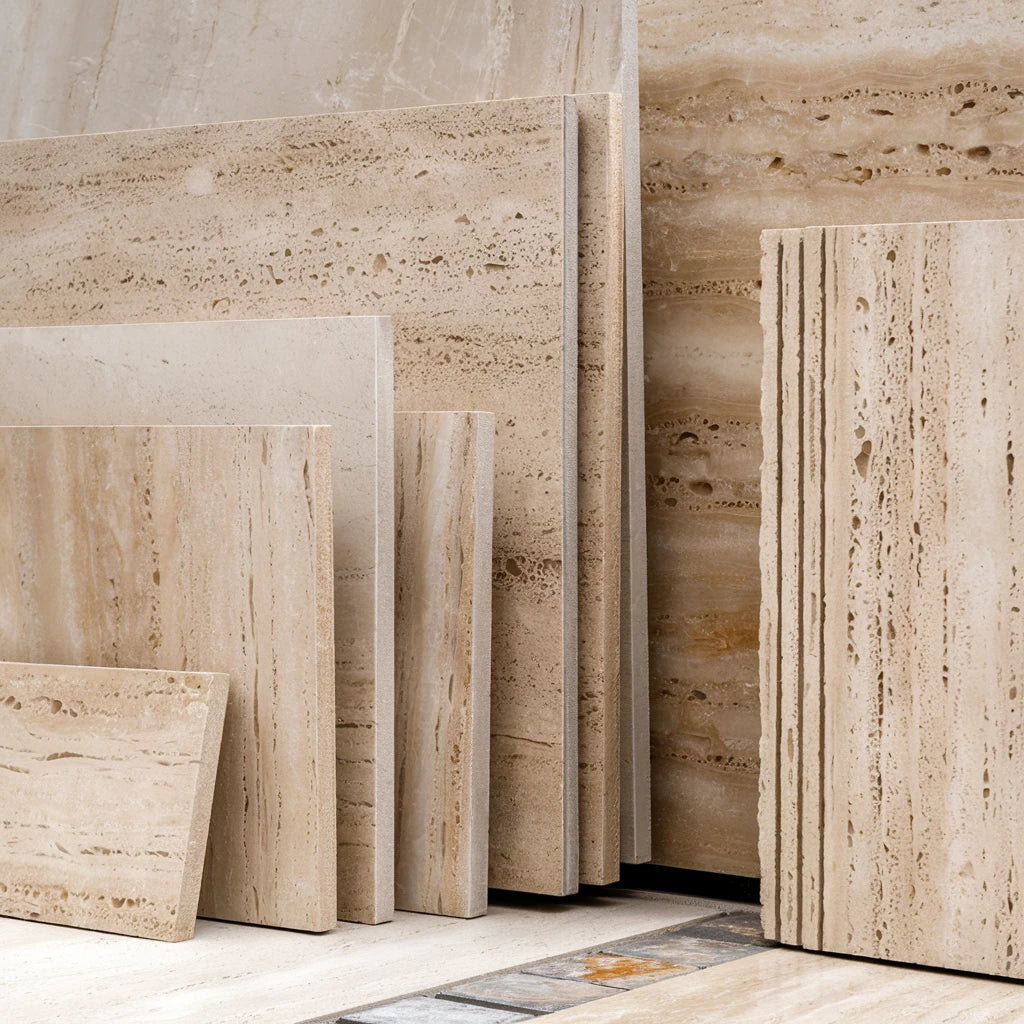 Best Selling Travertine Collections
Best Selling Travertine Collections
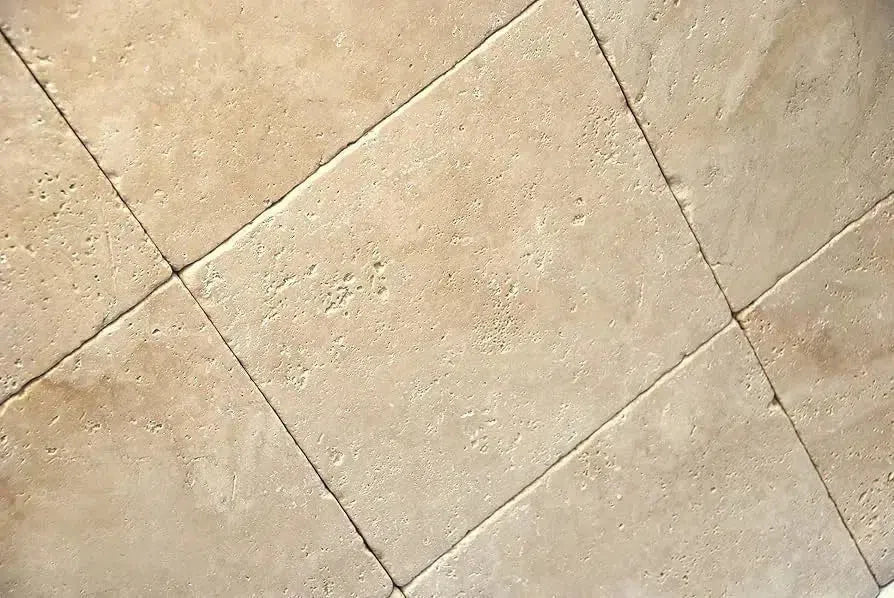 Ivory Travertine
Ivory Travertine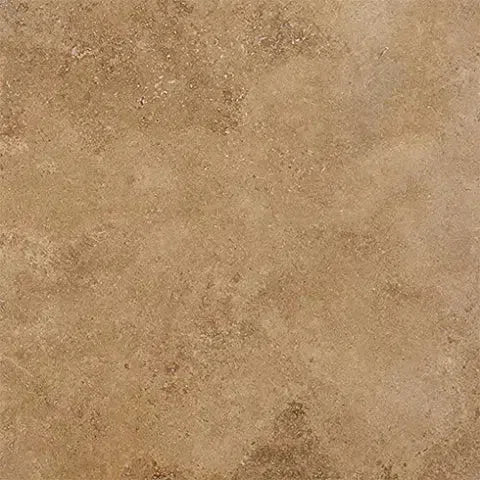 Noce Travertine
Noce Travertine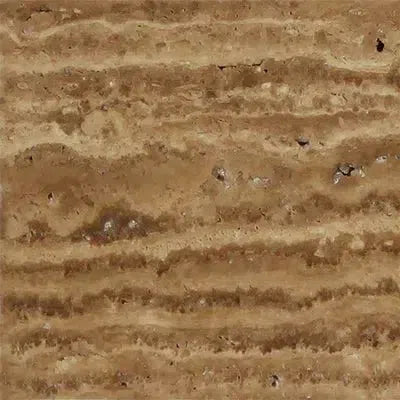 Exotic Noce Travertine
Exotic Noce Travertine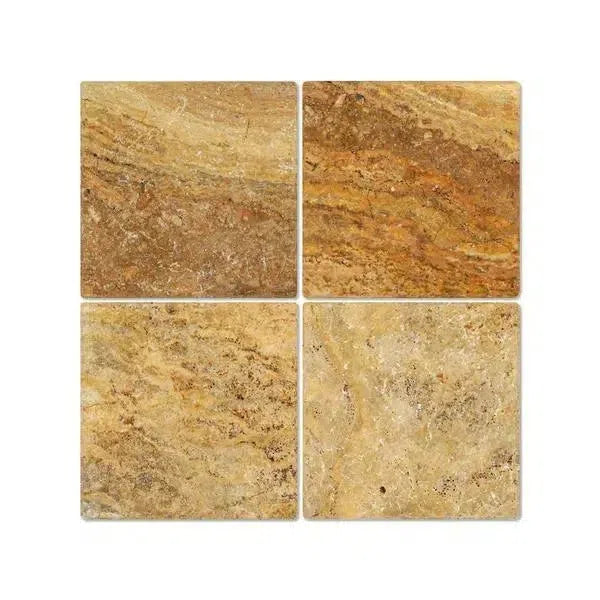 Scabos | Autumn Leaves Travertine
Scabos | Autumn Leaves Travertine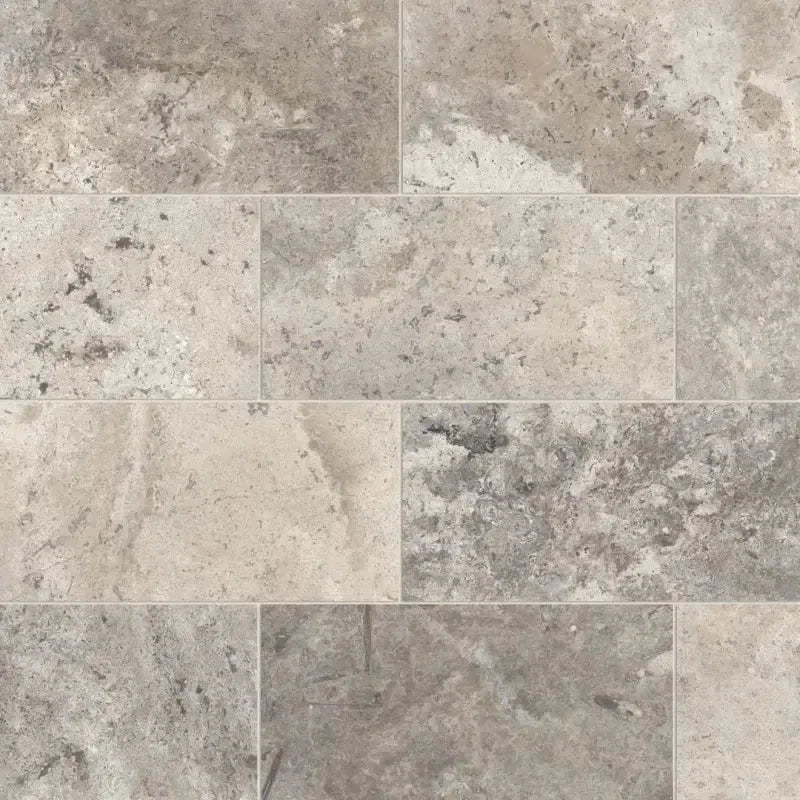 Silver Travertine
Silver Travertine Exotic Travertine
Exotic Travertine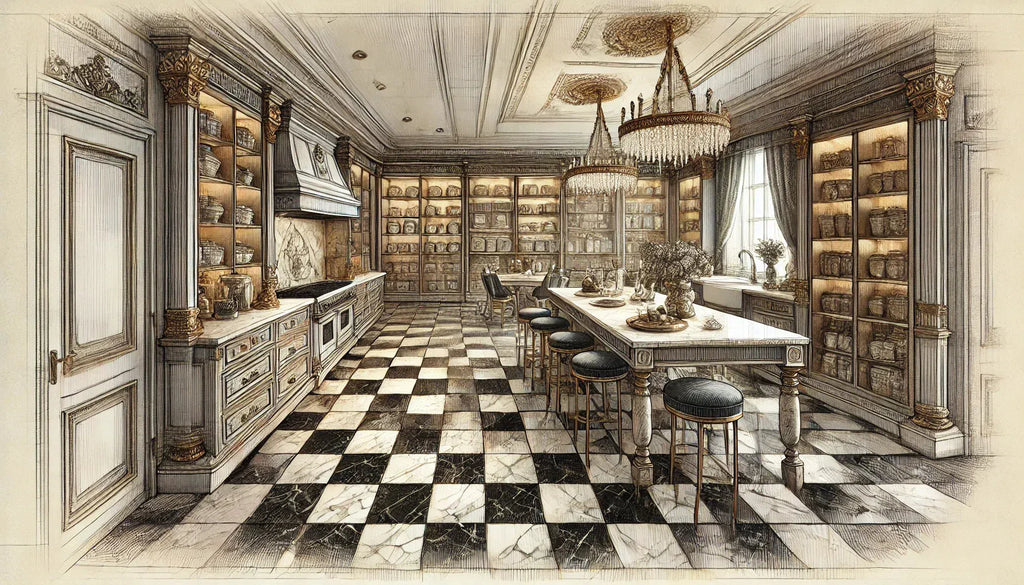 Checkerboard
Checkerboard
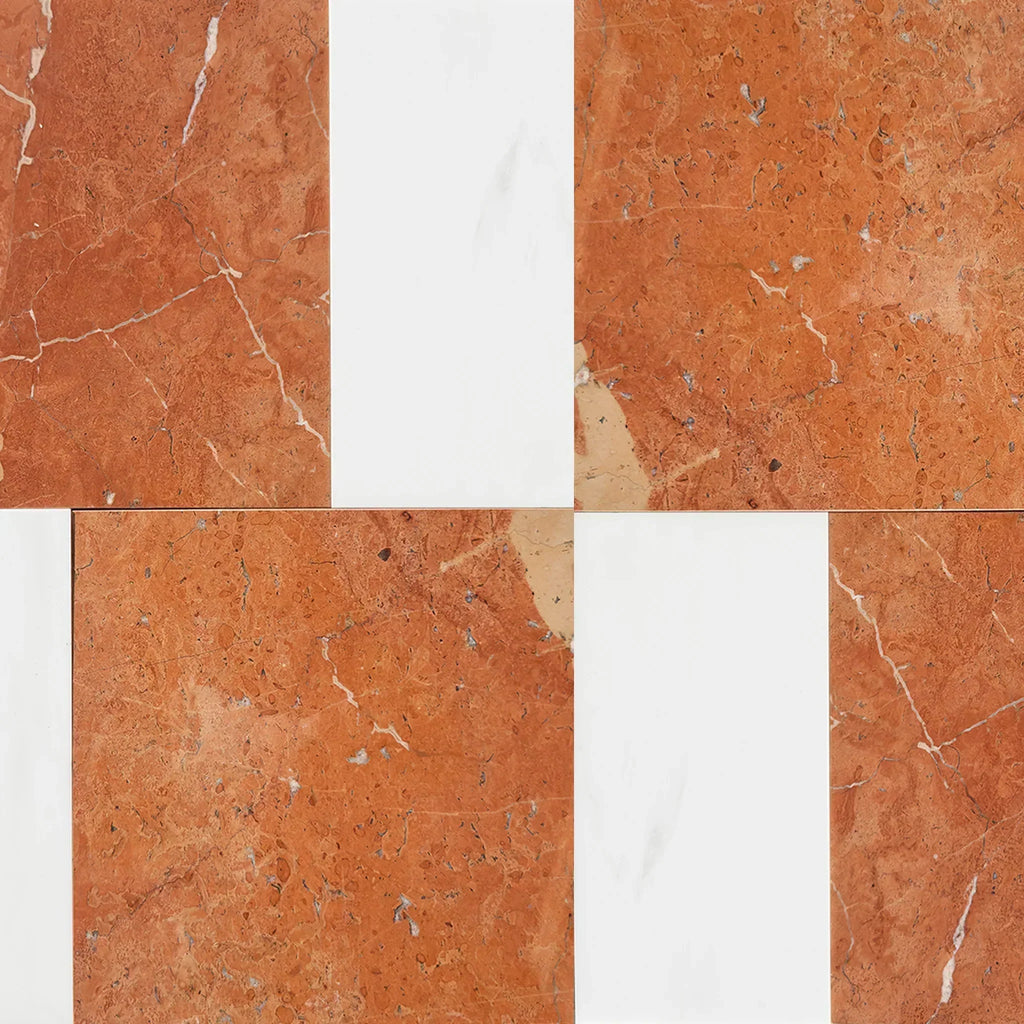 Patterned Tile
Patterned Tile
 Shop By Material
Shop By Material
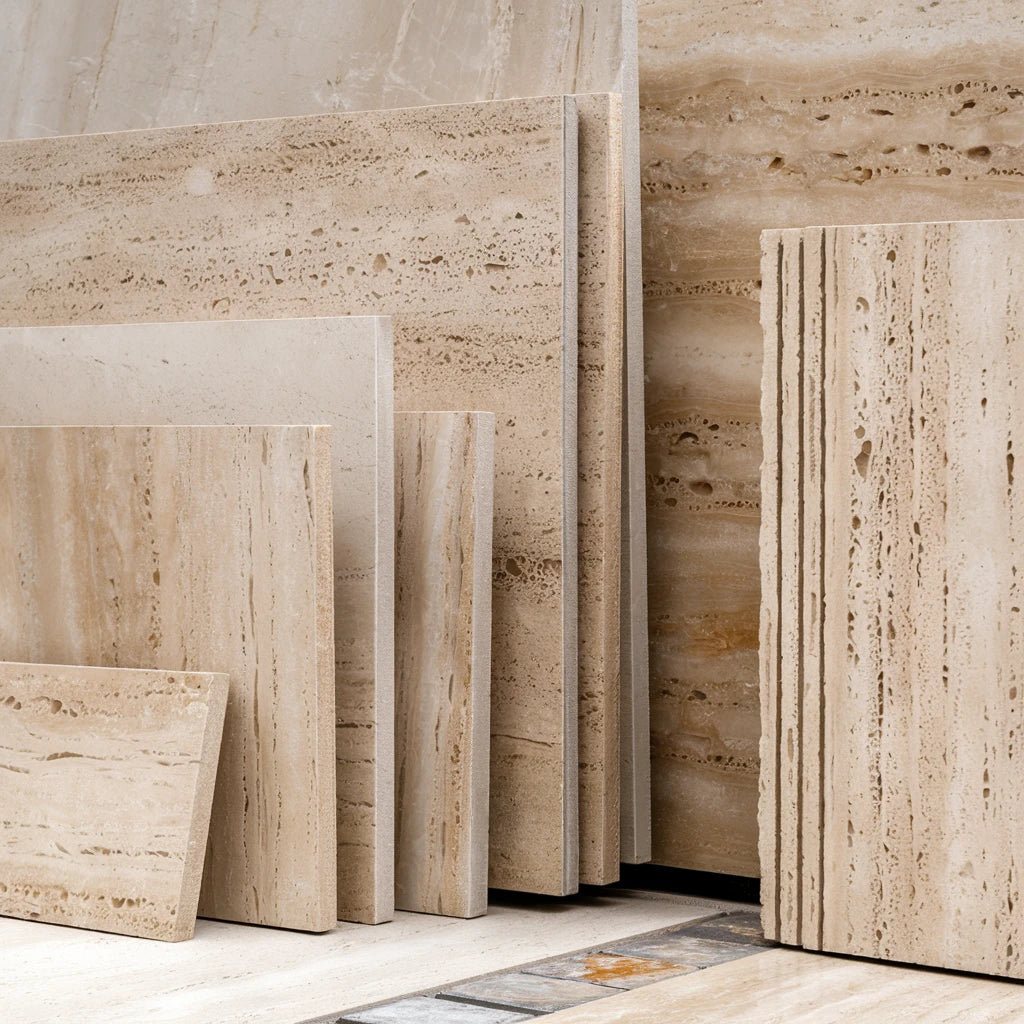 Travertine
Travertine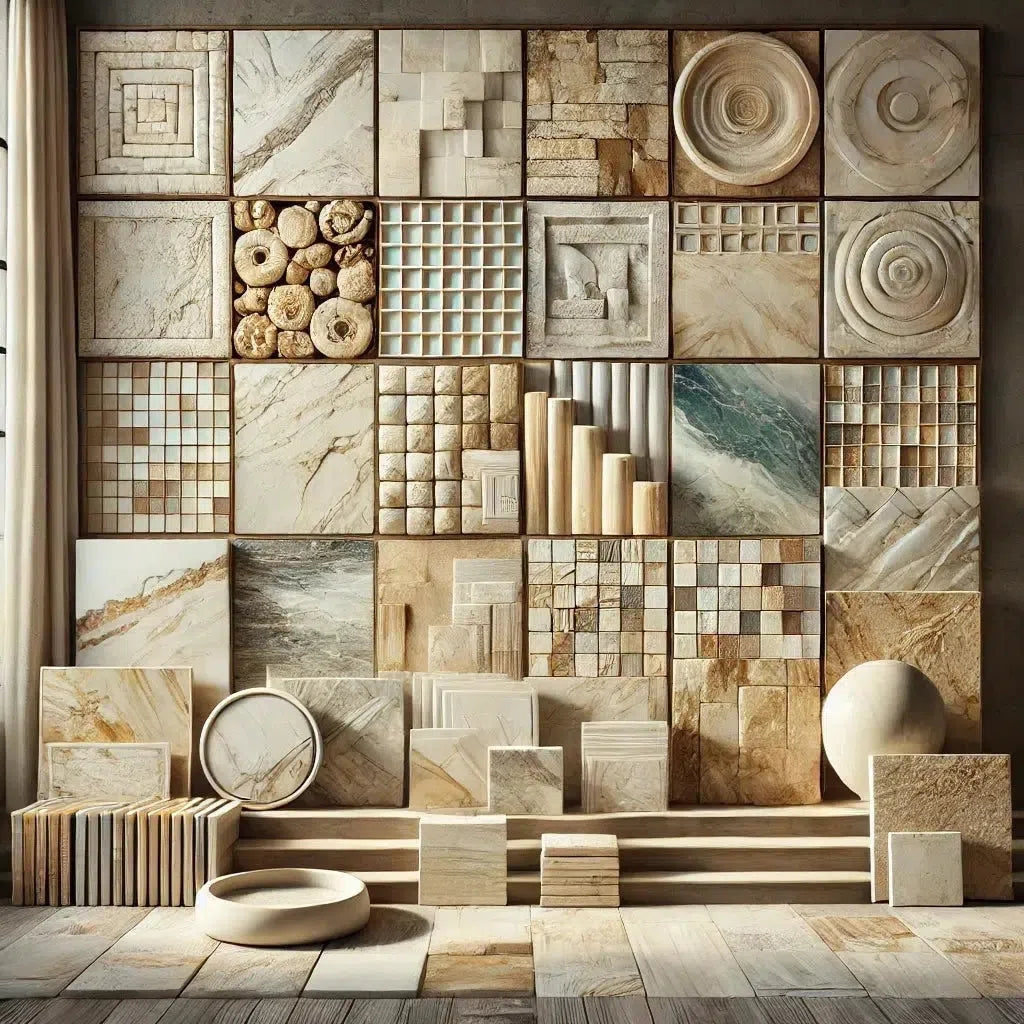 Marble
Marble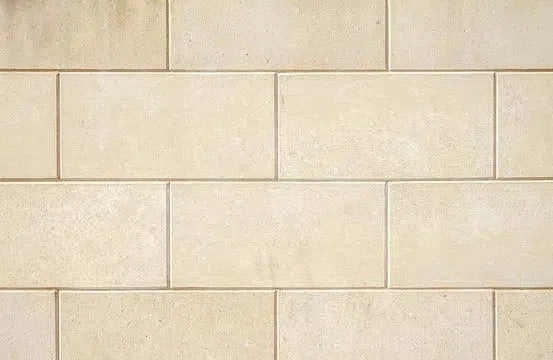 Limestone
Limestone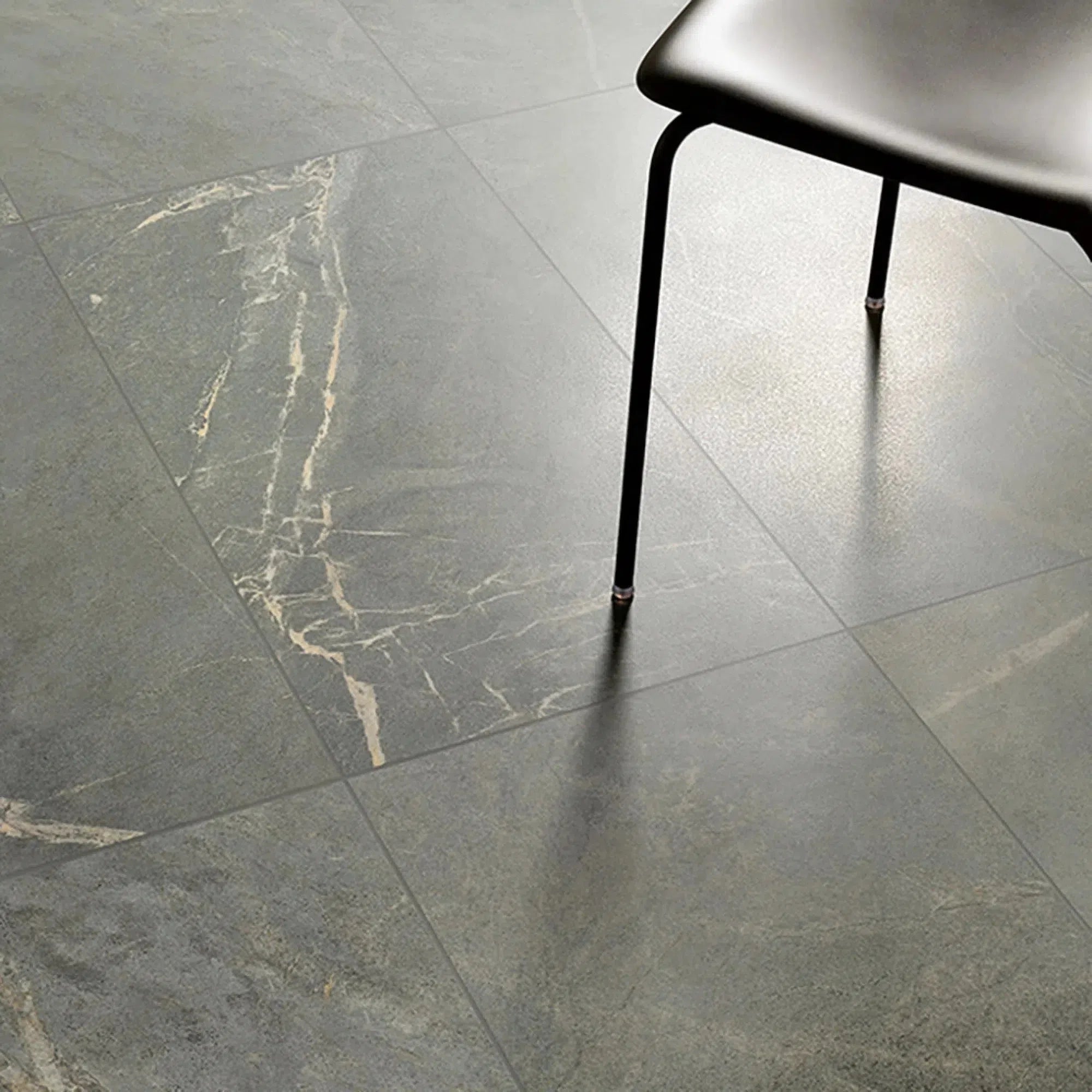 Soap Stone
Soap Stone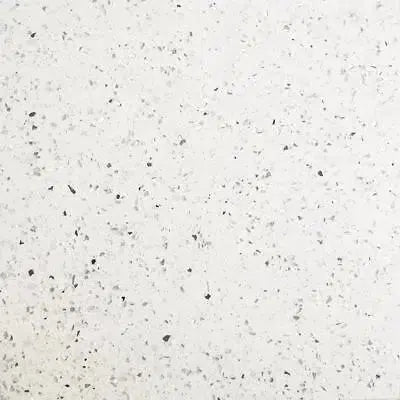 Quartz
Quartz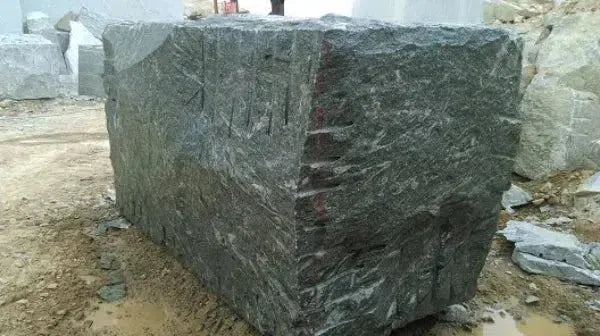 Granite
Granite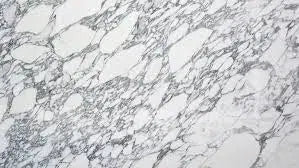 Shop By Name
Shop By Name
 Absolute Black Granite
Absolute Black Granite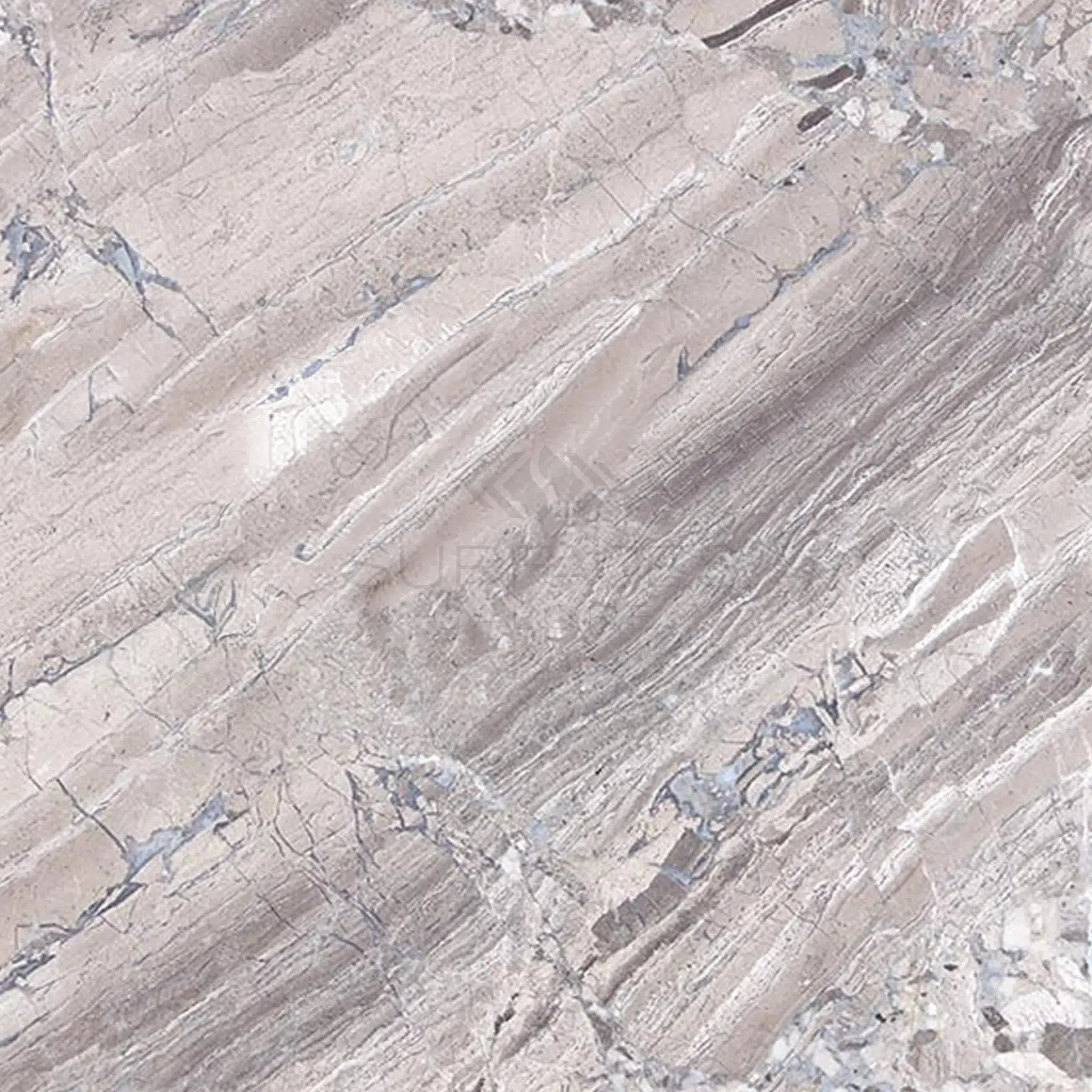 Atlantic Gray Marble
Atlantic Gray Marble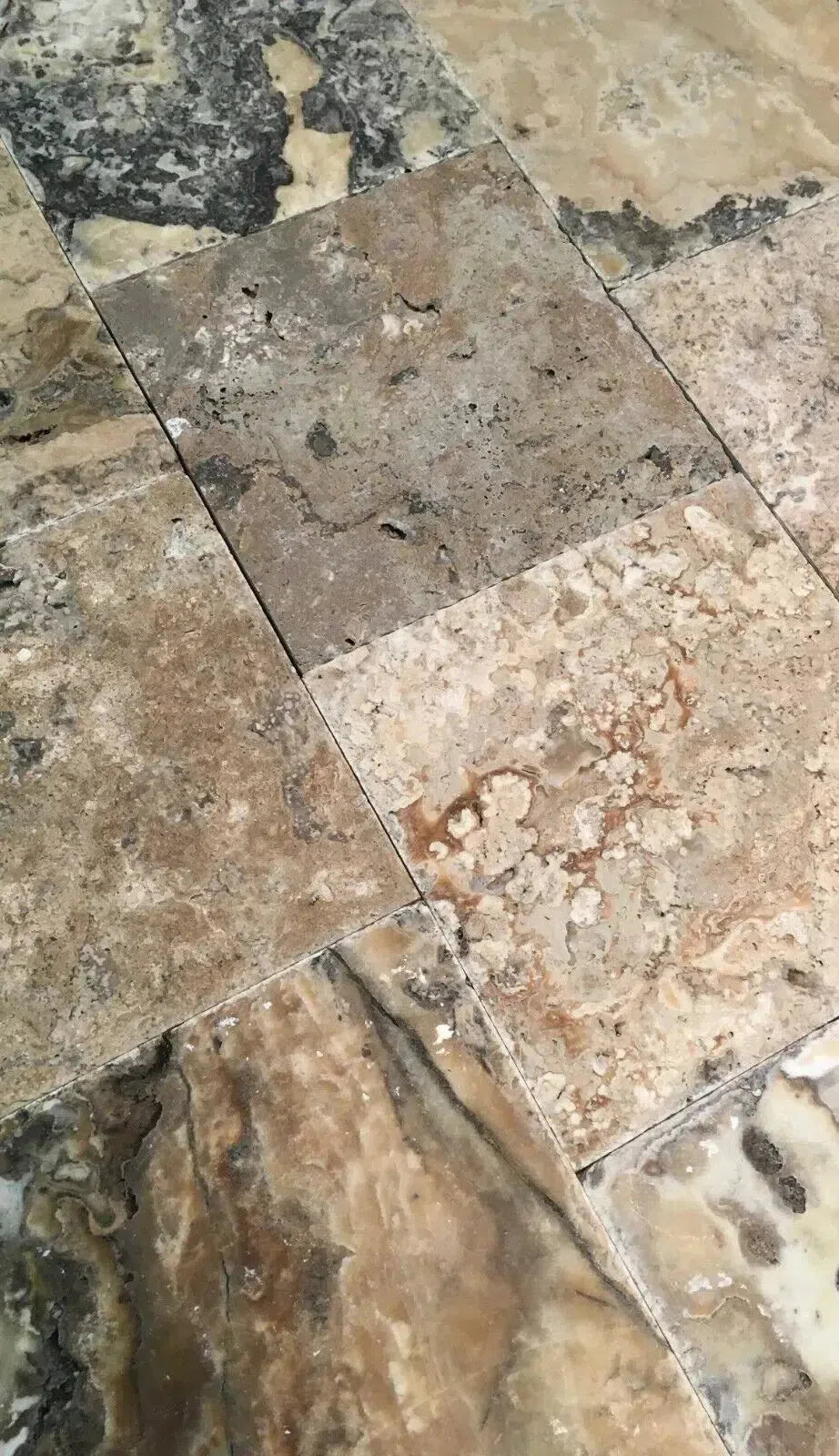 Antico Onyx Travertine
Antico Onyx Travertine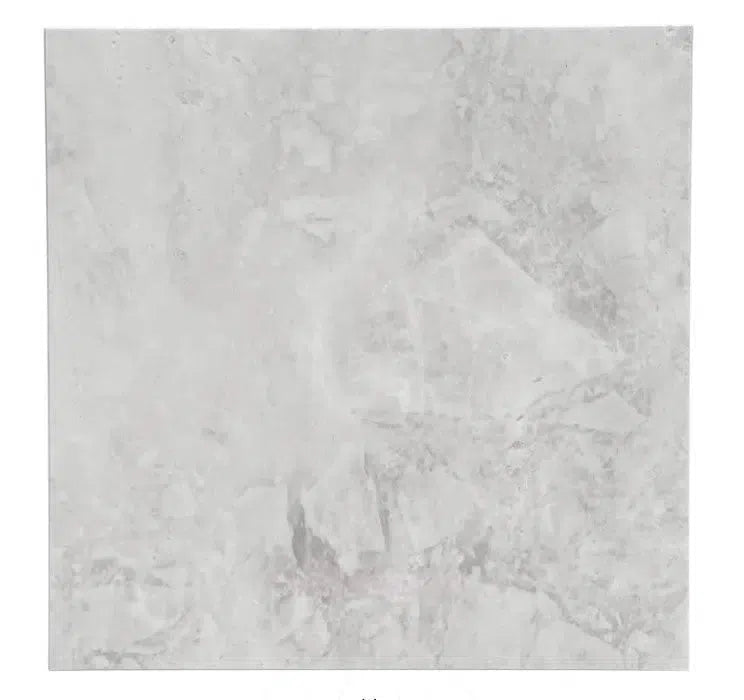 Bianco Congelato Dolomite
Bianco Congelato Dolomite Bianco Venatino (Bianco Mare) Marble
Bianco Venatino (Bianco Mare) Marble Calacatta Oliva Marble
Calacatta Oliva Marble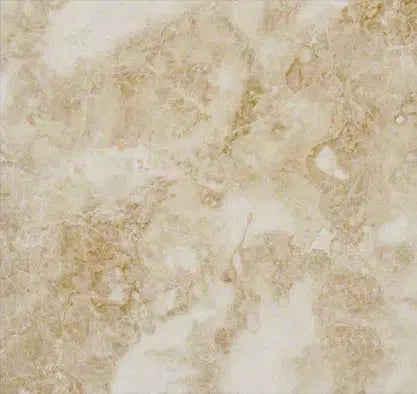 Cappuccino Marble
Cappuccino Marble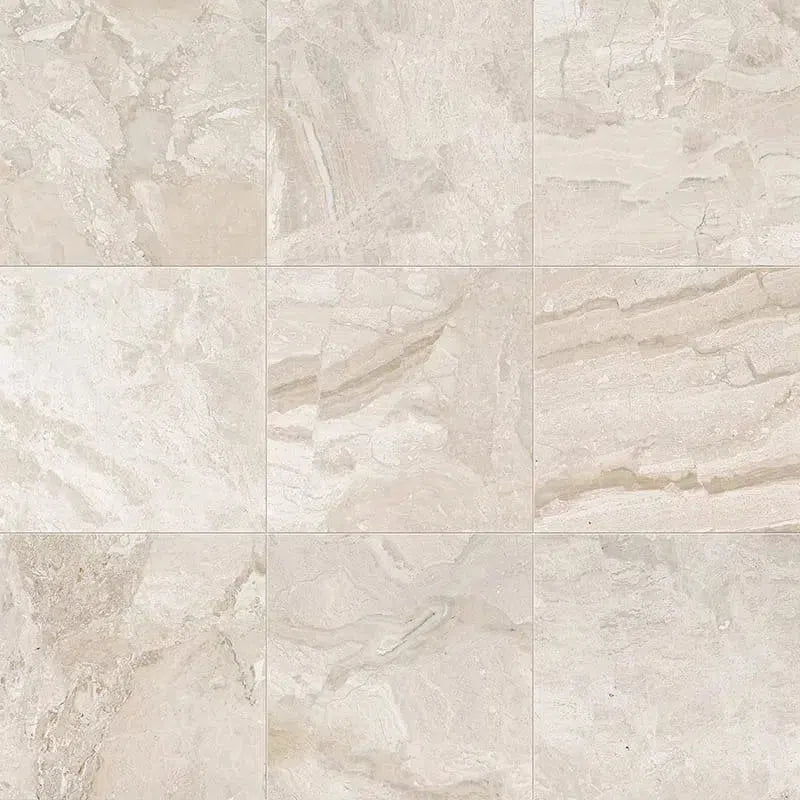 Diano Royal (Queen Beige) Marble
Diano Royal (Queen Beige) Marble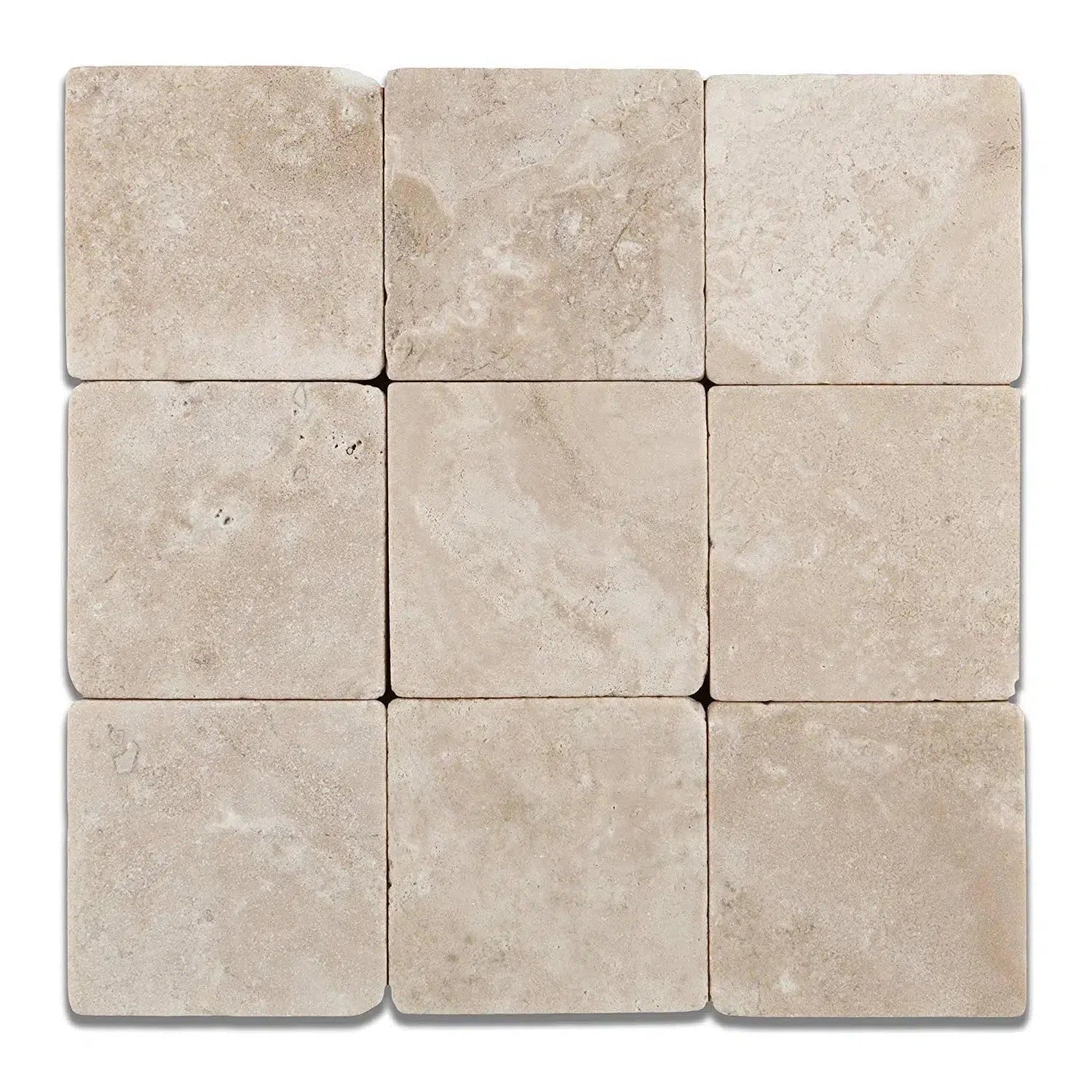 Durango Cream Traverine
Durango Cream Traverine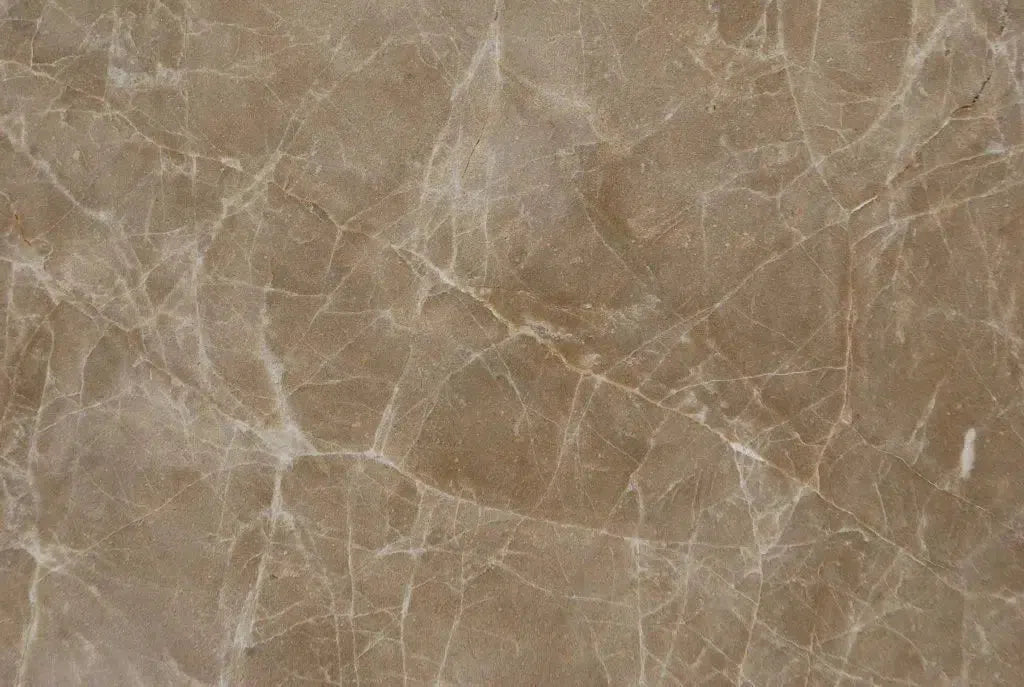 Emperador Light Marble
Emperador Light Marble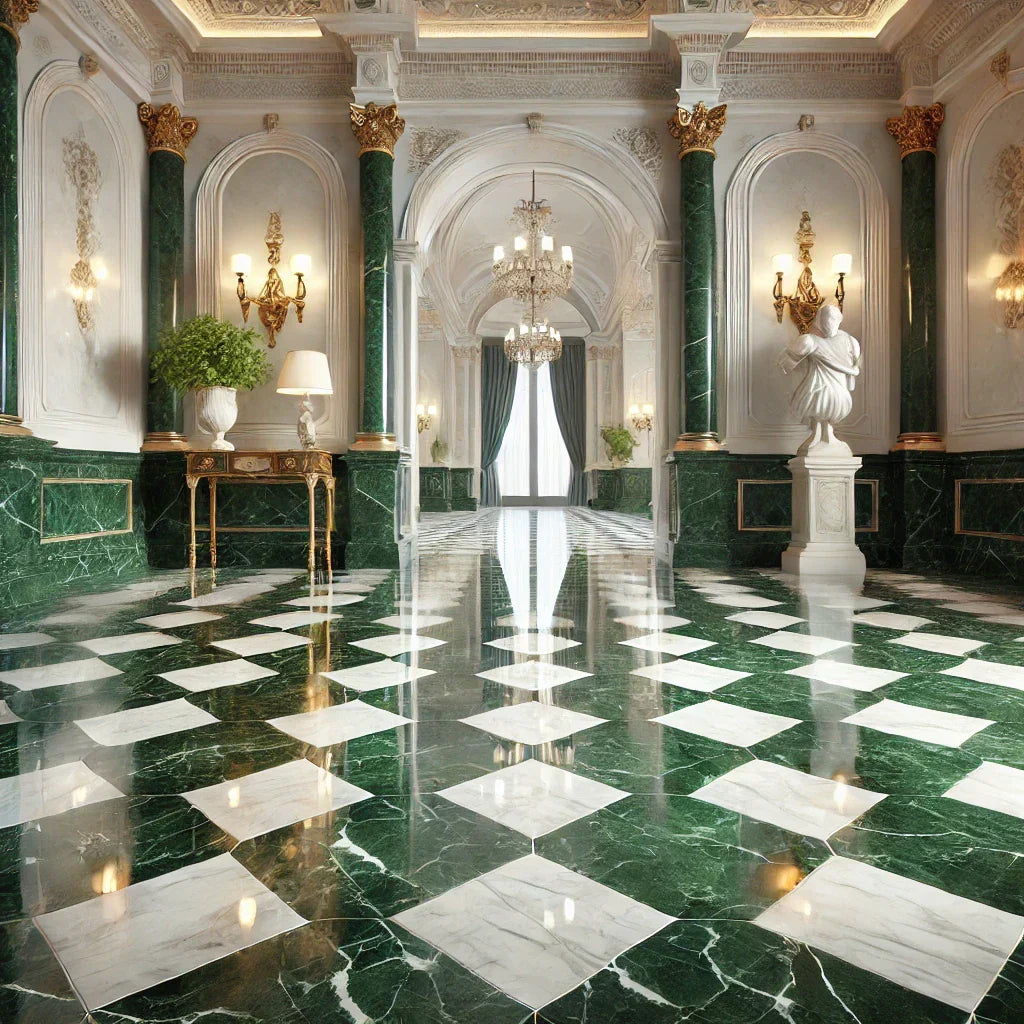 Empress Green Marble
Empress Green Marble Gold/Yellow Travertine
Gold/Yellow Travertine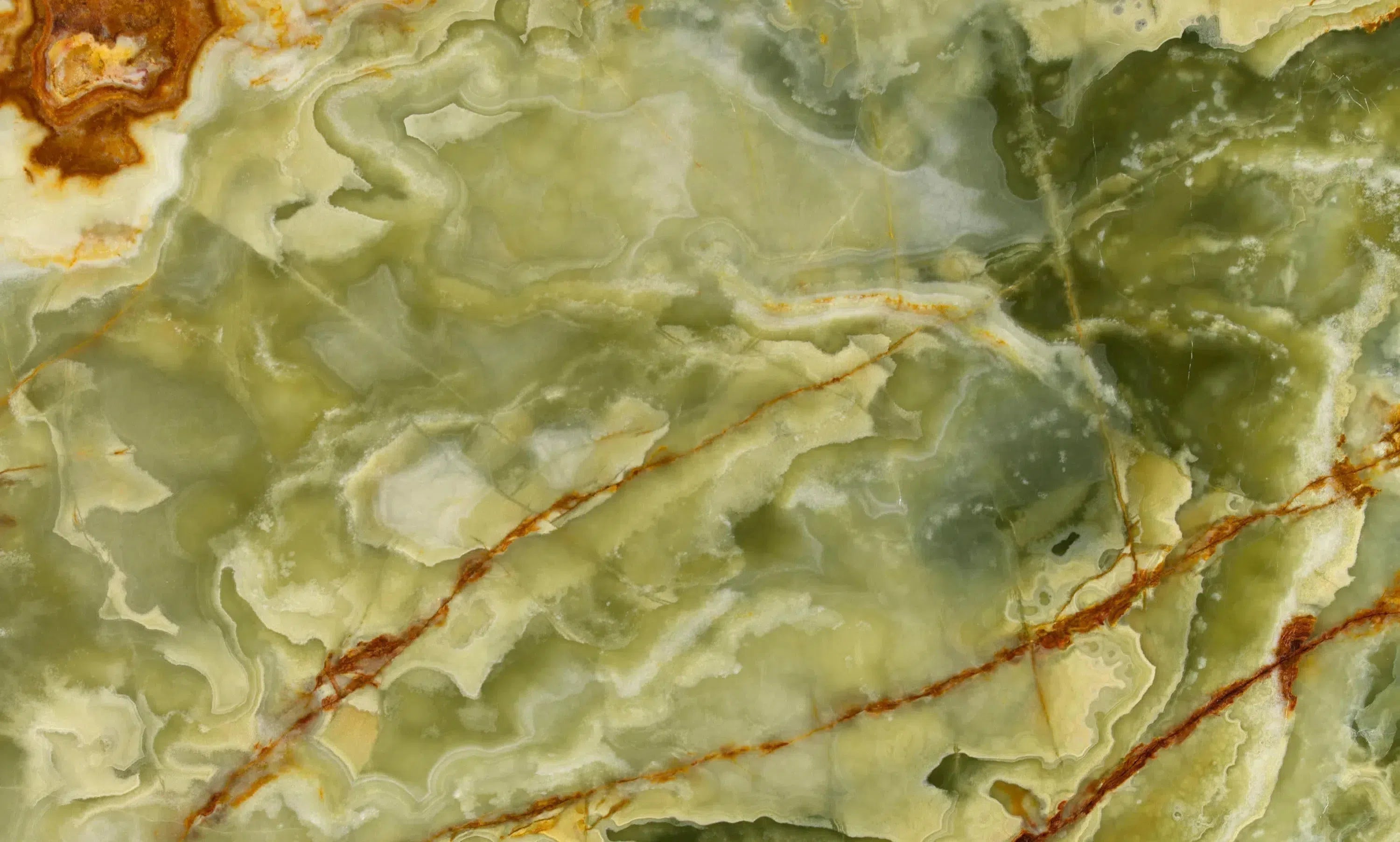 Green Onyx Marble
Green Onyx Marble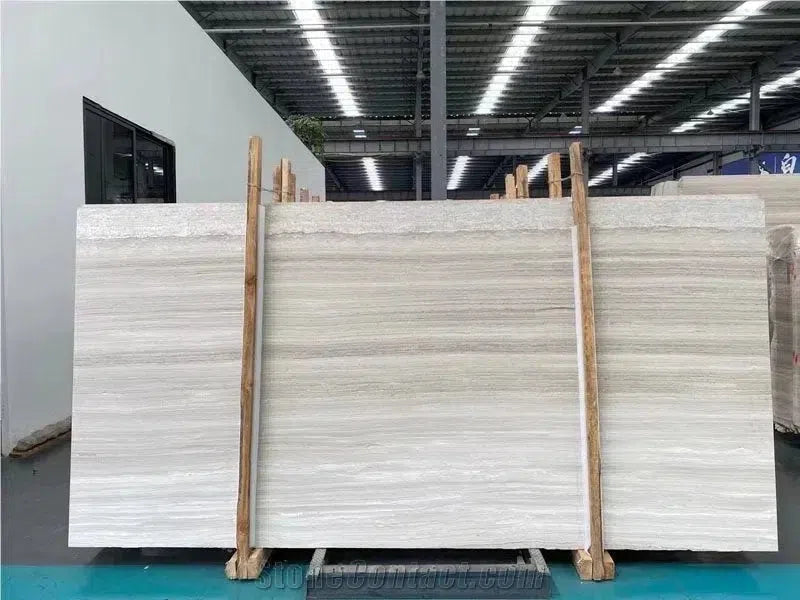 Haisa Light (White Wood) Limestone
Haisa Light (White Wood) Limestone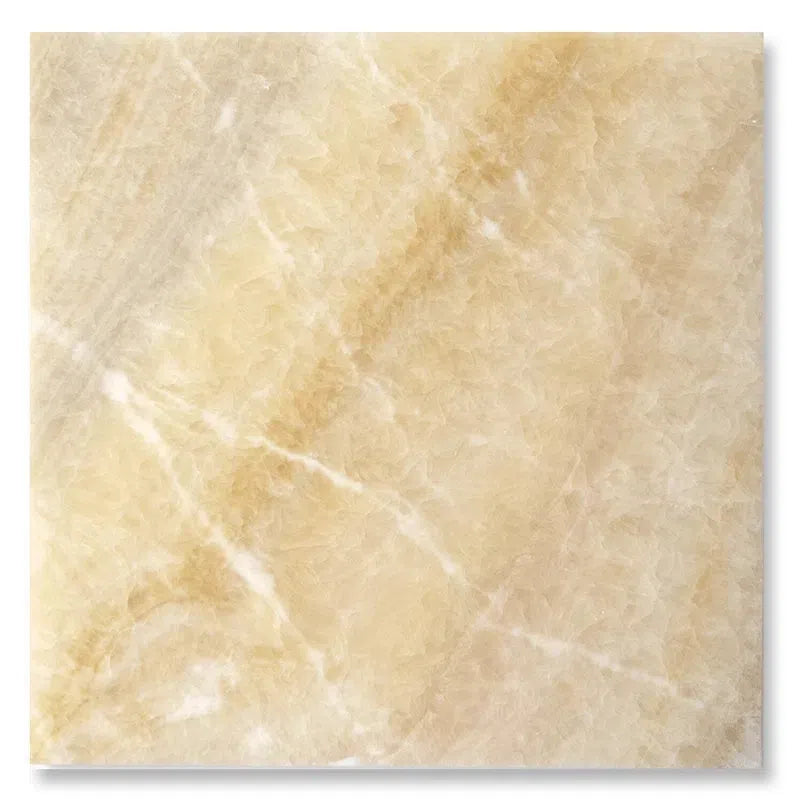 Honey Onyx Marble
Honey Onyx Marble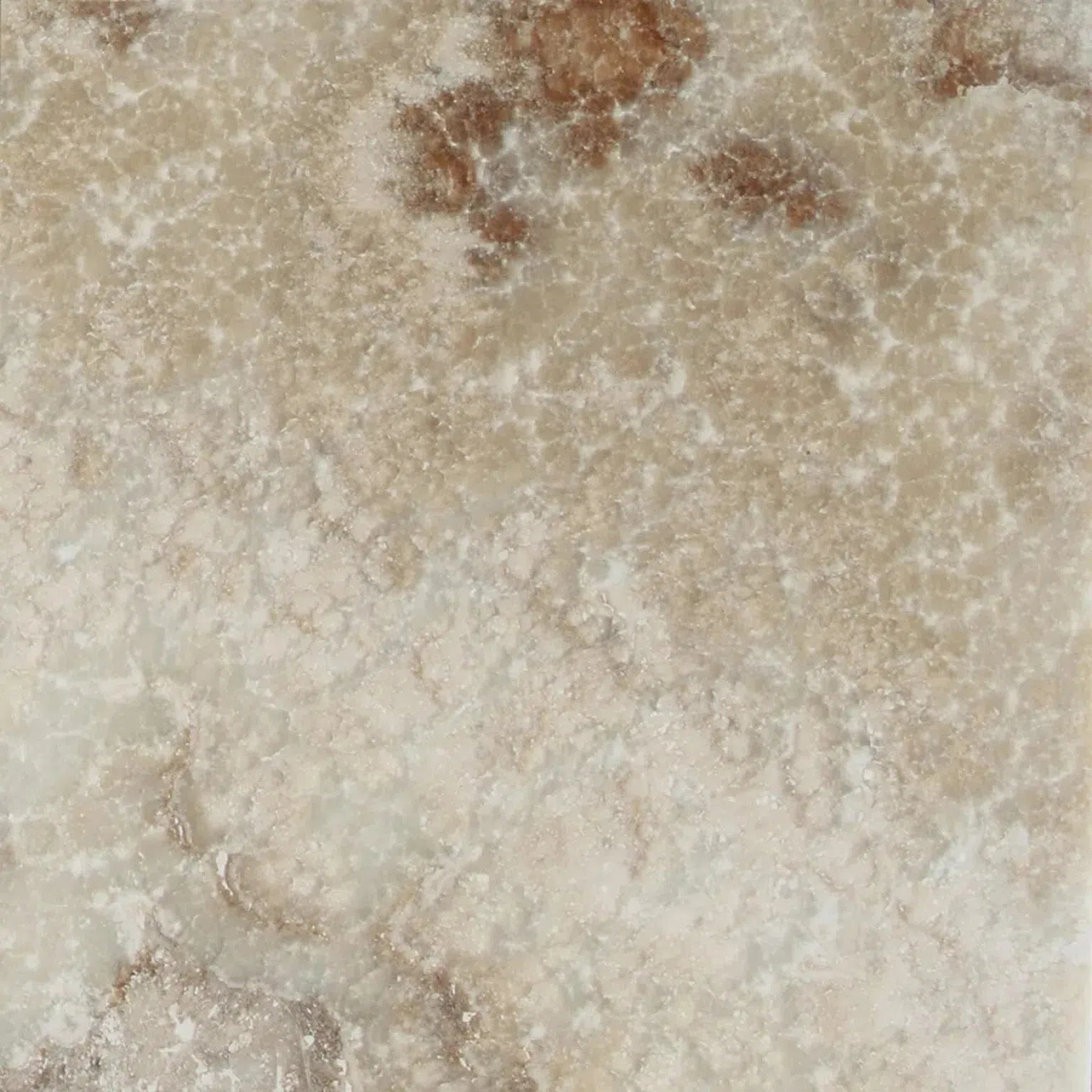 La Travonya Travertine
La Travonya Travertine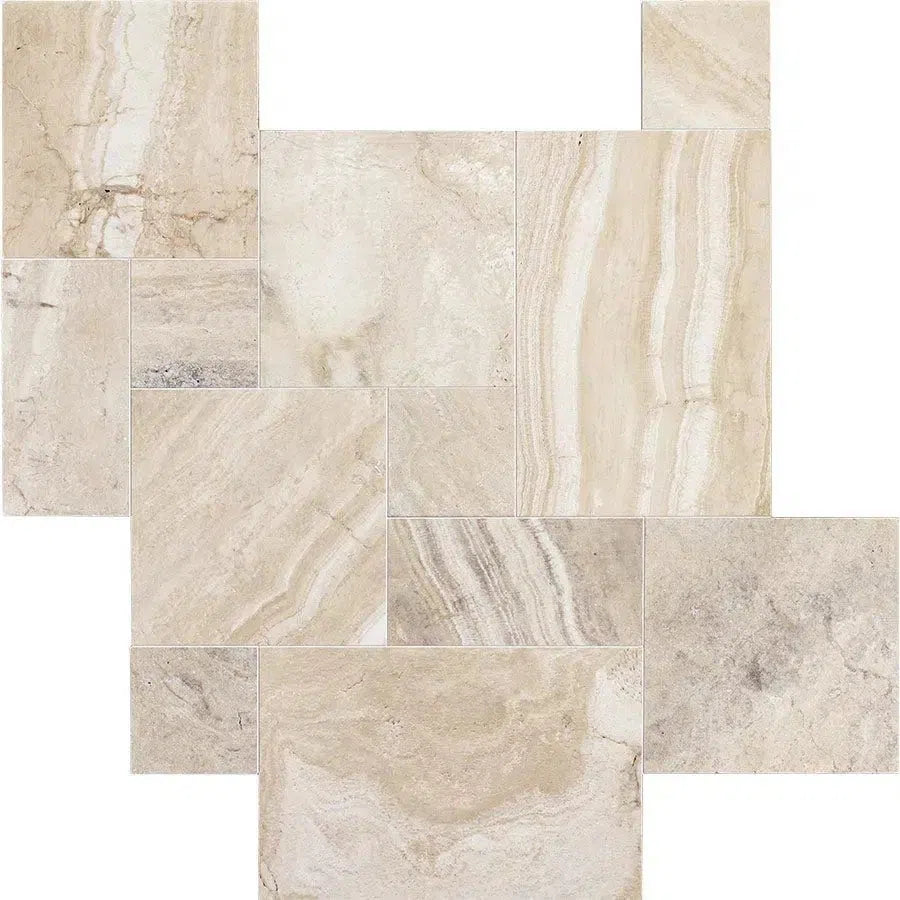 Malibu Travertine
Malibu Travertine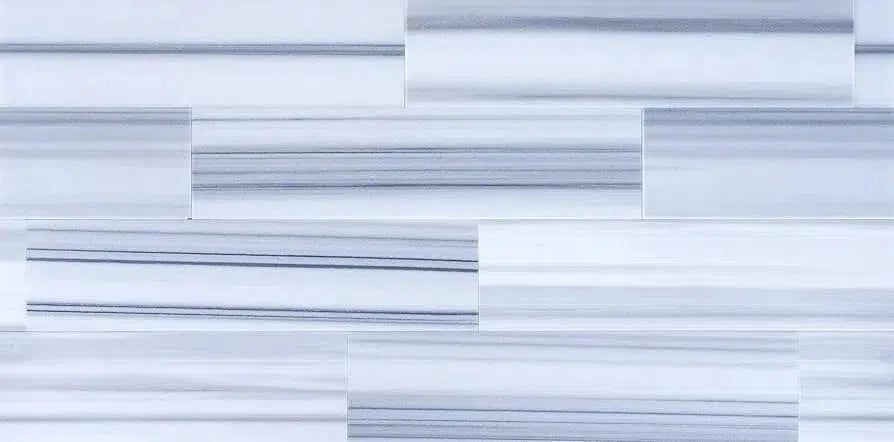 Mink (Equator) Marble
Mink (Equator) Marble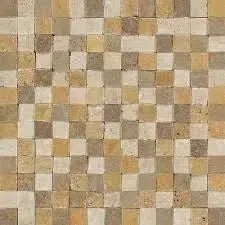 Mixed (Ivory-Noce-Gold) Travertine
Mixed (Ivory-Noce-Gold) Travertine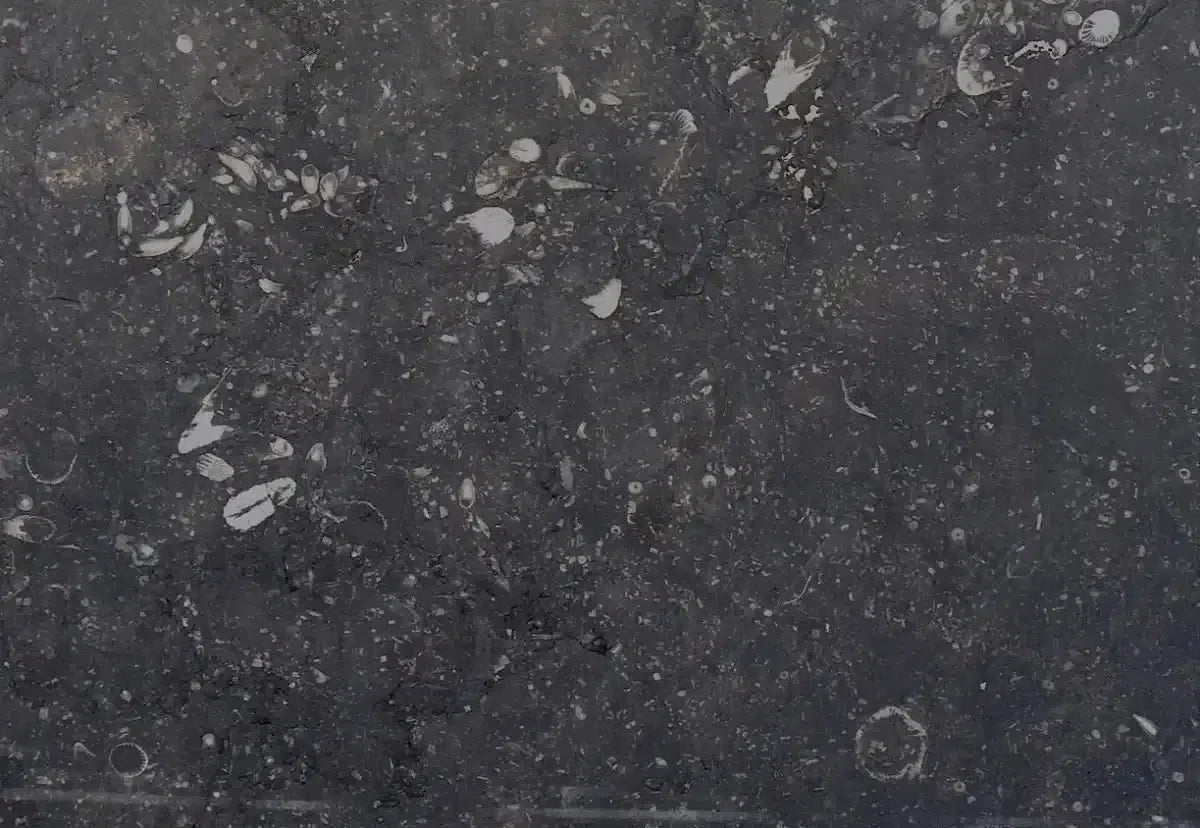 Pierre Bleue (Pierre Blue) Marble
Pierre Bleue (Pierre Blue) Marble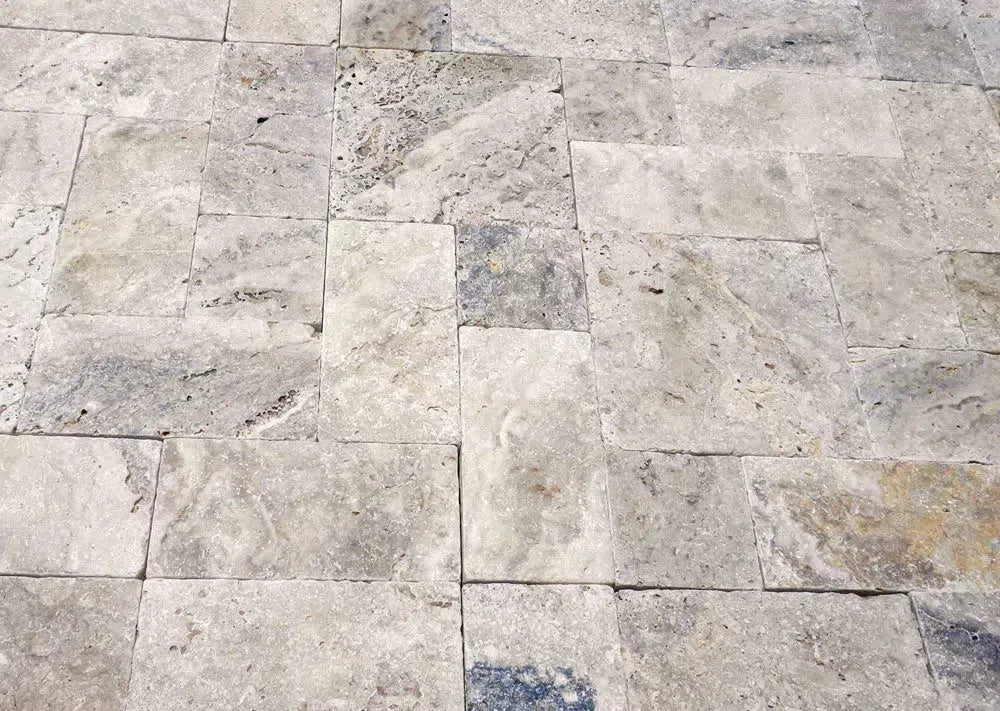 Philadelphia Travertine
Philadelphia Travertine Rosé Aurora Marble
Rosé Aurora Marble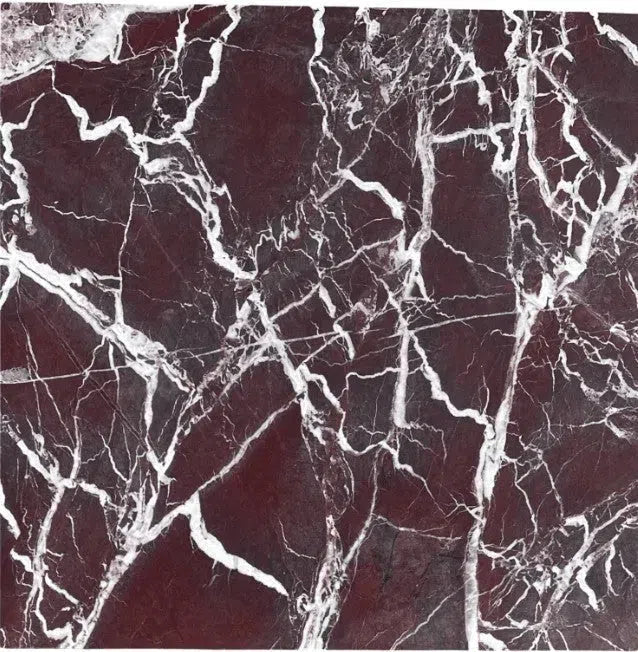 Rosso Levanto Marble
Rosso Levanto Marble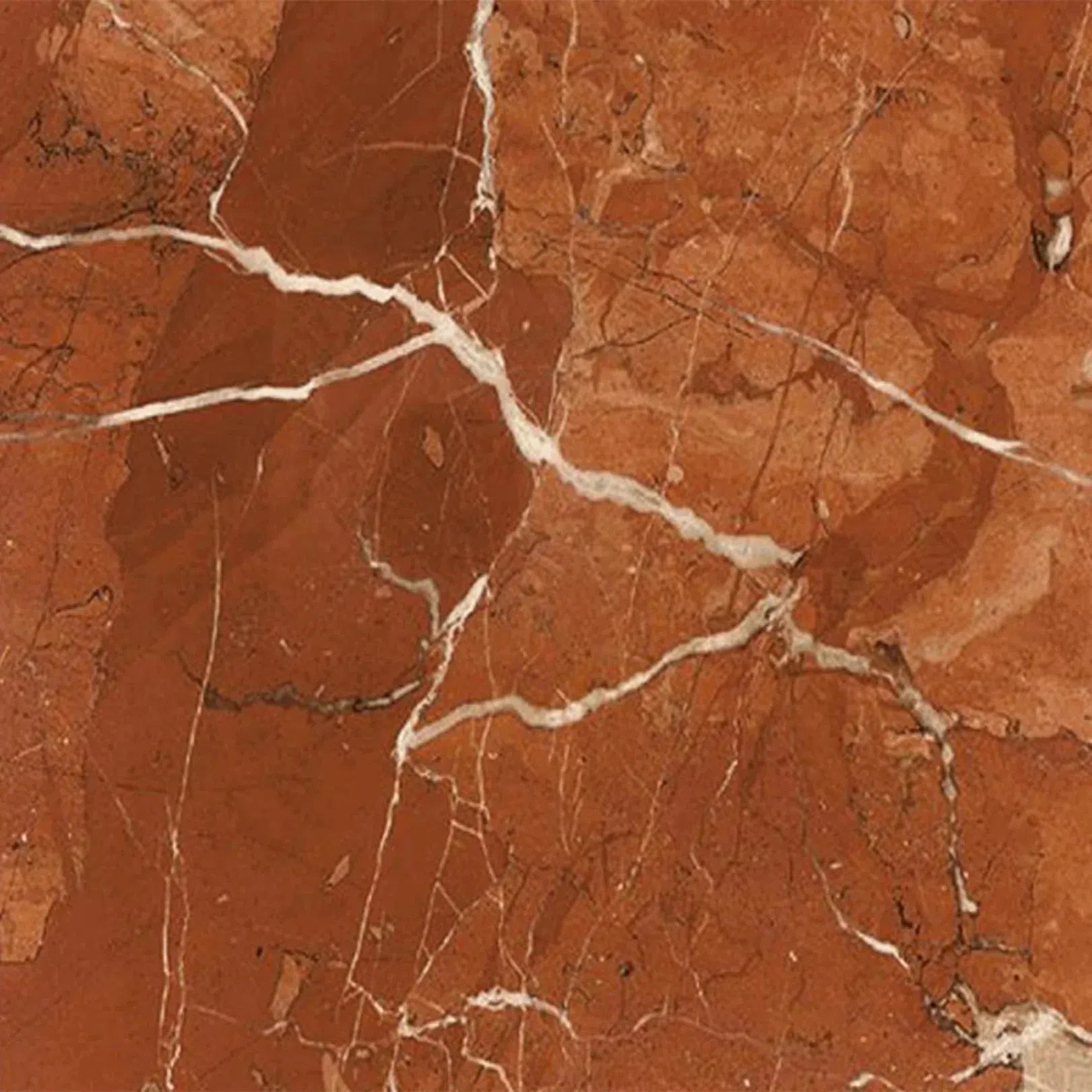 Rojo Alicante Marble
Rojo Alicante Marble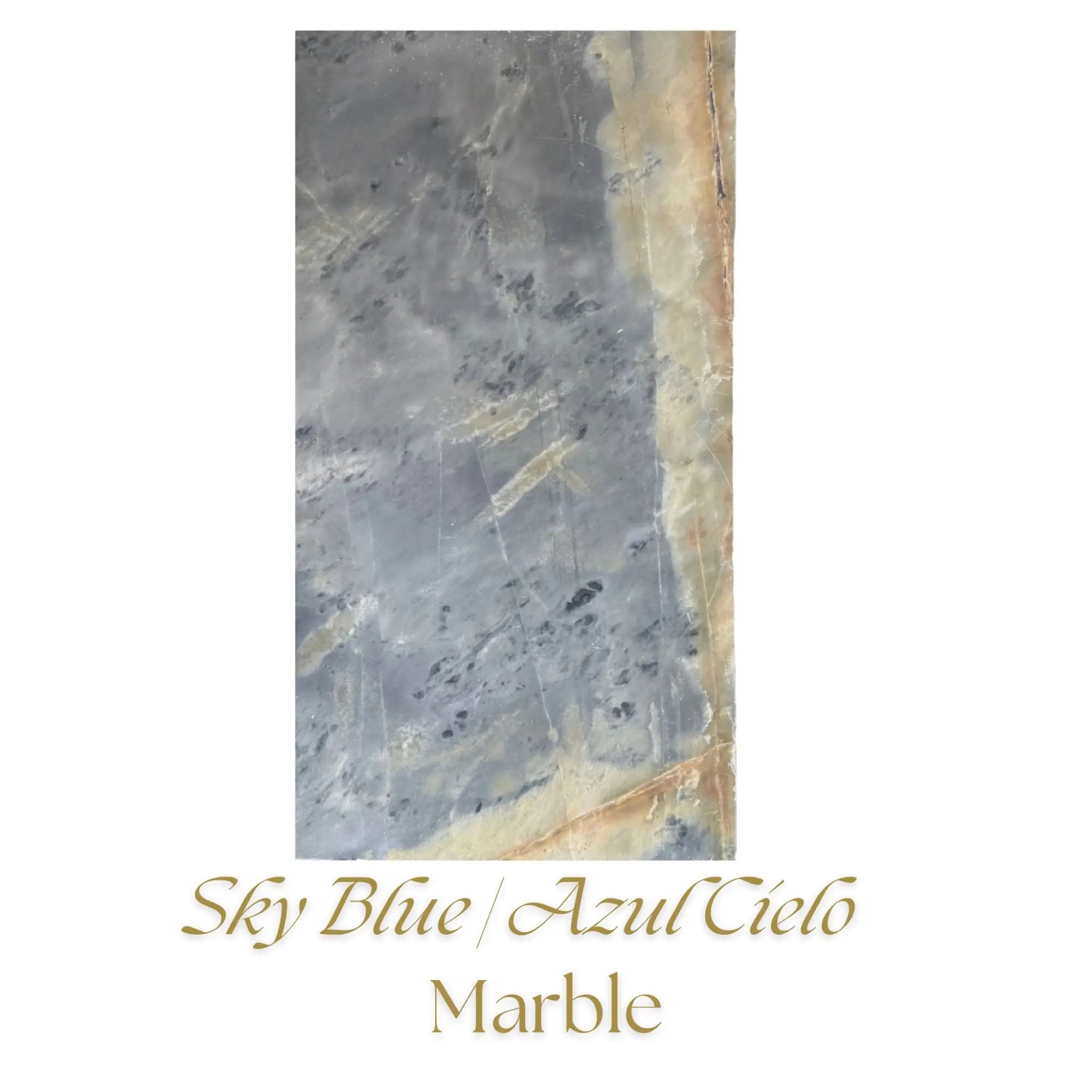 Sky Blue | Azul Cielo Marble
Sky Blue | Azul Cielo Marble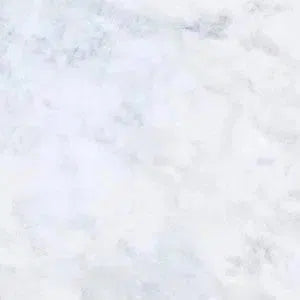 Snow White (Afyon White) Marble
Snow White (Afyon White) Marble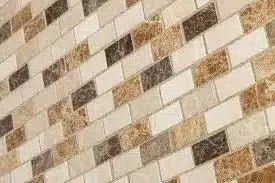 Spanish Mix Marble
Spanish Mix Marble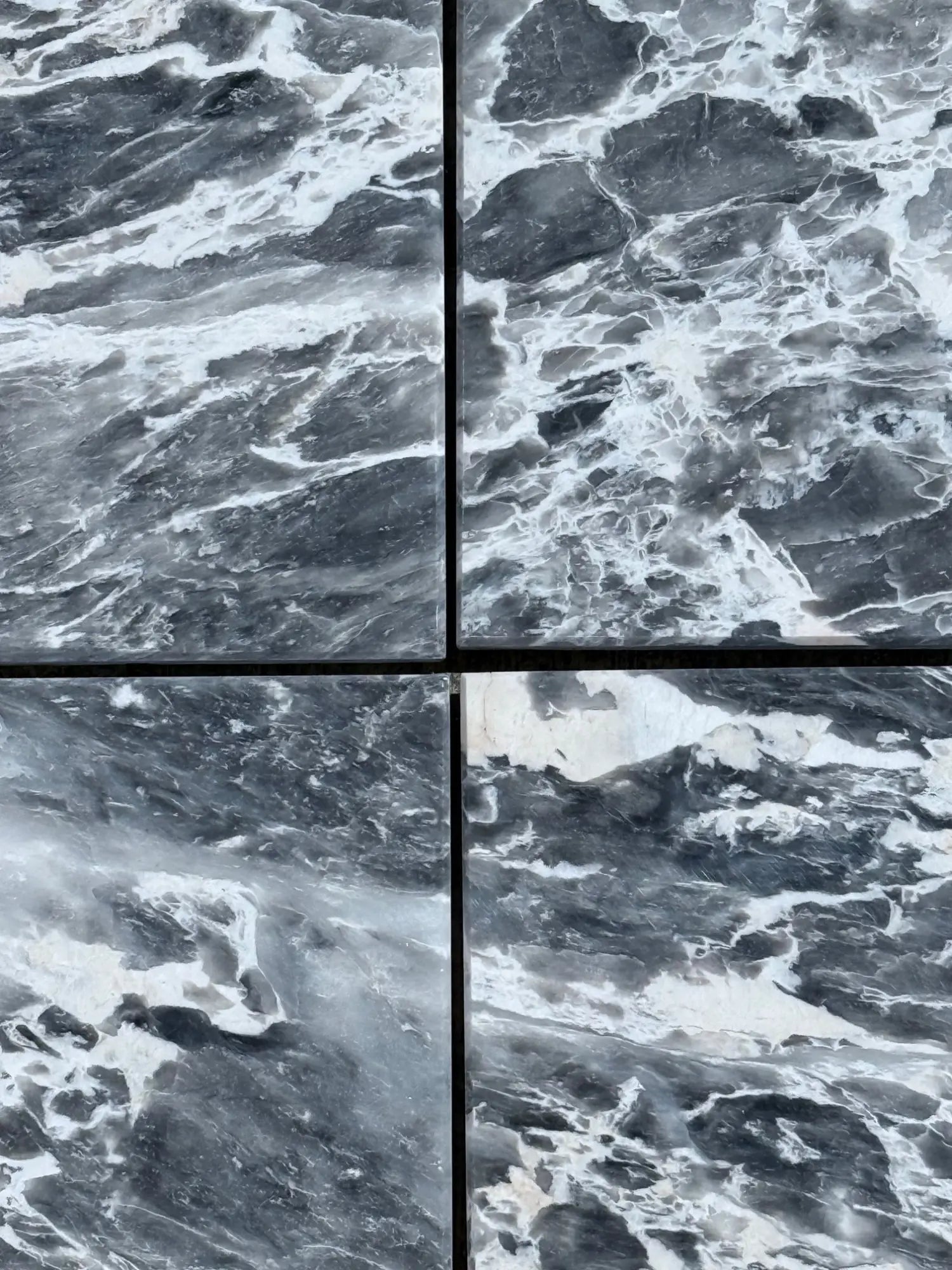 Storm Gray Marble
Storm Gray Marble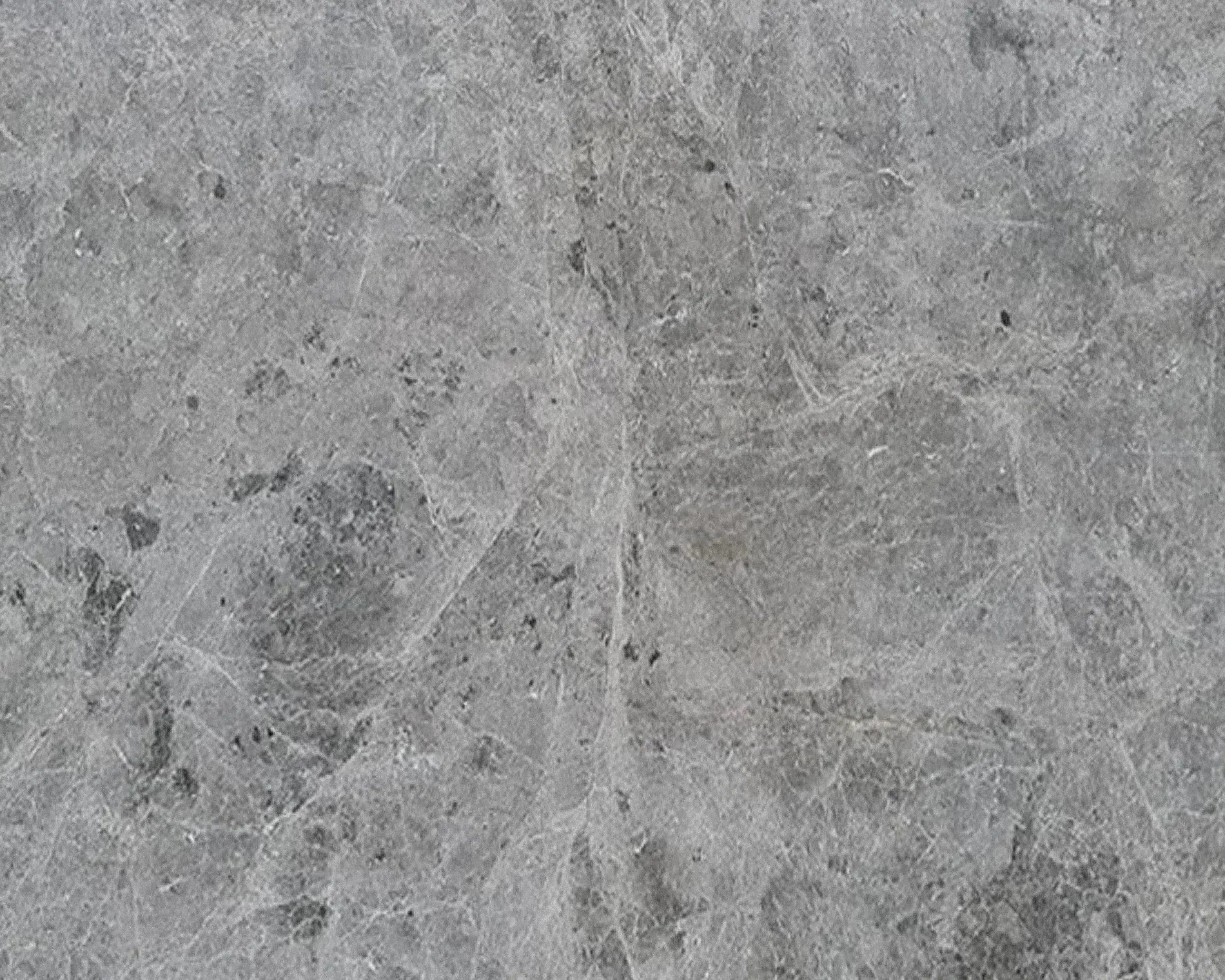 Tundra Gray (Atlantic Gray) Marble
Tundra Gray (Atlantic Gray) Marble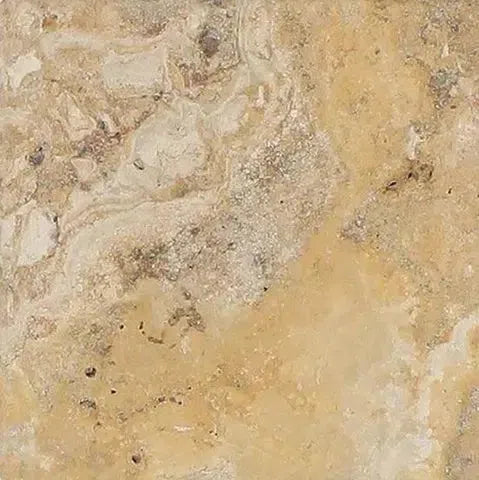 Valencia Travertine
Valencia Travertine Valerenga Travertine
Valerenga Travertine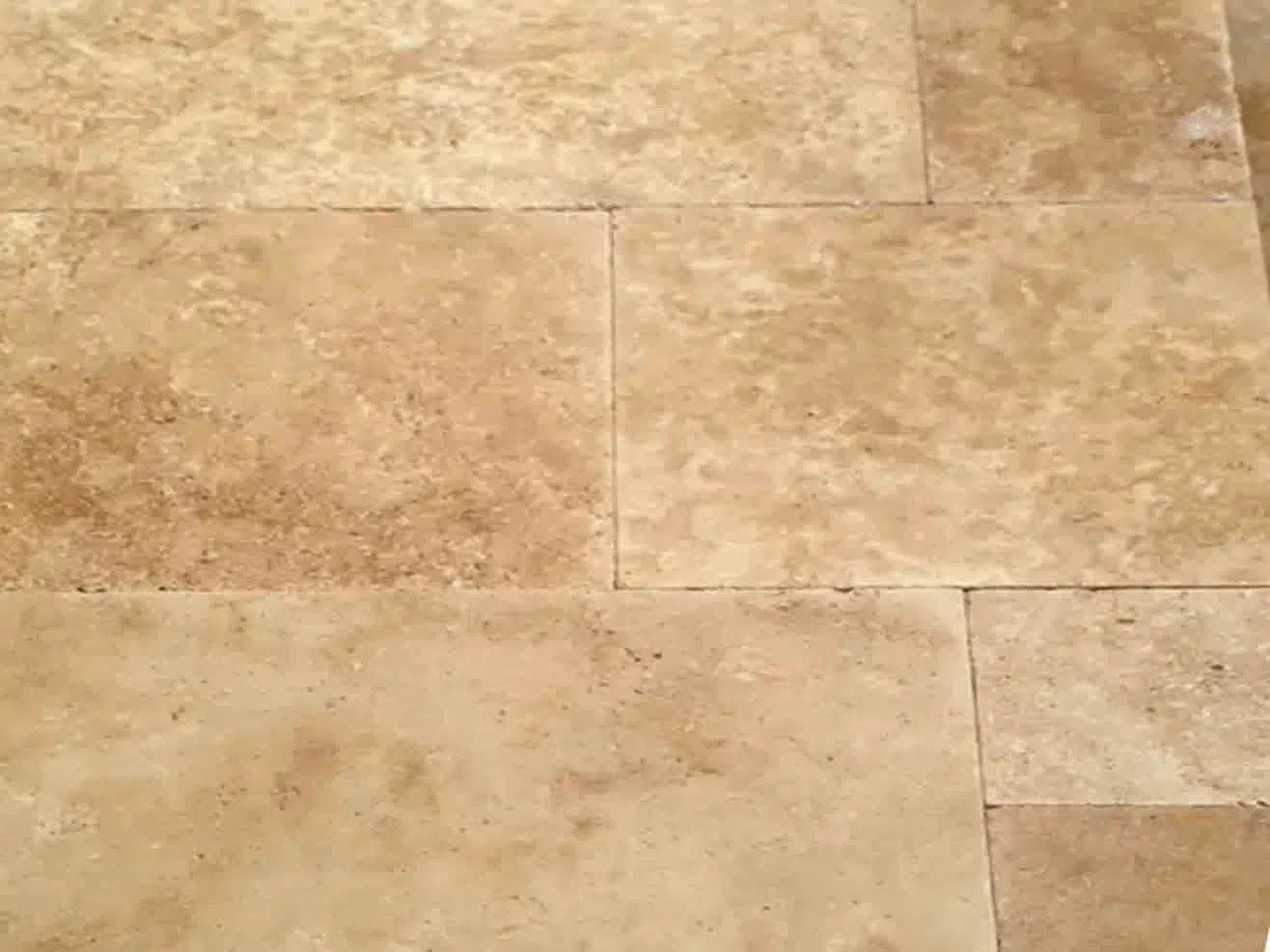 Walnut Travertine
Walnut Travertine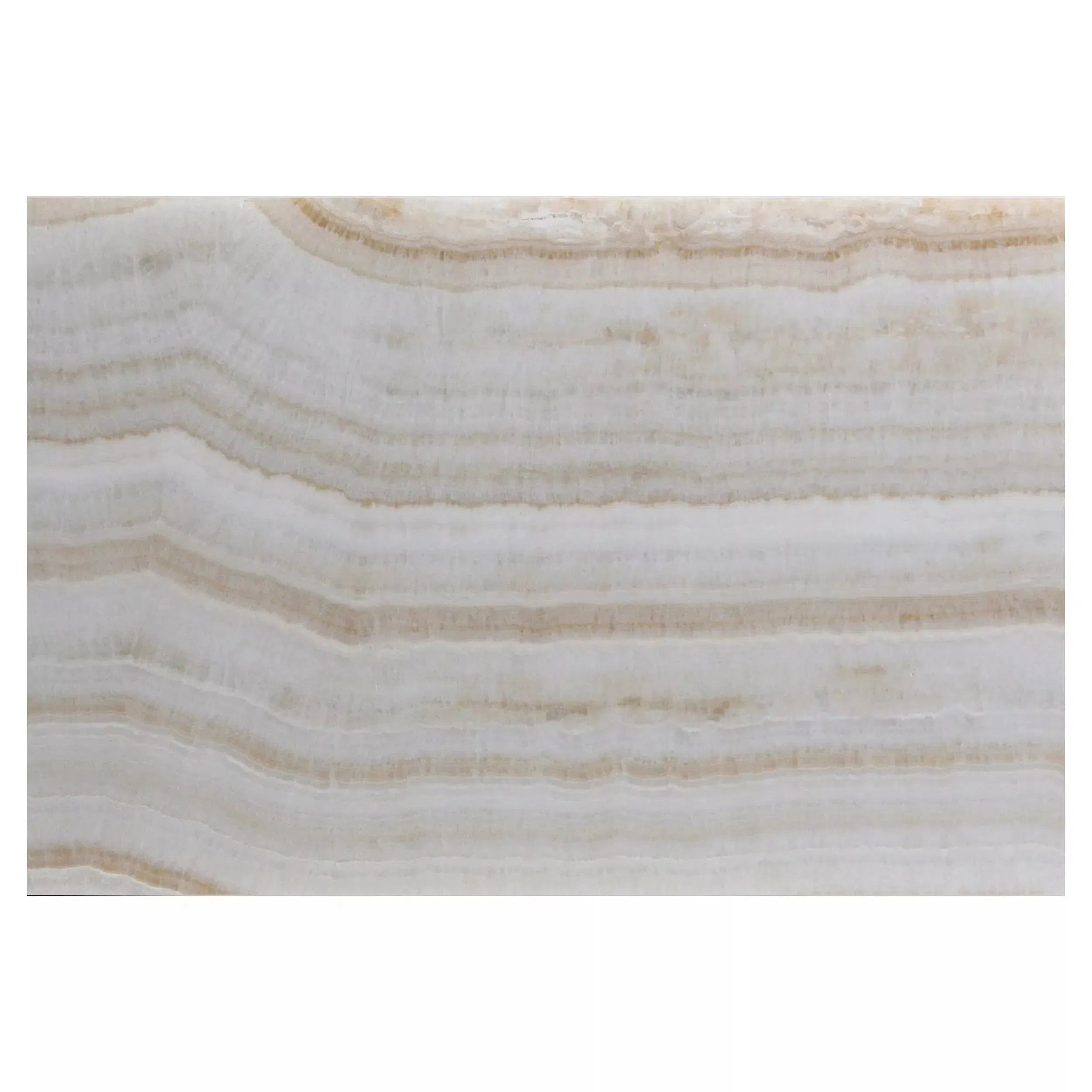 White Onyx Marble
White Onyx Marble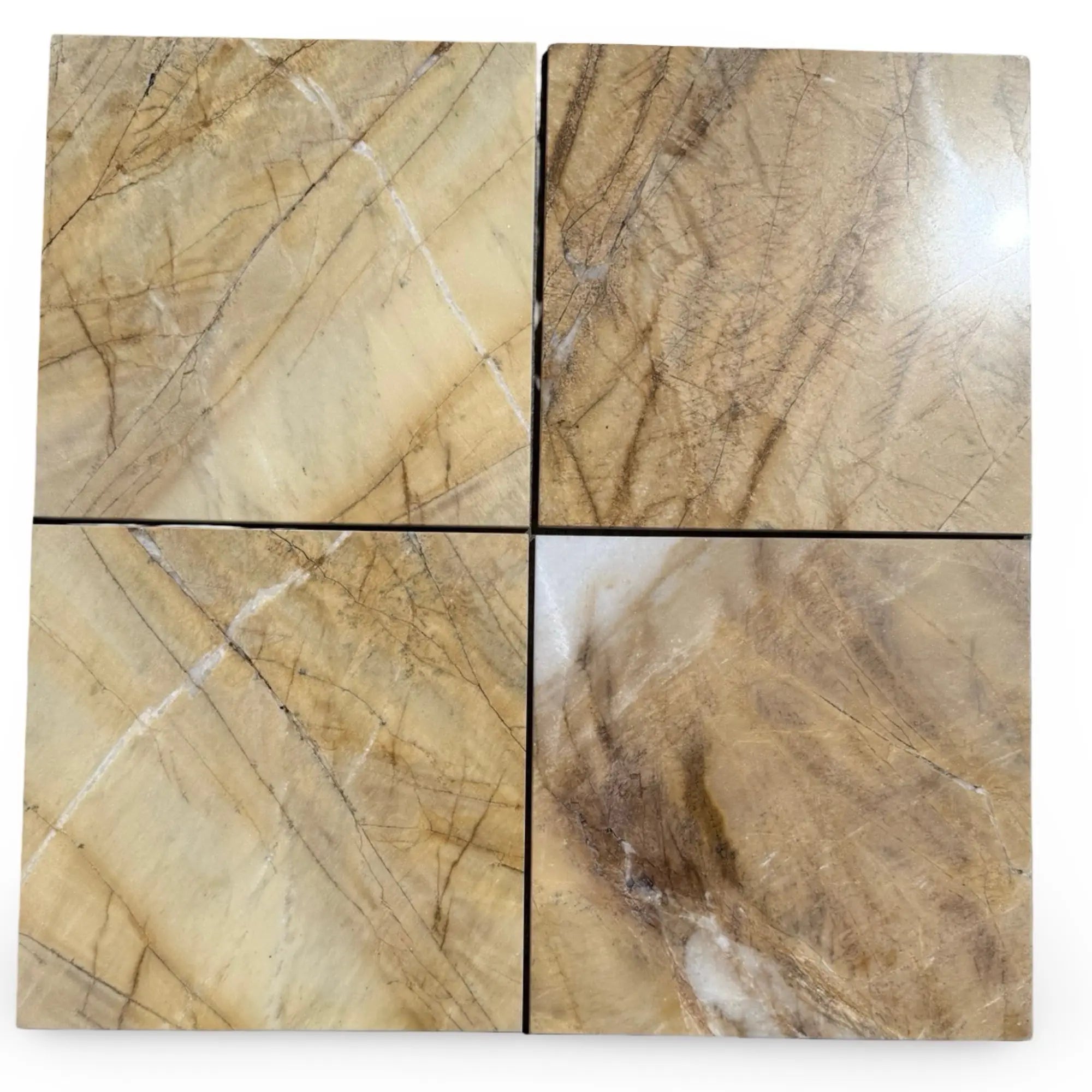 Golden Horizon Marble
Golden Horizon Marble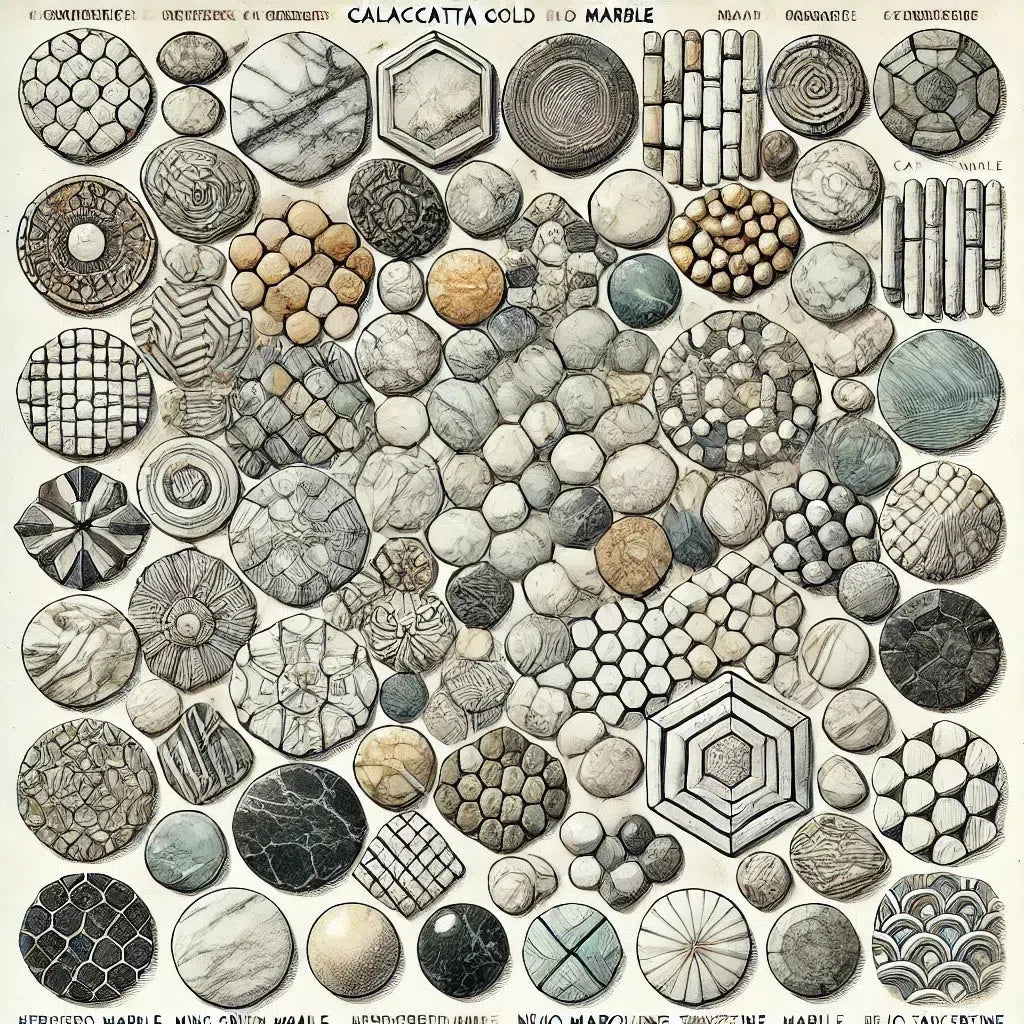 Shop By Type
Shop By Type
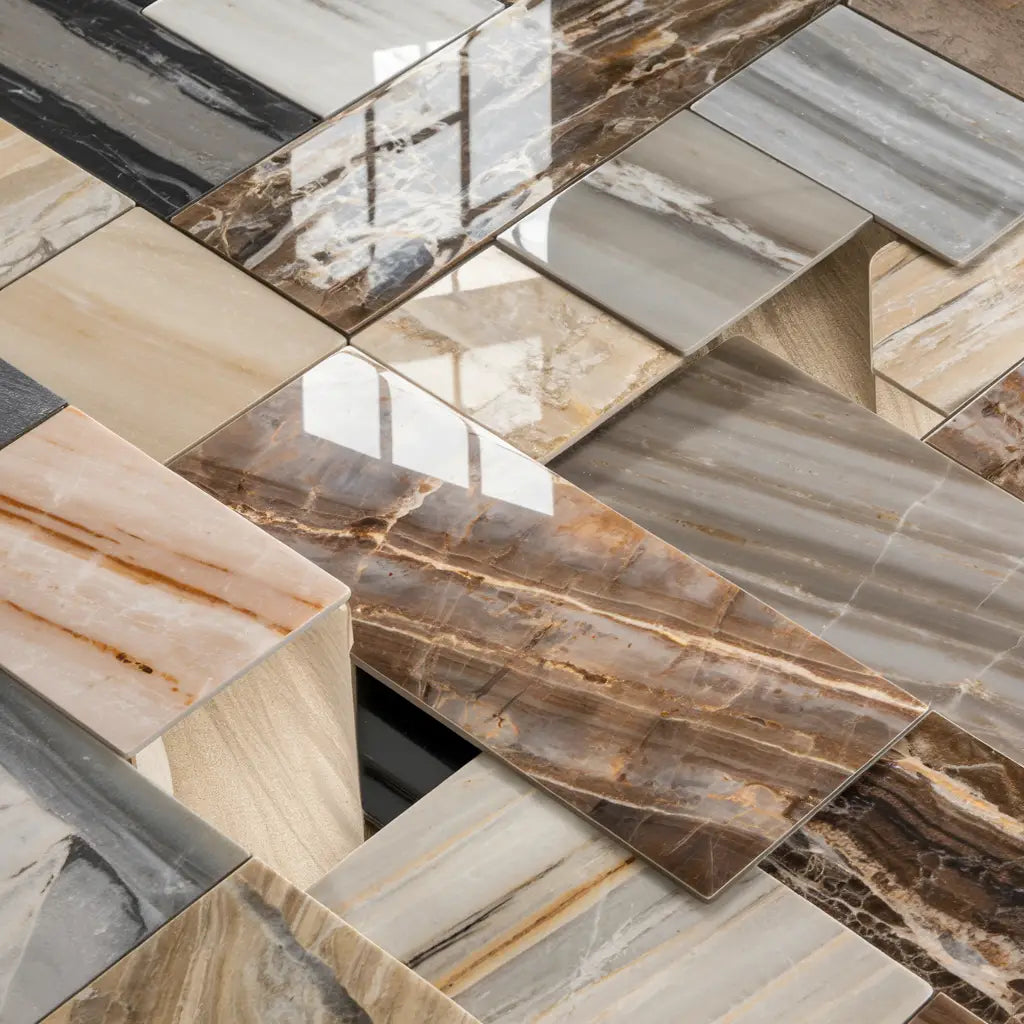 Marble Tiles
Marble Tiles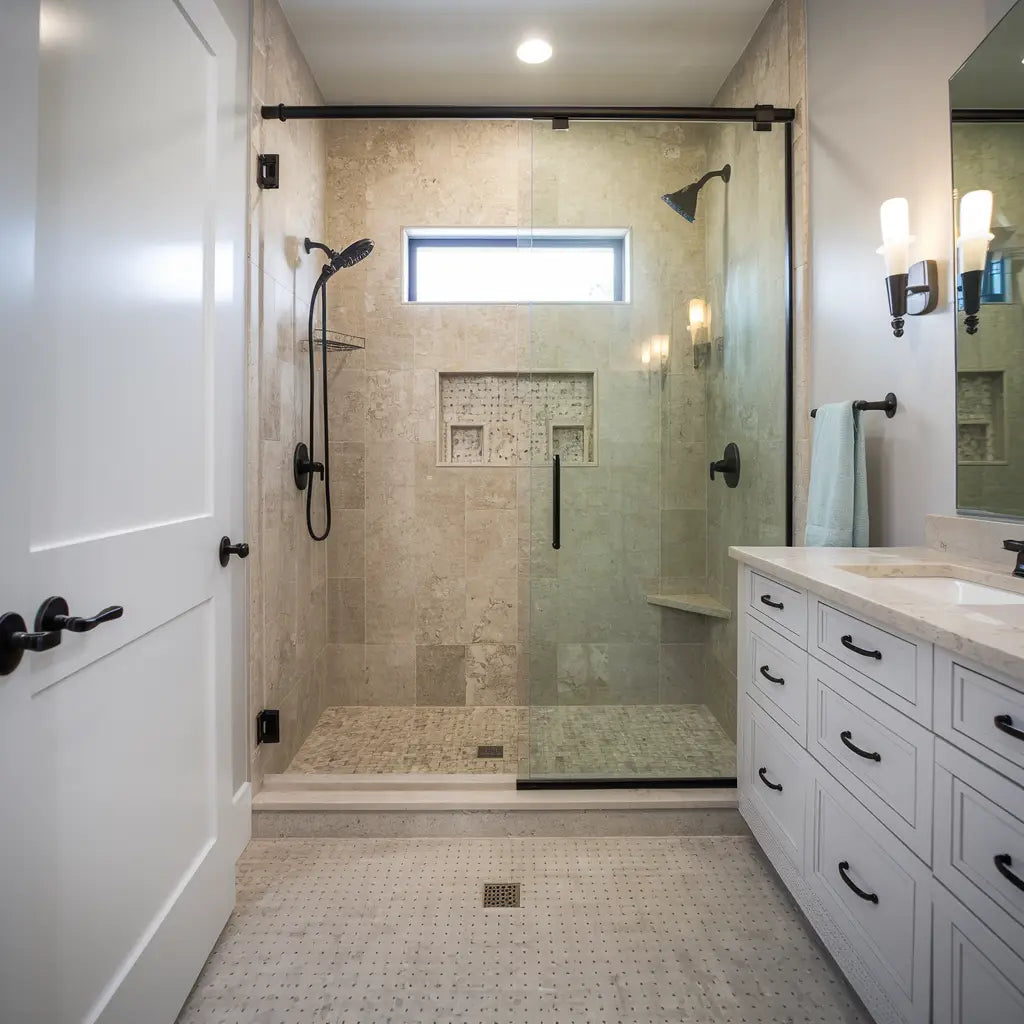 Marble Mosaic
Marble Mosaic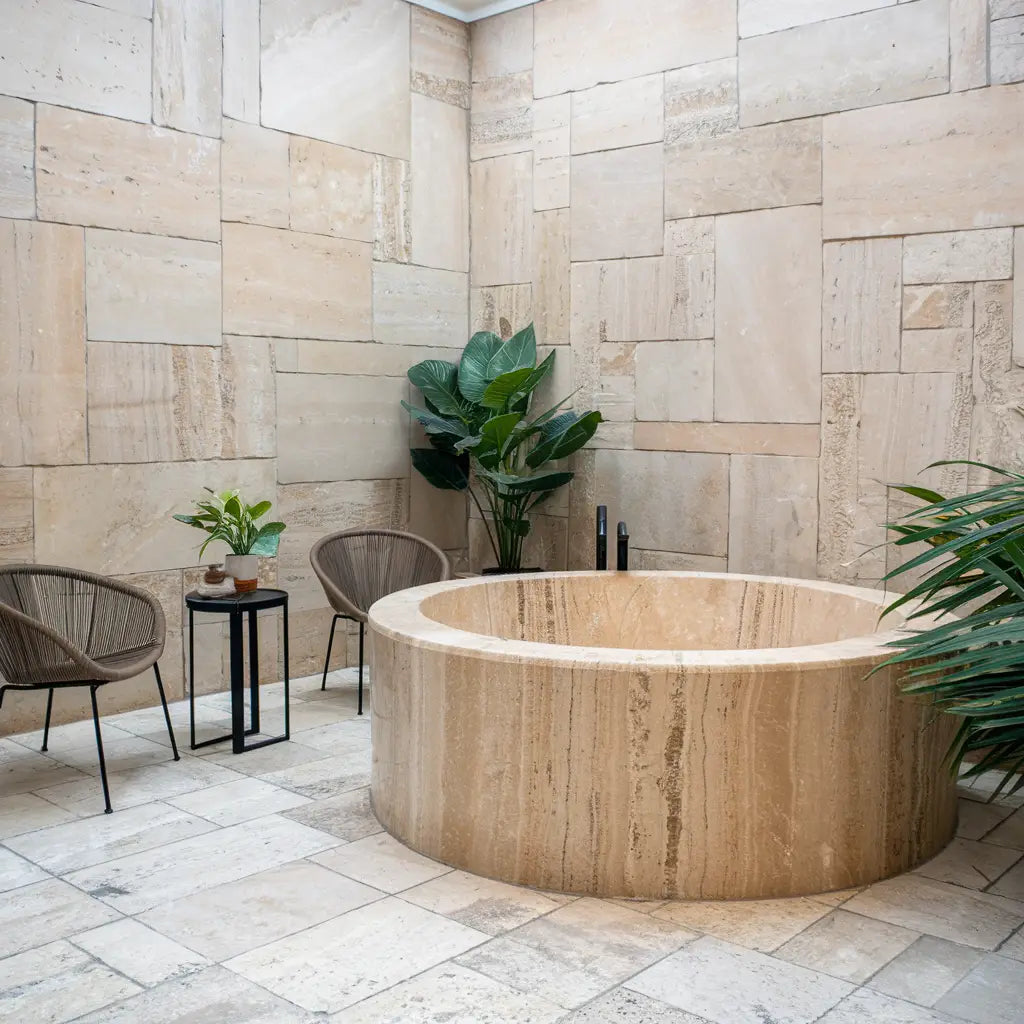 Travertine Tiles
Travertine Tiles Travertine Mosaic
Travertine Mosaic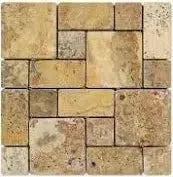 4 pcs Versailles Pattern / French Pattern Set
4 pcs Versailles Pattern / French Pattern Set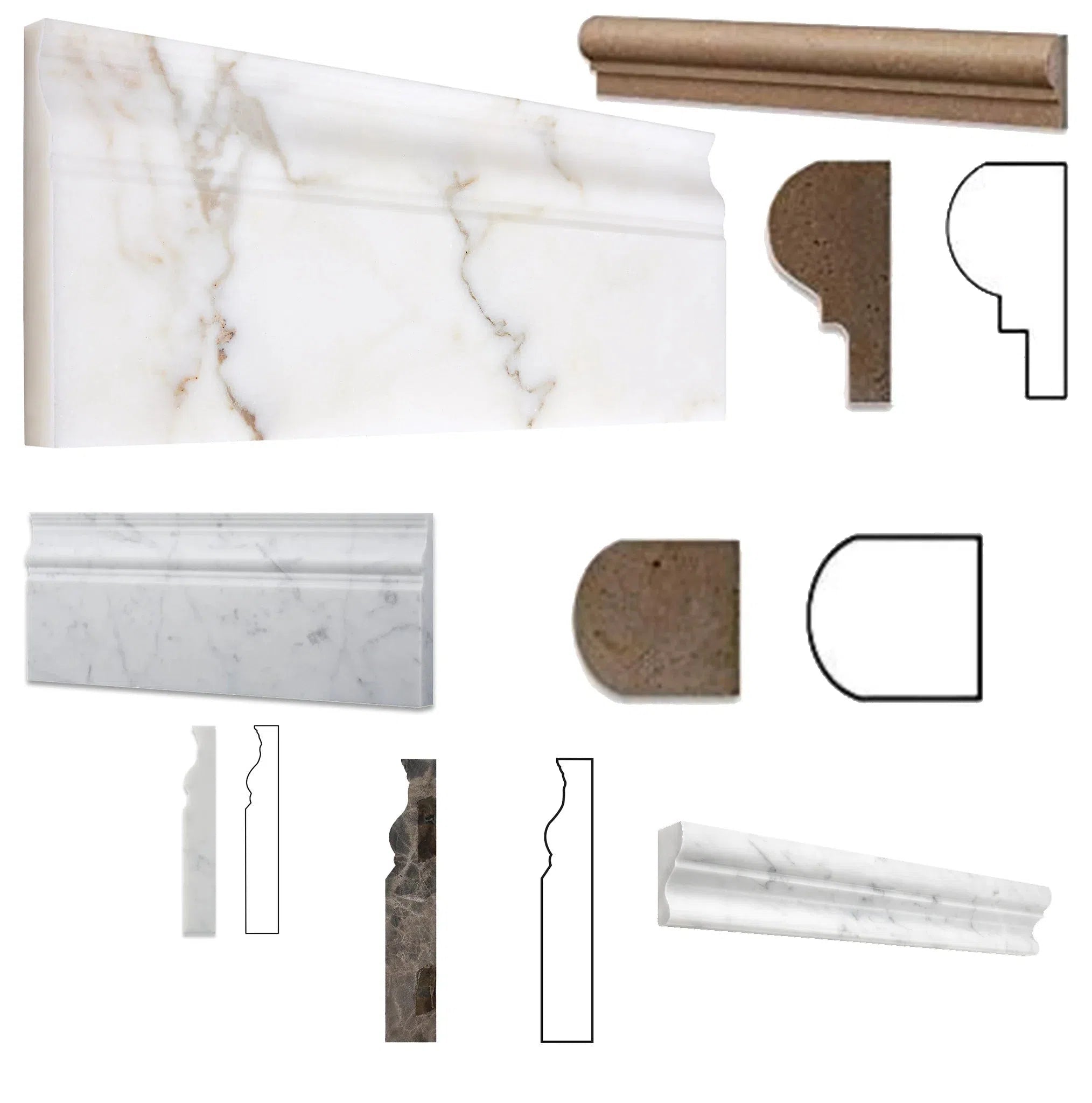 Molding/Trim
Molding/Trim Border/Listello
Border/Listello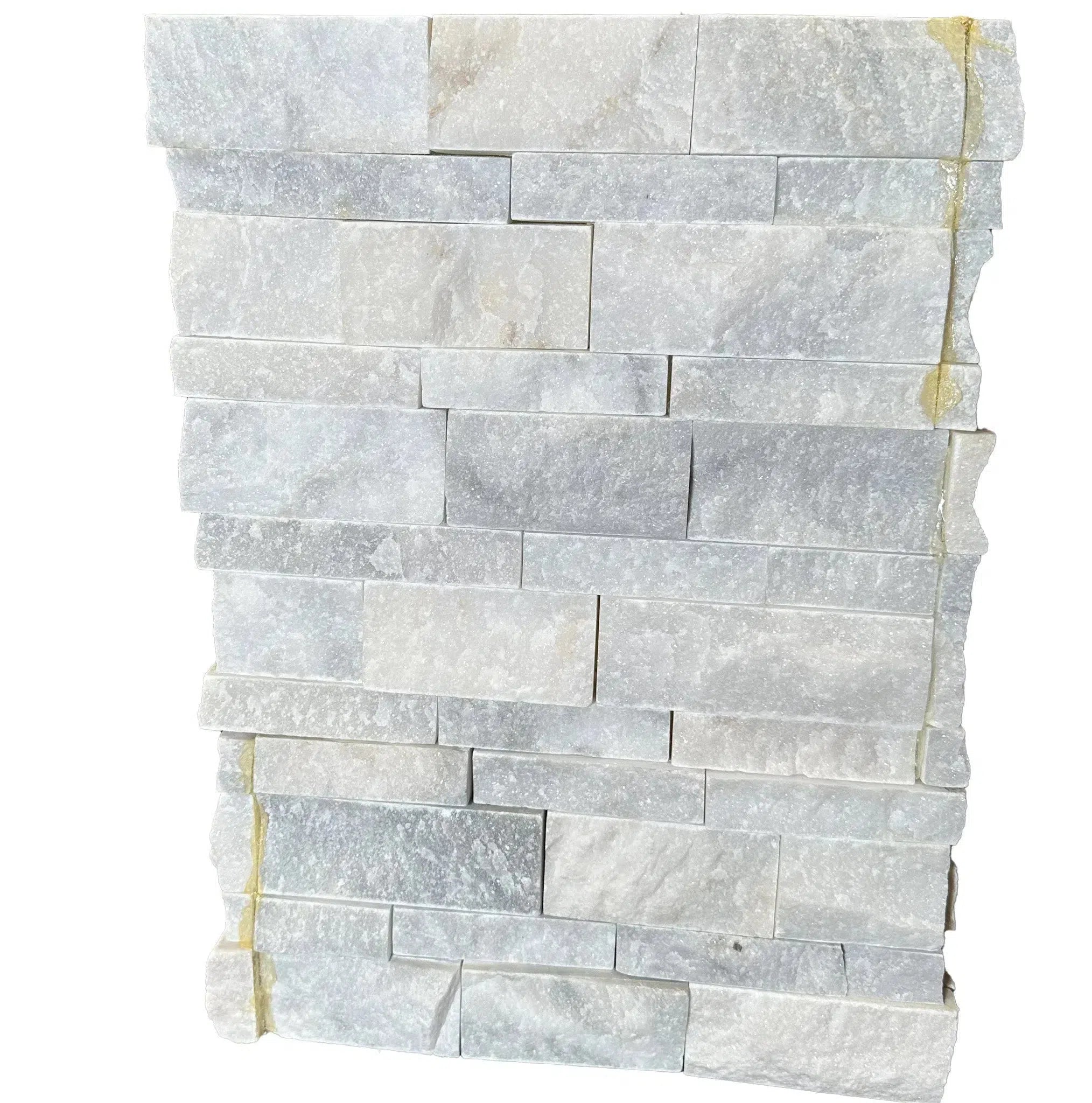 Ledger-Panel
Ledger-Panel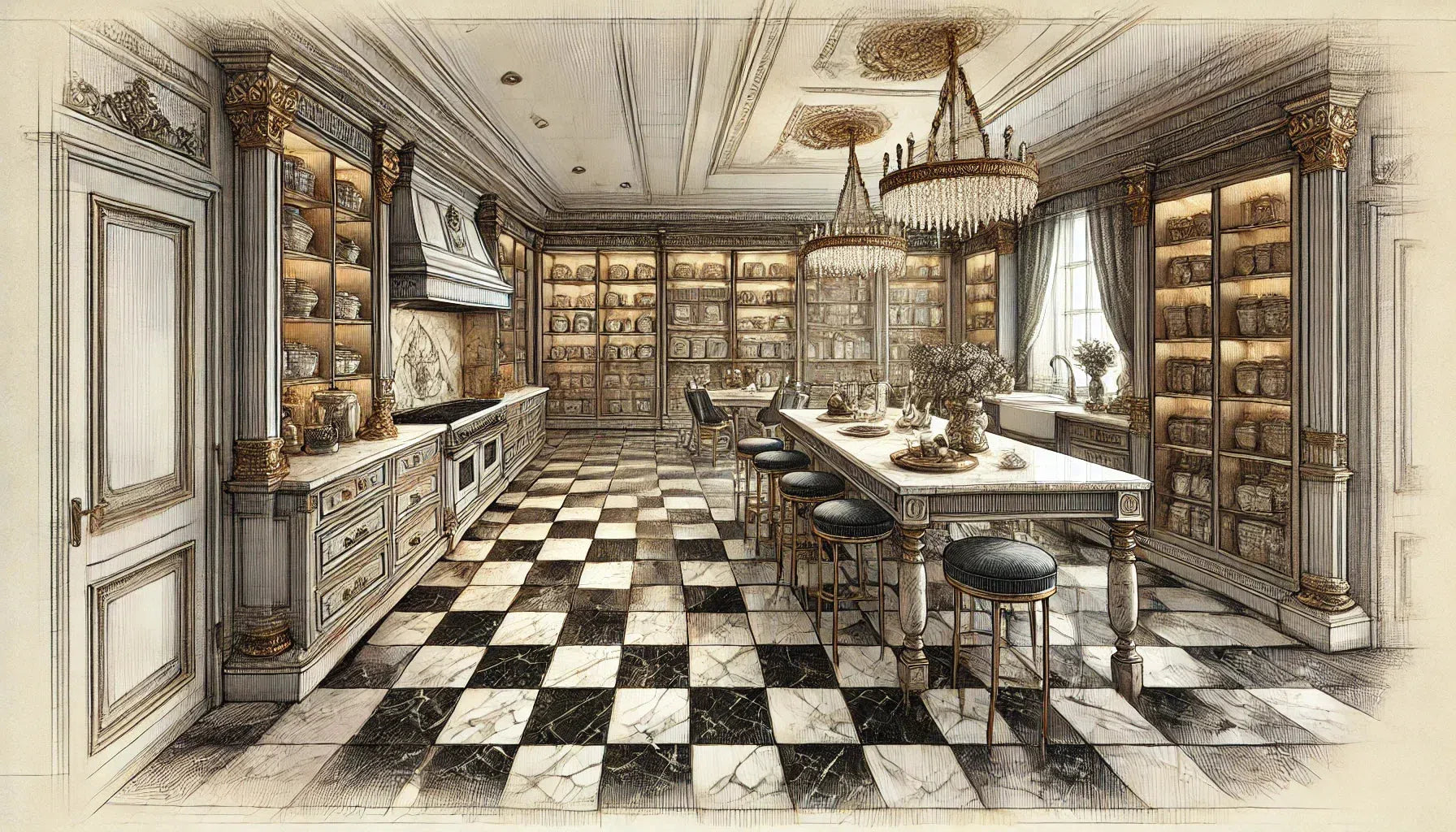 Checkerboard
Checkerboard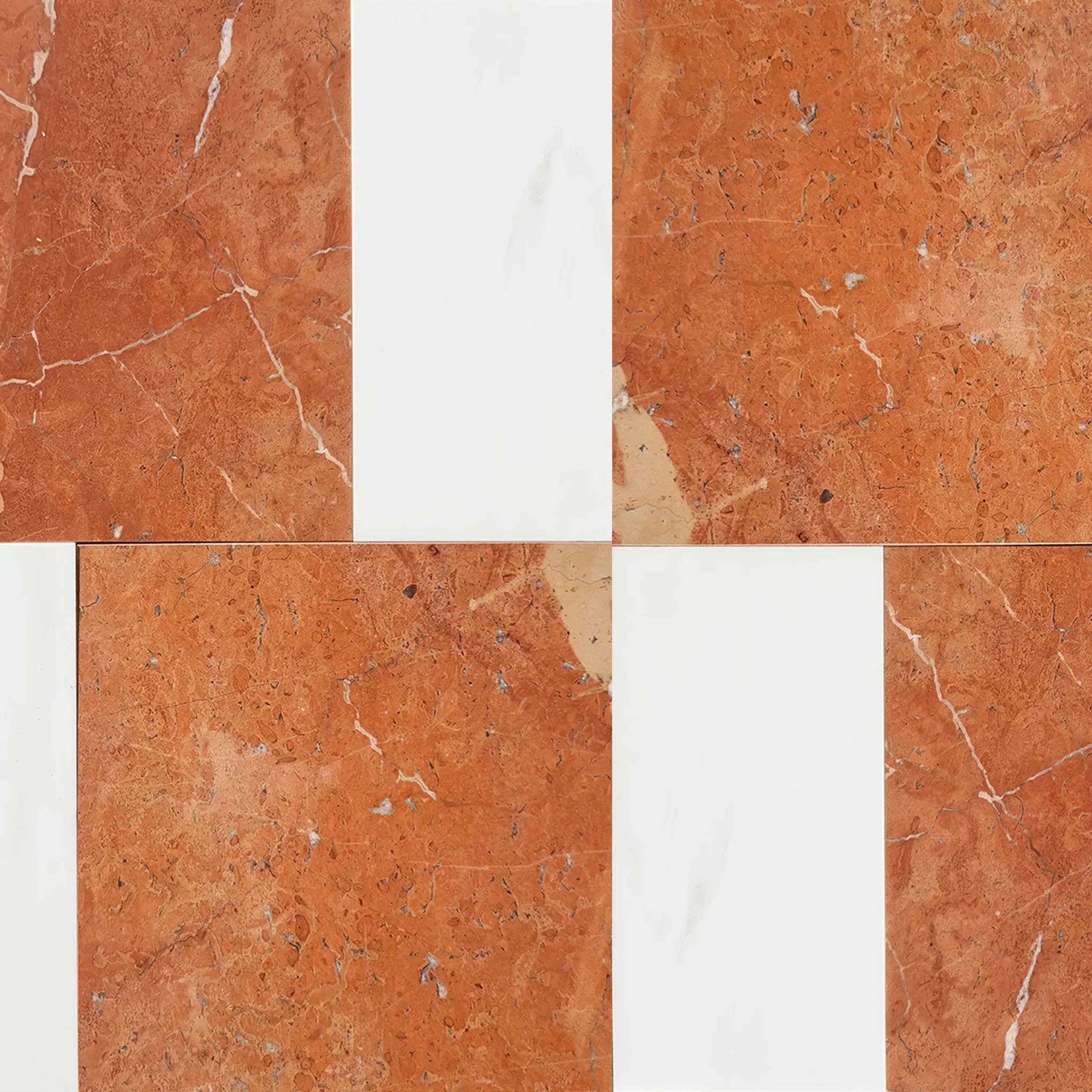 Patterned Tile Collection
Patterned Tile Collection 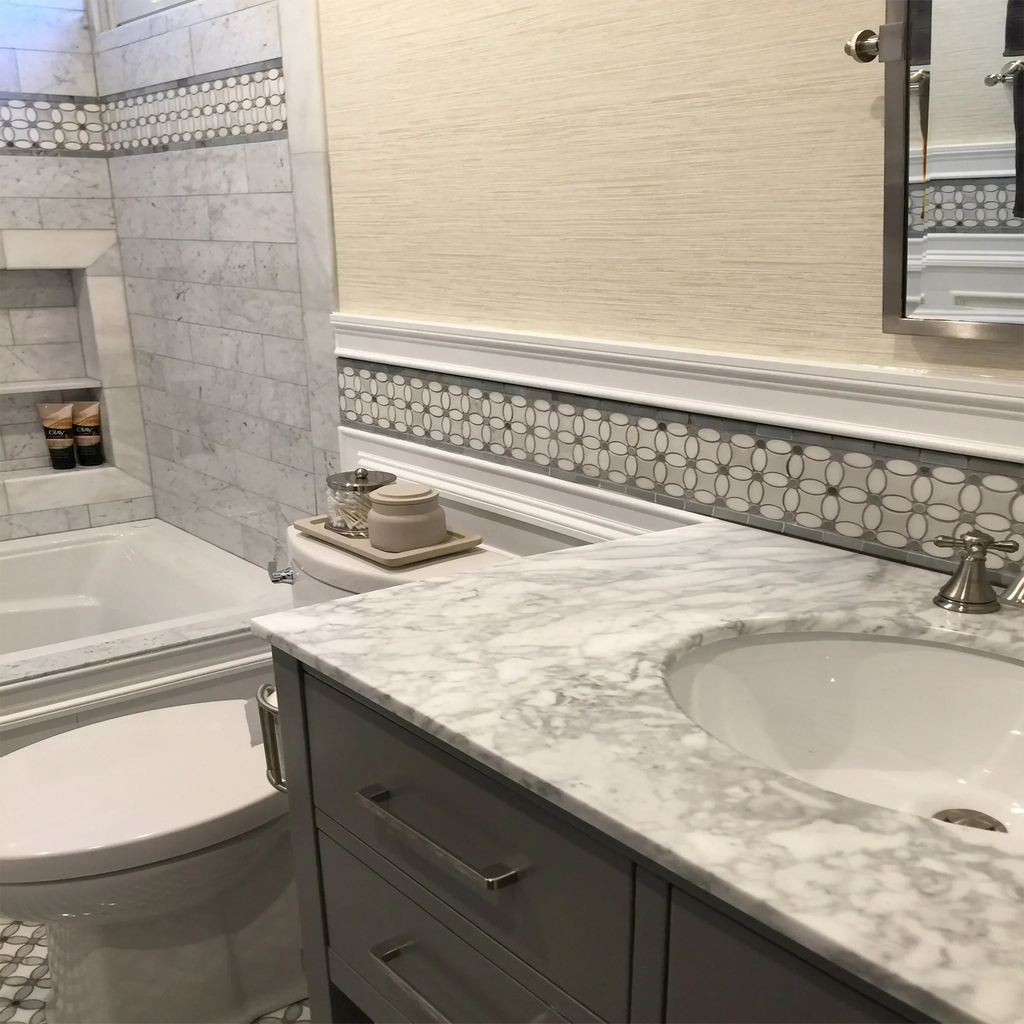 Shop By Finish
Shop By Finish
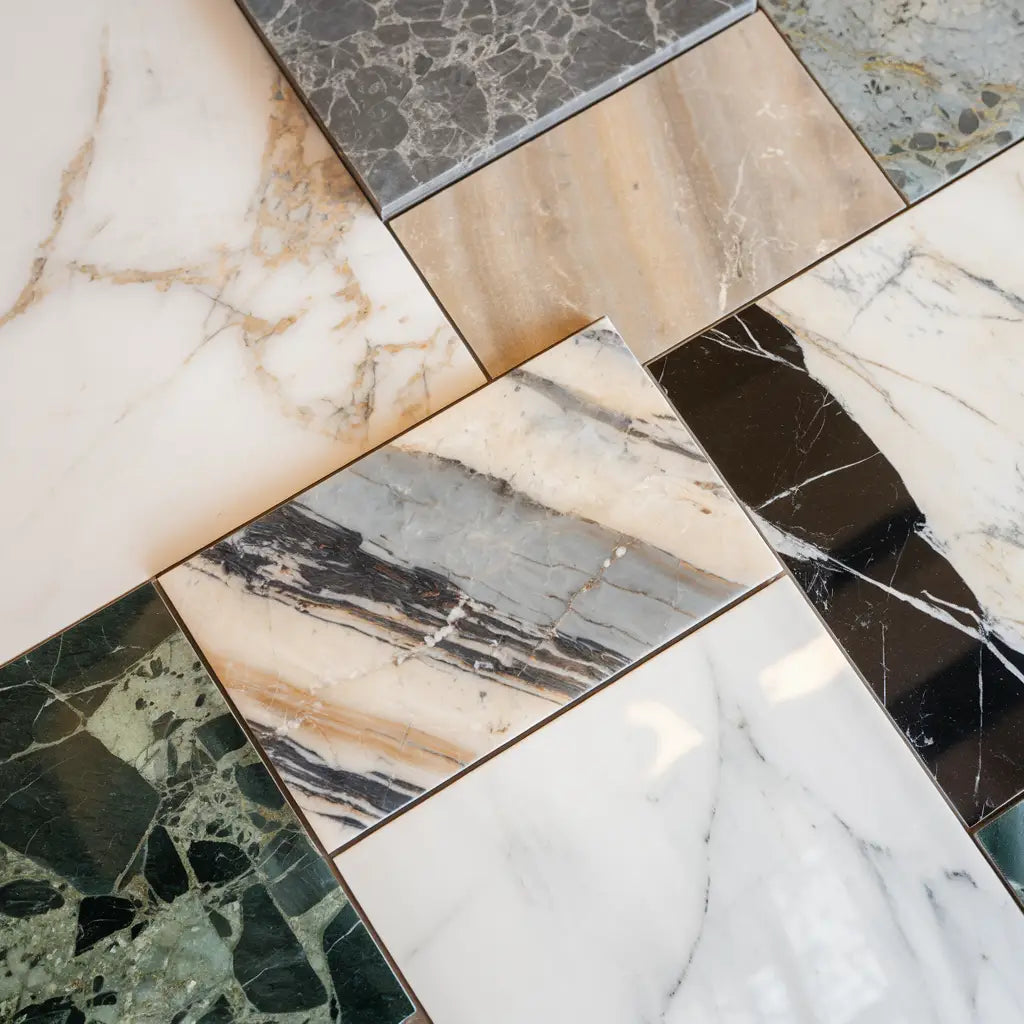 Polished
Polished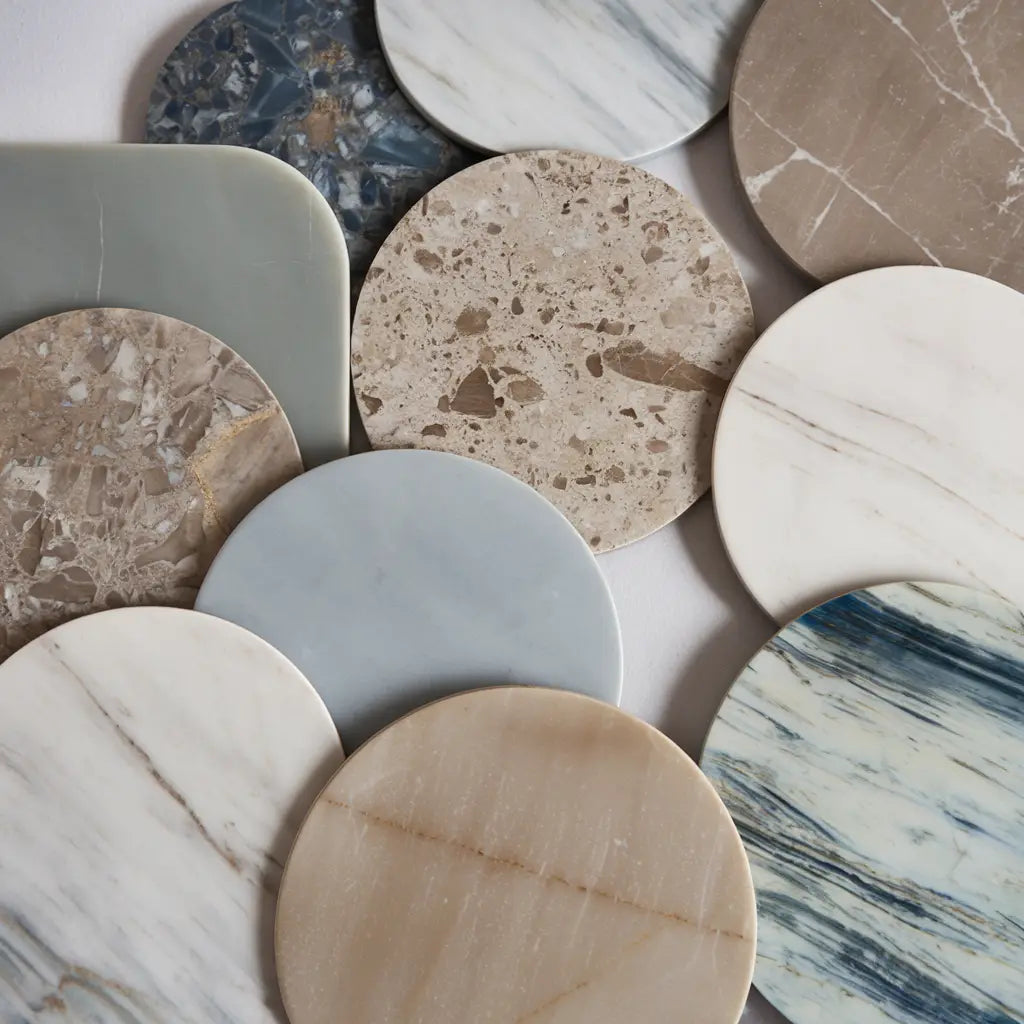 Honed
Honed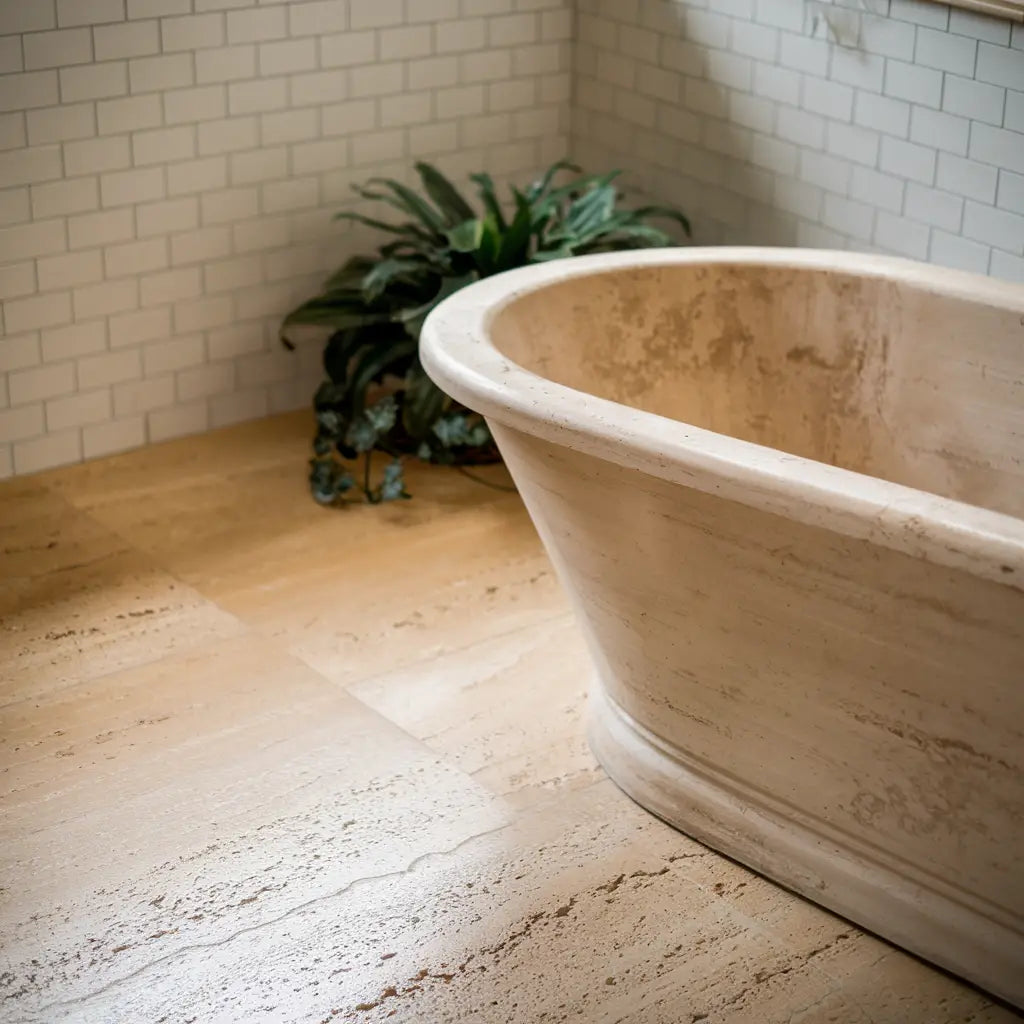 Brushed
Brushed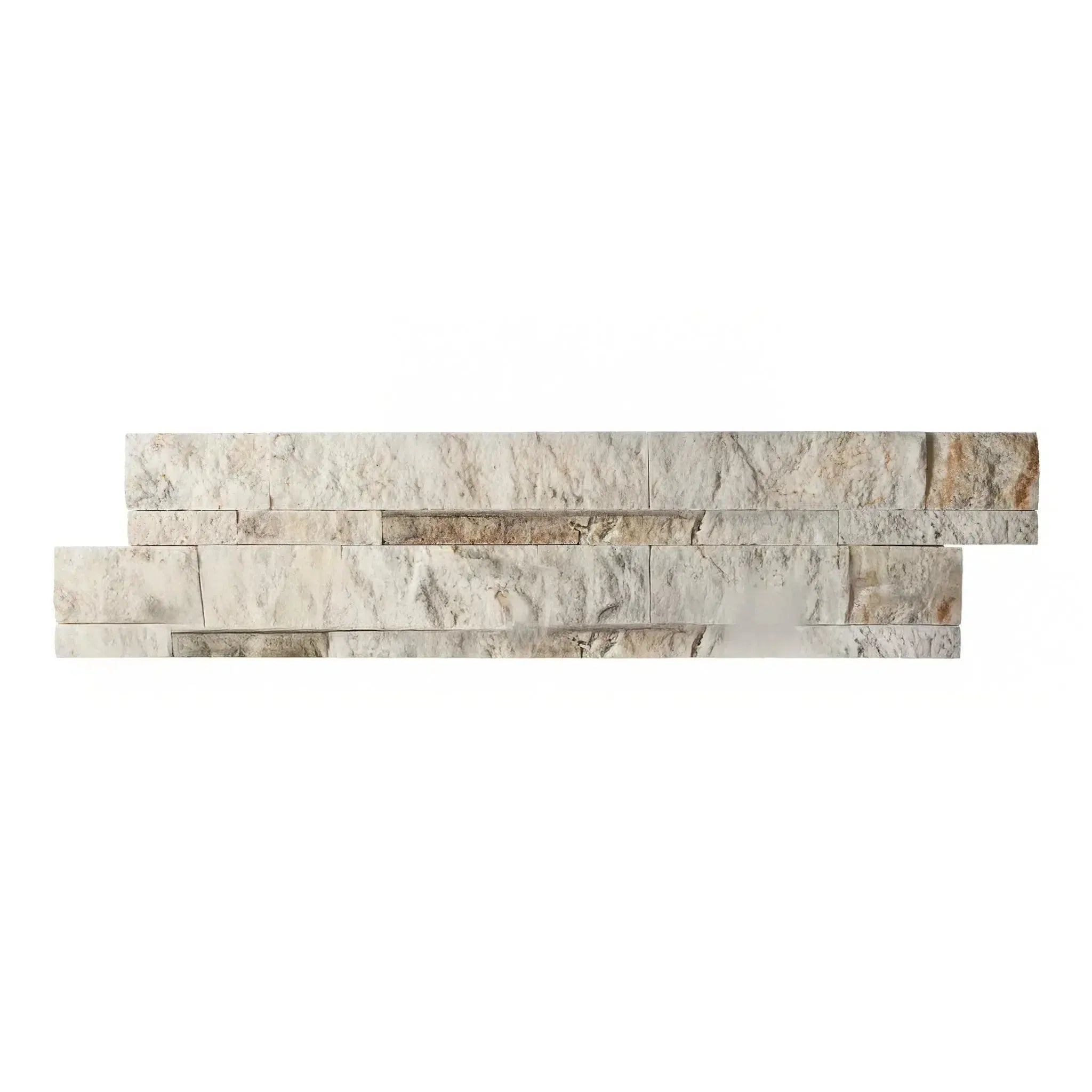 Split Face
Split Face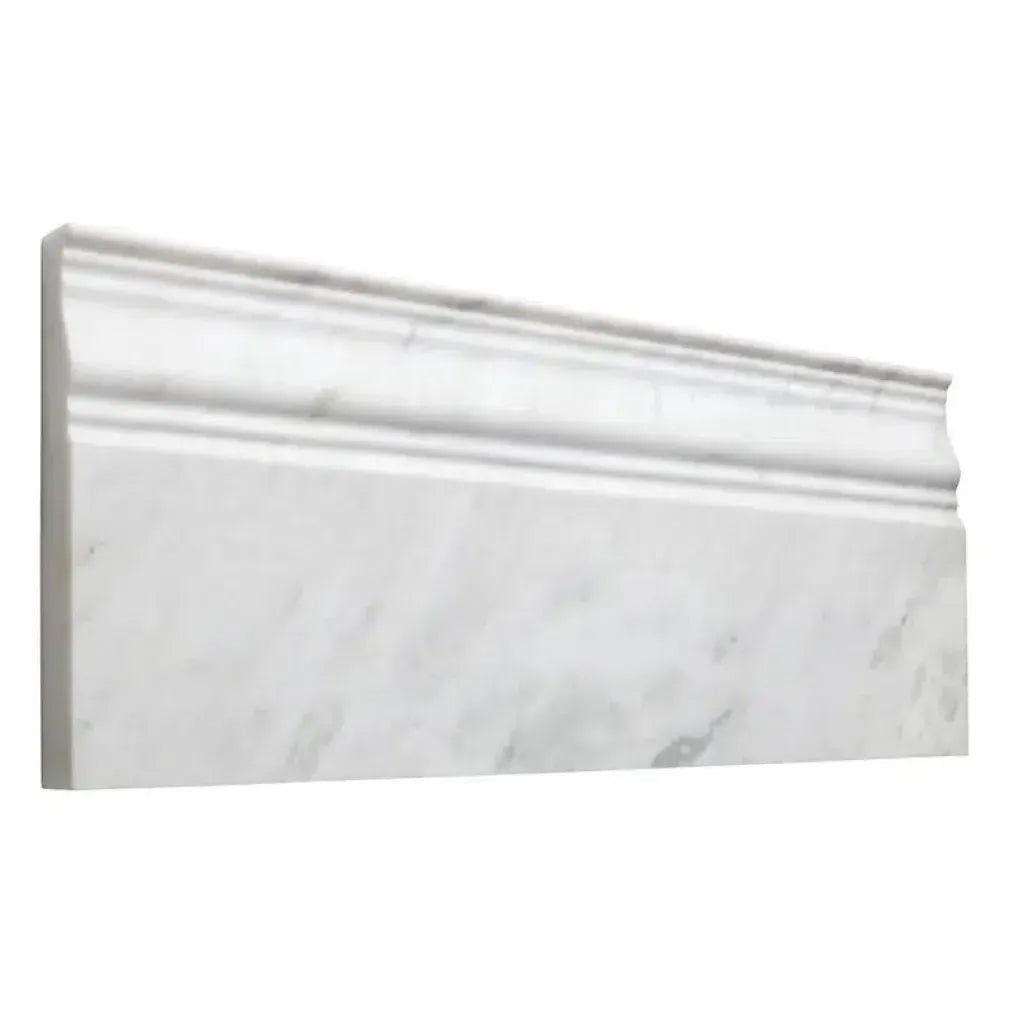 Textured
Textured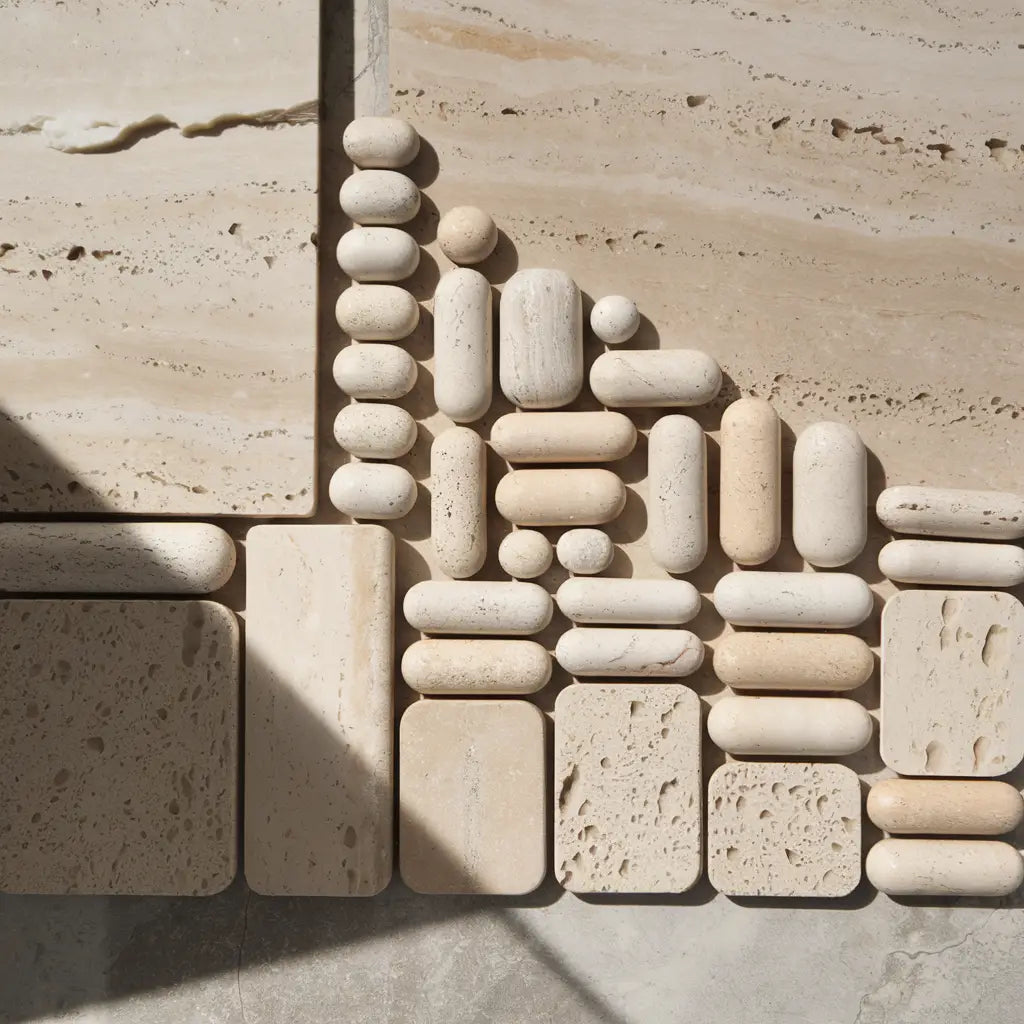 Tumbled
Tumbled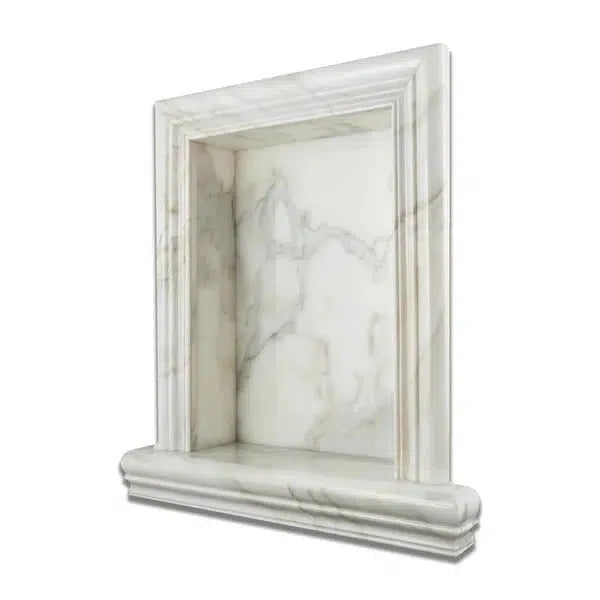 Accessories
Accessories
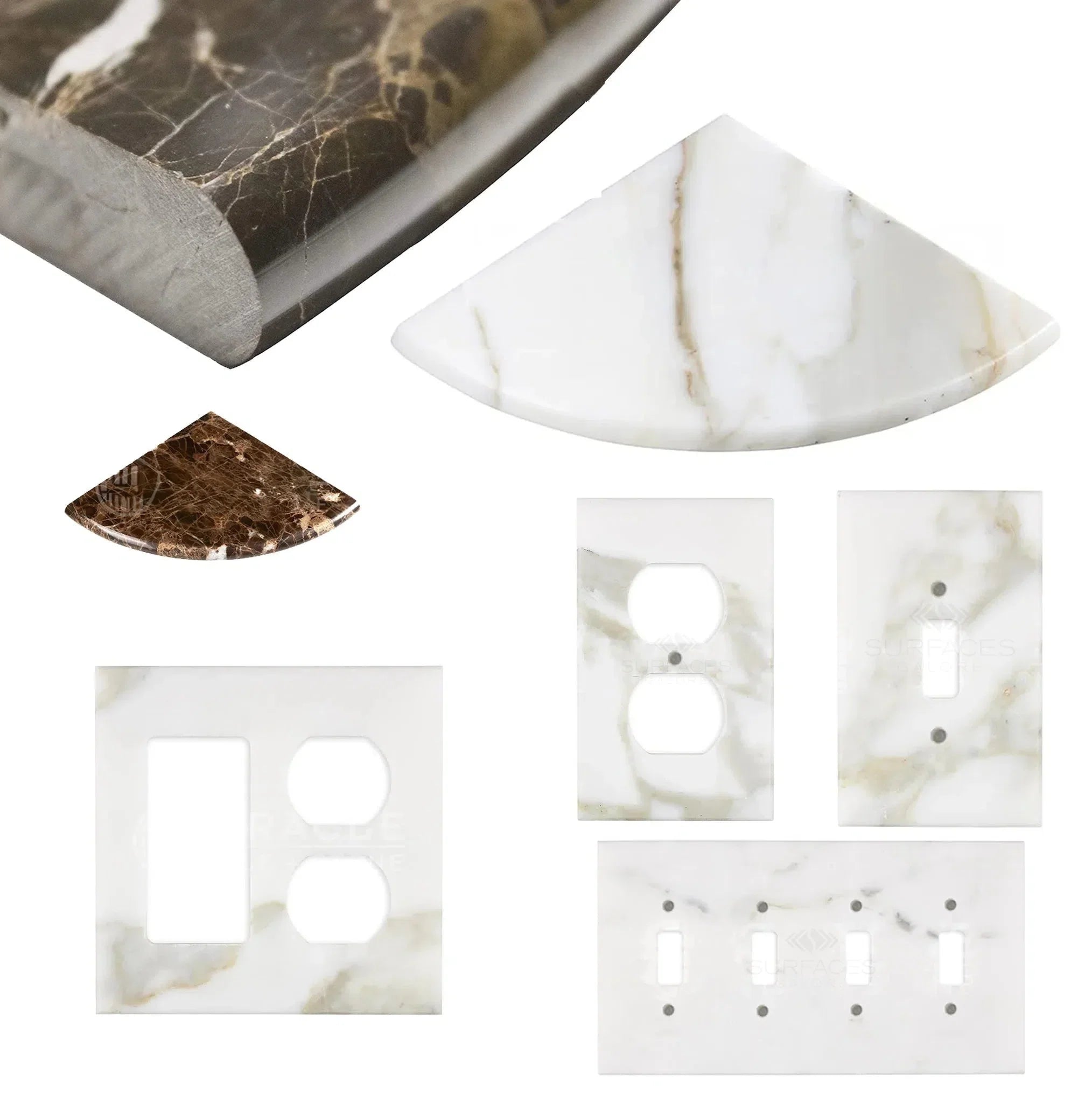 Wall Plate / Switch Plate
Wall Plate / Switch Plate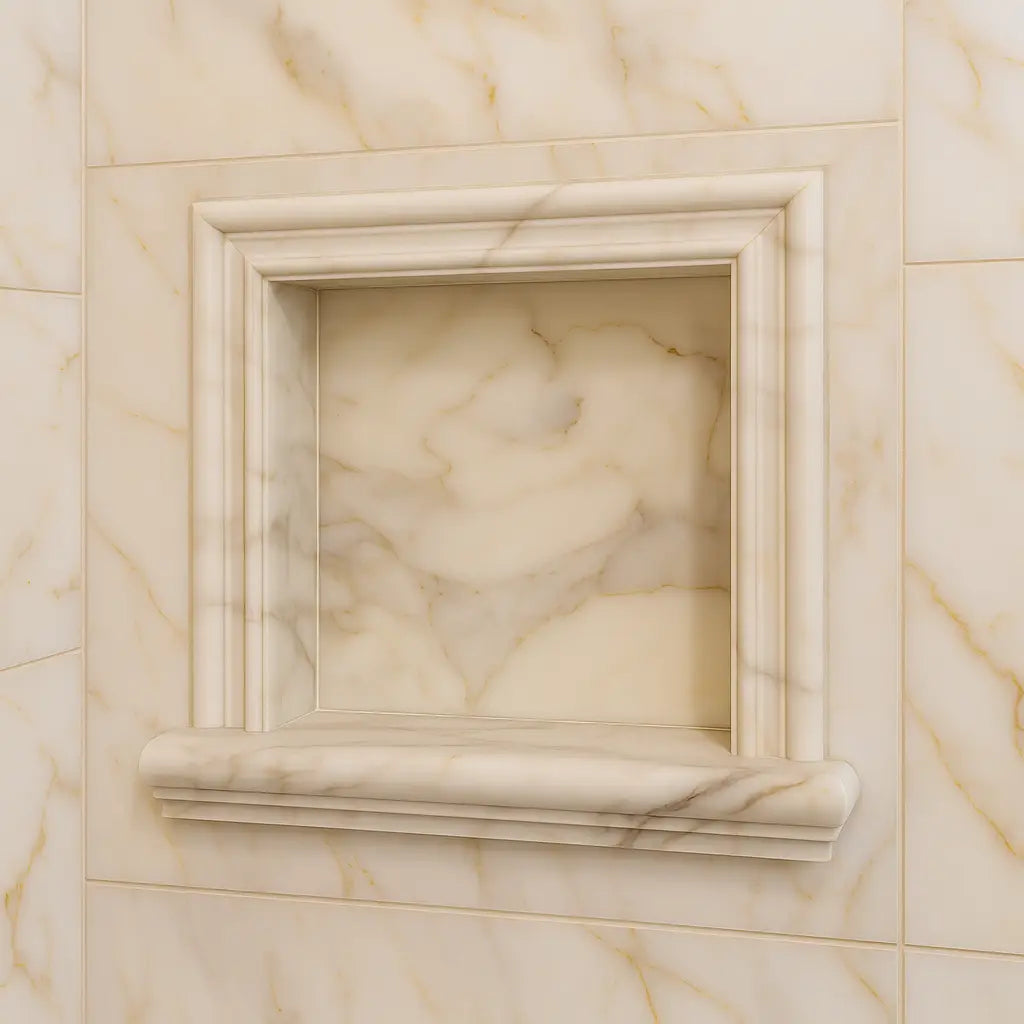 Shampoo Niche
Shampoo Niche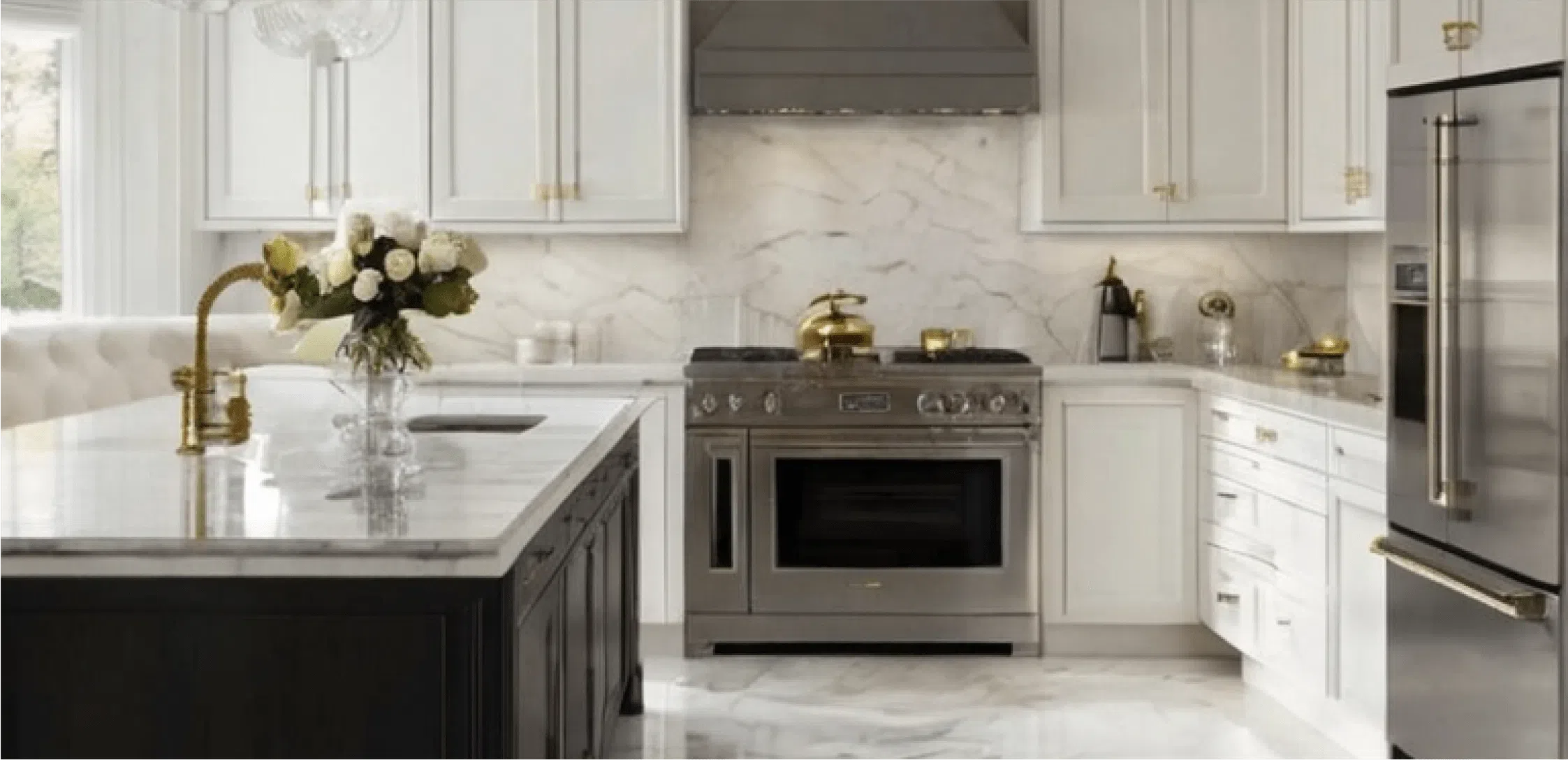 Corner Shelf
Corner Shelf Clearance
Clearance





Leave a comment